📚 My Published Books on Amazon
I have written and illustrated seven published books, all available on Amazon. Three were created for specific children as meaningful gifts, while the other four are deeply personal projects exploring themes of faith, nature, identity, war, and creativity.
Below is an overview of my four personal books, along with summaries, sample pages, and Amazon links.
1. I Wish You Uncertainty
My first publication began as a single poem and grew into a book of reflection and encouragement. I Wish You Uncertainty is a poetic message celebrating the power of letting go of expectations and rewriting your own definition of success. It’s a book about embracing the unknown and finding beauty in the journey.
🖌️ All illustrations and design are done by me.
📖 See below for a few of my favorite pages and a link to the book on Amazon.
2. Chasing the Pink Sun
This book is a collection of ten original poems that explore the idea that nature, God’s untainted creation, is one of the truest sources of wisdom. These poems are meditations on rest, truth, and divine presence in the natural world.
Included poems:
- Chasing the Pink Sun
- Productivity
- You Don’t Have to Hate
- A Spotless, White Dress Amidst a Stained World
- I Wish You Uncertainty
- Restlessness
- A Wildflower
- You Can Live in the Dark
- Knocking at Your Door
- Self-Love
🖌️ All illustrations and design are done by me.
📖 See below for a few of my favorite pages and a link to the book on Amazon.
3. Wildflower
This standalone book was inspired by my grandmother’s response to my previous collection. After reading Chasing the Pink Sun, she wrote to tell me her favorite poem was A Wildflower. I decided to expand and illustrate it as its own book. It’s a quiet celebration of resilience, individuality, and inner beauty.
🖌️ All illustrations and design are done by me.
📖 See below for a few of my favorite pages and a link to the book on Amazon.
4. The Picture in His Wallet
My most ambitious and emotionally significant project, The Picture in His Wallet is a tribute to my great-grandmother Deola, who left behind memoirs of her experience during World War II. I carefully transcribed her words, dividing her reflections into thematic sections. For each section, I wrote original poems, sixteen in total, that responded to her memories while expanding into broader commentary on universal themes and historical context.
Blending historical memory with lyrical verse, the collection offers a glimpse into the unseen battles fought far from the front lines. I wanted this project to honor not just my great-grandmother, but the countless women whose quiet strength helped shape history.
Some excerpts from my poems:
- “When war calls, a girl must zip up her white dress, and ride home in silence. War does not wait.”
- “Fathers who cradle their dead sons cradle the face of God. Sisters who tend to their ailing brothers tend to the wounds of God.”
- “I count the war headlines like rosary beads, each one a prayer that your time away won't grow longer. And in a way, waiting becomes its own kind of war.”
The book’s title, The Picture in His Wallet, reflects how women like Deola became emotional anchors, symbols of home and hope, for those fighting abroad.
“Shall I remain the apple of your eye, the picture in your wallet, the rose that wakes you, and pulls you home?”
It also explores Deola’s imagined inner world:
“To follow the hush that calls me down a dirt road that remembers my name... to chase a pink sun stretched like memory across the sky.”
Even in peace, the scars of war remain:
“It’s hard to utter homesick when others are just plain sick. But I’m sick for stillness.”
The narrative touches on major WWII events such as the Battle of the Bulge:
“Even winter held its breath.”
It also examines how language became a weapon in itself:
“Language, once the vessel of thought, now the artillery of their souls.”
🖌️ All illustrations and design are done by me.
📖 See below for a few of my favorite pages and a link to the book on Amazon.
💌 Manning Family Children’s Hospital and Raintree Children & Family Services Involvement
Personalized Storybooks
I’ve learned that imagination can be a form of service.
Traditional forms of giving, like volunteering, fundraising, and charity drives, are deeply important. But I’ve always been drawn to the quieter, more unexpected ways of reaching people. I believe service can be creative. And some of the most creative people I know are children. That’s why I’ve found myself especially inspired to support two organizations in New Orleans that care for children’s health and safety: Raintree Children & Family Services and the Manning Family Children’s Hospital.
One of the projects closest to my heart is the storybooks I create for children going through difficult journeys. To reach families, I’ve had flyers posted at the Ronald McDonald House and have dropped materials off at Raintree.
The children I write and illustrate for don’t need to be patients at Manning or residents of Raintree, I’m honored to create and mail stories to any child in need of imagination, completely free of charge. Each book is published on Amazon, with the proceeds donated to the Manning Family Children’s Hospital.
Although the project is currently small, my dream is for it to grow.
To read samples from my personalized storybooks, check out the “Published Books for Less Fortunate Children” page of this site. Below is a flyer that I have up at Raintree.
Imagination Journals
Another piece of this mission is The Imagination Journal: Creative Adventures Anywhere. I first created the journal as a way to brighten long days in hospital rooms.
Traditional forms of giving, like volunteering, fundraising, and charity drives, are deeply important. But I’ve always been drawn to the quieter, more unexpected ways of reaching people. I believe service can be creative. And some of the most creative people I know are children. That’s why I’ve found myself especially inspired to support two organizations in New Orleans that care for children’s health and safety: Raintree Children & Family Services and the Manning Family Children’s Hospital.
What makes this project so meaningful to me is that it combines creativity with service. Each page is hand-illustrated and designed with young readers in mind. I’ve already had the opportunity to donate 20 copies and coloring supplies to the hospital.
Like the storybooks, the journal is a reminder that imagination is powerful. It can bring light into places that feel heavy and give children a sense of freedom when their circumstances feel confining.
Imagination Journal Donations
Anonymous Acts of Kindness
Another way I try to spread light is by leaving handmade cards on windshields in hospital parking lots. It might sound small, but I believe a simple act of kindness at the right moment can make someone feel seen. This summer, my friends and I made cheerful cards and paired them with flowers from a summer bouquet, leaving them on cars in the patient lot. Now we’re planning seasonal versions: sunflowers in fall, candy canes in winter, chocolate eggs in spring.
To read more about my interest in card making as a way to start a kindness ripple, check out the “Spread the Love Project” page of this site. Below are a few images of the cards we left on patient cars at Manning’s.
Books, Board Games, and Playing Cards
As a child, I never had to wonder if I’d have something fun to do when I got home. I was surrounded by games, toys, and entertainment. So I thought, how easy would it be to ask the girls at my school to donate what they no longer use? With the help of my school friends, I gathered gently used books, board games, and playing cards. And just like that, a simple idea became a box full of new games for children at Raintree Children & Family Services.
To read more about the inspiration for this game drive, check out the “Spanish Club” page of this site. Below is a picture of what we donated to Raintree.
Future Ambitions
I hope to continue expanding these creative efforts and deepen my involvement with both Raintree and the Manning Family Children’s Hospital. See below for some ideas I have for the future.
🌈 Creative Project Ideas
📚 Bilingual Book Drive
To support families at Raintree whose first language may not be English, I hope to host a book drive specifically for bilingual and Spanish-language children’s books. Every child deserves to see themselves in the stories they read.
💖 “Girls Being Girls” Kits
To celebrate girlhood, I hope to put together “Girls Being Girls” kits, complete with sparkly nail polish, fun socks, lip gloss, and handwritten notes of encouragement. Just a simple way to remind every girl that even in hard seasons, she’s still allowed to feel beautiful and loved.
🌷Published Books for Less Fortunate Children
Something I’ve always wondered is why I live without fear when it comes to my health. Why is this my reality, while others, especially children, are faced with unimaginable challenges? I don’t think I’ll ever fully understand the answer, but I know I can’t ignore the question. I believe God has blessed me with certain gifts, not to solve these questions, but to respond to them with goodness.
One of those gifts is storytelling, through writing, illustrating, and creating. And I knew I had to use that gift to give back, especially in the areas where I’ve been most blessed. That’s what led me to start writing personalized storybooks for children in hospitals. It’s a small thing I can do, but it’s something I feel deeply called to do.
Each story is custom-made for a child, placing them at the center of their own magical world. I include their favorite things and weave a comforting, imaginative story around their unique circumstances. But I never try to remove them from the reality of their situation. If a child uses a wheelchair, they use a wheelchair in the story, because I don’t want to imply that, in a magical world, something about them would be erased. Instead, I try to show that their real life, even with its challenges, can be beautiful, magical, and worth celebrating.
For example, if a child can’t walk or talk, their character won’t either, but they’ll communicate and express love in creative, magical ways inspired by what they enjoy most. The goal is to help them see their own lives in a new, more imaginative light, not to escape it, but to feel empowered within it.
One mother once reached out to thank me for the book I created for her child. She also kindly suggested that my illustrations could do a better job reflecting the diversity of children in the hospital, especially children of color. She told me that most of the children in her unit were children of color, and she wished they could see themselves more clearly in the stories I tell.
That was meaningful advice, because from the beginning, this project has been about representation, comfort, and inclusion for children who may feel different because of their health. If I can also offer that same sense of belonging to children who feel different because of their race or background, I would be honored to do so. It’s all part of the same mission: to create for kids who need it most.
Below is a list of the storybooks I’ve written and illustrated for children facing medical challenges. You’ll find summaries, sample pages, and Amazon links for each book.
1. The Rainbow You Can See With Your Eyes Closed
Inspired by: A real little girl named Winnie Mae, and her twin sister, Ellie Kay.
Winnie Mae was born with cerebral palsy and a cortical visual impairment (CVI), which means she doesn’t see the world the way most little girls do, but she feels it in her own powerful, beautiful way. Through sound, touch, smell, taste, and movement, Winnie experiences joy, wonder, and love just as deeply, if not more deeply, than those who see the world with their eyes.
Her twin sister, Ellie, passed away, but her presence remains deeply felt. In this story, Ellie becomes Winnie’s guardian angel, gently guiding her through a magical journey where the colors of the rainbow aren’t seen, but felt. Together, they explore a world where red, orange, yellow, green, blue, purple, and pink are experienced through the body and the soul.
When I first heard Winnie Mae’s story, I couldn’t stop thinking about how different her childhood might look from mine. As a little girl, so many of the experiences that made my life colorful, ballet, Barbies, glitter makeup, playing dress-up, swinging with friends, were rooted in sight. I wondered how Winnie would grow up in a world that often assumes girlhood is something you see.
But then, I realized: that is the story. Winnie Mae’s superpower is her ability to radiate color without ever having to see it. She can feel it, sense it, and know it in ways most people never will. Her experience of color isn’t less, it’s just different. And that difference is beautiful.
In the story, Winnie doesn’t suddenly gain sight, and her challenges aren’t erased. Her real-life circumstances remain: she cannot see, she has physical impairments, and she’s lost her twin sister. But instead of changing those truths, the story reframes them. It imagines a world where her disability becomes a super ability, and her sister becomes a guiding presence who will walk with her throughout her life.
Personal touches:
- Everything in the story is drawn from what Winnie Mae loves in real life:
- She learns green by feeling the soft grass beneath her feet while swinging with her angel sister.
- She learns yellow by tasting vanilla ice cream, dancing to Veggie Tales music, and sitting under the warm sun.
- Her favorite things, ice cream, Corgi puppies, her stroller, swing set, and Veggie Tales, are lovingly illustrated throughout.
This book is a tribute to the incredible ways children with disabilities experience the world, and to the powerful, unbreakable bond between sisters, even when one lives in heaven. It’s about learning to find color in unexpected places, and seeing beauty through the heart instead of the eyes.
🎨 All illustrations and design by me.
2. Parker and the World Outside His Window
Inspired by: A real little boy named Parker, born 11 weeks early.
By just six months old, Parker had already undergone three open-heart surgeries. He is a strong, adventurous boy, but due to his medical challenges, he spends much of his time inside a hospital room, often watching the world through the glass of his window instead of being in it. The outdoors, for now, is something he dreams of more than he gets to touch.
So in this story, I wanted to keep Parker’s world exactly as it. Every night, his favorite TV and book characters, Elmo, Happy Feet, The Lion King, come to life. They don’t take him away from his reality; they enter it.
This story honors Parker’s spirit and the resilience of all children facing medical challenges. It is for every child who has spent more time in hospital rooms than on playgrounds, and for the families who love them fiercely.
Personal touches:
- The story turns his room into a place of adventure and magic, not limitation.
- His favorite characters are featured throughout.
🎨 All illustrations and design by me.
3. Chef Harley's Golden Kitchen
Inspired by: Harley, a joyful four-year-old girl.
Harley can’t walk or speak, but that doesn’t stop her from zooming through life with determination, love, and light. Just like Winnie Mae’s blindness became a superpower in her book, Harley’s inability to speak or walk becomes her own extraordinary strength, a new way of communicating beauty, emotion, and love without ever needing words.
In real life, Harley loves her pretend kitchen. So in this story, that kitchen becomes magical, her apron turns gold, her recipes sparkle, and her dishes do more than fill stomachs… they heal hearts.
Harley doesn’t express herself through talking or walking, she expresses herself through cooking. Each meal she makes becomes a language of its own:
- Banana bread that gives kids the bravery to take their first steps
- Cupcakes that help tired hands feel strong again
- Stew that melts away cloudy sadness and replaces it with sunshine
Harley’s magic food never tries to do "fix" her inability to speak or "heal" herself out of a wheelchair. Because in this story, these parts of Harley's life are not something to be changed. They are her own special tools. Because of her unique ability set, she has a unique way to connect with others. She doesn't need to walk or talk to make a difference, she already does, in every dish she creates.
Personal touches:
- This book doesn’t doesn’t try to fit someone else’s definition of ability. Instead, it reframes her real life in a new, magical light.
- It reminds Harley that she has a gift many people never develop: the ability to move people’s hearts without saying a word.
- Harley's real life play kitchen is featured.
- Harley's favorite color is yellow, so I gave every page a yellow pop and her apron a golden glow.
Chef Harley is a symbol of how children with disabilities make their mark on the world, not in spite of their differences, but because of them.
🎨 All illustrations and design are done by me.
The Imagination Journal: Creative Adventures Anywhere
Originally created to brighten long days in hospital rooms, The Imagination Journal is designed to be a companion for kids wherever they need a little escape, on road trips, at home, or even in waiting rooms.
Inside, children will find hand-drawn coloring pages, creative writing prompts, and puzzles and games such as mazes, word searches, code-breaking, connect-the-dots, and spot-the-difference. The journal is especially perfect for early readers ages 5–8.
All proceeds are donated to Manning Family Children’s Hospital. I personally donated 20 copies along with coloring supplies to the hospital.
🎨 All illustrations and design are done by me.
🌼 Book Illustration
As silly as it may sound, I only started illustrating out of necessity. When I was working on my first book, I couldn’t find an illustrator, though I certainly tried. I reached out to different artists, hoping someone would support my ambition to become a published author. It all felt far-fetched at the time. Eventually, I threw in the towel… and picked up a pencil.
I remember sketching the first few illustrations thinking, “There’s no way this is going anywhere.” But something shifted when I began uploading my drawings to my computer and placing them into the manuscript. I fell in love with the process of drawing by hand, digitizing my sketches, and then shaping them to fit the story visually. I started experimenting with colors and design, learning both physical and digital design techniques simply by doing.
By the time I finished my first book, I had created something that, though simple and admittedly beginner, made me proud. It felt personal, and I realized that when I illustrate my own work, I’m able to express exactly what I envision and stay deeply connected to the project.
Writing, drawing, and designing books turned out to be an intersection of my creative, literary, and technological interests. That’s what inspired me to create more.
To read more about my personal book projects, check out the “Personal Published Books" page. To explore the storybooks I’ve created as gifts for children in need, visit the “Published Books for Less Fortunate Children” page.
Below, you’ll find some of my sketches.
🐝 Poetry Awards
In my published books alone, I’ve written and shared 26 original poems. For more about those collections, visit the “Personal Published Books” page on this site.
Beyond publishing on Amazon, I occasionally submit my work to national writing competitions I come across online.
Scholastic Art & Writing Awards
One of the most meaningful experiences has been participating in the Scholastic Art & Writing Awards, the nation’s longest-running and most prestigious recognition program for creative teens. Since its founding in 1923, Scholastic has recognized the early work of icons like Sylvia Plath, Stephen King, Amanda Gorman, Andy Warhol, Joyce Carol Oates, and John Updike.
In 2025, I received four awards from Scholastic. Three of my poems, “You Can Live in the Dark,” “A Wildflower,” and “You Don’t Have to Hate”, were honored regionally. “You Can Live in the Dark” advanced to the national level, earning a Silver Medal distinction.
Out of nearly 100,000 teens submitting over 310,000 original works of art and writing, my piece was selected by top leaders in the literary and visual arts for excellence in originality, skill, and the emergence of a personal voice. My work was published in Scholastic’s online gallery and listed in the 2025 Scholastic Yearbook, a companion to the annual anthology of national medalists.
Click the link to view my featured work on the Scholastic website.
Historic New Orleans Collection Recognition
In 2024, I was also honored by The Historic New Orleans Collection (HNOC) as a first-place high school winner in their National Student Writing Contest. The prompt, themed “Tell Us Who They Are,” asked students to write from the imagined perspective of unidentified figures in historical portraits.
My poem was inspired by “Girl with Straw Hat”, ca. 1868 by François Bernard. It was displayed alongside the painting in the “Unknown Sitters” exhibition at HNOC. This exhibit focused on portraits of individuals whose identities had been lost or erased from the historical record, often due to social, economic, or racial biases in archival documentation.
When I encountered Girl with Straw Hat, I observed that the sitter was posed in a white dress, holding a straw hat adorned with flowers, elegant, preserved, and unnamed. Her eyes, however, betrayed the composure expected of a well-kept European girl of the 1800s. There was a restlessness in her gaze, almost a plea. It felt as though she was asking me to give her voice. So I did.
I wrote from her perspective, imagining the weight she bore in silence, the inequalities around her she couldn't name, and the longing to resist what history had asked her to be. My words were placed beside her portrait, two girls in conversation, one in oil, the other in ink.
Click the link to view my featured work on the HNOC Youtube Channel.
Read my poems recognized by Scholastic below
“You Can Live in the Dark” (Silver National Medal)
Of the 385,000 children born each day,
All of them will cry,
All of them will kick their feet
And cling instinctively to sustenance.
As they grow,
Strong enough to roll, to sit,
To crawl upon their knees,
Each will open wide, curious eyes
To a world alive with motion.
But only half will cradle dolls,
Rocking them to sleep each night,
While the other half will don capes,
And climb upon their fathers' backs,
Declaring themselves heroes of the sky.
And this division will cast
Half the world's innocence
Into the dark.
Being cast in the dark,
You will feel a need to rise as a warrior,
And with that need, you will learn to fight
and forget to love.
And once you feel fit,
Once you feel you’ve clawed out of the shadows,
You will look around and realize,
You’re not a conqueror of the dark,
But an alien to the light.
Yet rebellion is possible.
You might grasp for the sun itself,
Hoping to cast light in your dark corners.
You might write of motherhood’s beauty,
Of love’s necessity.
But once you’ve lost your voice
From screaming at those that cast you into your corner,
From trying to show them the inherent strength
That walks hand-in hand with a mother’s love,
You will look around and see that no one was ever listening.
So, instead, just surrender.
Surrender to the dark,
And your sentence to it.
While the light drops bombs overseas,
Feed the starving, visit the sick.
Turn to the poor, kiss their babies, and brush their hair.
Do it even when the light scoffs at you,
Do it even when they laugh.
While politicians utter hideous words,
Marvel at a burning sunset,
Or find serenity in nature’s rain.
Do it even when they say it's pointless,
Do it even when they point at you.
And as you sit in the dark,
Singing softly to your child,
Baby elephants across the savannah
Will hold their mothers' trunks
For the same comfort.
While you skip to your favorite songs,
Honeybees will perform a similar dance
To share the secrets of flowers.
And as you plant tender blossoms
And towering trees,
Squirrels will sow forests
With their forgotten seeds.
“You Don’t Have to Hate” (Gold Regional Key)
I hate the fading of the moon,
when the cry of my alarm clock
shatters the quiet of my room.
I hate to sit still,
and feel my hateful heartbeat.
I hate to fight heavy eyes,
trying to convince me to sleep.
Even more, I hate the urge to look closely,
at the whispering trees,
at the growing flowers,
and at my big family.
Because the urge scolds me for choosing agony,
while the world was bleeding itself dry,
returning such soft love to me.
I hate that with my hateful heartbeat,
heavy eyes, and spiteful gaze,
I secretly know that from grin to grin,
from day to day, people are not born to hate.
I hate that while I spend my morning in strife,
I choose to be ignorant of dawn’s promised life.
I don’t see that God has just finished painting the start of the day,
mostly with pink strokes,
occasionally with a silver, rainy gray.
I hate to hate when winter is beginning to show.
Hares undergo a seasonal color change,
and their fur starts to mimic the snow.
Cold noses turn light pink,
and from frosty home windows,
bright lights start to blink.
I hate to hate a world where sea otters hold hands as they sleep
to keep from drifting apart in the water.
A world where people share the same affection,
and the grasp of a hand is consistent from human to otter.
From dust, I rose,
with a beating heart, two eyes, and ten toes.
And from dust rivers are winding through the land,
along with animal tracks printed on the snow and the sand.
From dust came the smallest of pebbles at my feet,
the highest of clouds that I can see,
the carpet of moss on the forest floor,
laughing babies, playing children, gentle animals,
and everything more.
“A Wildflower” (Silver Regional Key)
I am a wildflower,
with petals untamed,
each one uneven,
no two the same.
My flimsy stem wavers,
my soil is damp,
I was never a daisy,
pure and stamped.
I was never a sunflower,
foreshadowing summer’s heat.
She grew savory seeds of promise,
While mine were much too sweet.
And with the bend in my stem and awkward pose,
when it comes to cupid’s favorite flower,
I never lived up to the romance of a rose.
Not a daisy, nor a rose,
never a sunflower,
almost a marigold.
Wanders often pass me by,
their laughter light, their baskets high.
They pick the blooms of ordered grace,
and leave me rooted in my place.
Yet amidst the crowd, a quiet sound,
a child with golden hair knelt down.
She paused where others only glanced,
and with gentle eyes, gave me a chance.
“Today I’m picking just one flower,
not two, not three, just this hour.
And you’ve got a bend in your stem so true,
it lifts your petals to greet the blue.”
“Even more, your edges glow white,
fading gently into the sky-blue light.
You’re so unique, so striking to view,
the others didn’t dare to pick you.”
Read my poem recognized by the HNOC below
"A Spotless White Dress amidst a Stained World” (1st Place – HNOC National Student Contest)
In my white dress, sewn with lace,
My portrait is painted, I stand up straight.
Outside these walls, away from my spotless dress,
Souls are sold in chains and worked without rest.
Away from my blooming flowers and subtle smile,
Mothers kiss their babies, afraid they won’t see them for a while.
People are torn from their homes and loaded on ships,
But I just sit in silence, as my portrait is equipped.
Half of my nation cries out for justice and human dignity,
While the others worry about the income of their family.
Their voices echo, and change is brewing
But I just sit right here, foolishly smiling.
Men roam free, in pursuit of dreams,
But I am bound by societal means.
My mother, grandmother, and great-grandmother begged for a voice,
But I sit here, in my white dress, not making any noise.
My brother learns to read, write, hope, and love,
While my sister and I, zipping up our white dresses, allow our dreams to be shoved.
I wonder of daughters, yet to come,
Will they inherit this world undone?
I wonder about families that were torn apart,
Will they finally see freedom and a world with heart?
Explore my Scholastic certificates and spot in the “Unknown Sitters” exhibition at HNOC below
🩵 Carrying Rosie’s Legacy
In March, I had the opportunity to participate in a service project at the National World War II Museum, where I was paired with a real-life “Rosie the Riveter” , one of the many women who stepped into defense industry roles during World War II. I was matched with Lucretia Jane Tucker, or simply “Jane.”
Hearing her story firsthand was unforgettable. Jane spoke with warmth, grit, and pride , not just about her work, but about what it meant to stand tall in a world that wasn’t welcoming. At the end of our visit, she gave me a signed information card with her photo and story on it and told me, “Save it for your grandchildren.” I’ve since framed the card and hung it in my room to keep it safe.
See image of the card below.
Signed Information Card from Jane
Afterward, I wrote Jane a long thank-you letter, sharing how much her story moved me. To my surprise, a few weeks later, she wrote me back , a handwritten letter filled with encouragement. She told me:
“One day you will be a great writer. If I had a place to publish your letter, I would do it to inspire other young girls. One thing is certain: I will continue to share the Rosie stories.”
She even included a photo of us, a prayer card, and her phone number , so I texted her immediately. We've kept in touch ever since.
See the cards we exchanged below.
Exchanging Cards with Jane
Inspired by Jane’s words, I began a creative writing project titled The Picture in His Wallet, a tribute to my great-grandmother Deola, who also lived through World War II and left behind written reflections. Jane’s encouragement was my main drive, so I dedicated the project to both my great-grandmother and “my Rosie.” You can learn more about the project on the “Personal Published Books” page of this site.
See image below of the dedication page.
Dedicating My Work to Jane
After my project was published, I mailed Jane a copy along with a handwritten note. She texted me when it arrived. A few weeks later, she mailed me a novel titled Becoming Jestina by Merrill Davies , a historical fiction story based on her own life. The gesture meant so much to me.
View image of the book below.
Most recently, I wrote a reflection about my time with Jane for a school project. When I sent it to her, she asked me to share it with Merrill Davies herself , even giving me the author’s personal phone number.
What began as a one-day service project became something far more meaningful: a friendship across generations, a source of creative inspiration, and a lasting reminder of what it means to live with purpose. Jane has given me new perspective, new motivation, and a sense of responsibility , not just to remember the past, but to carry it forward.
Read Jane's Story
Jane was born in 1927 in the small Alabama town of Lineville. Her early years were defined by the Great Depression and the challenges of being a young girl in a single-parent household. Her mother, Iris, was a divorced woman in an era when that was unheard of, working as a switchboard operator to make ends meet. Jane and her older sister, Betty, knew what it meant to go without.
"I grew up in the depression. I remember it clearly," she says. "My mother and father were divorced when I was two. So we went back to my hometown, back to Linville to live. It had a population of about a thousand people. We were like everyone else. My mother worked. She was to play the piano at a silent movie. Then, she had a job as a what we called a switchboard operator. She worked for the telephone company. She made about $25 a month. And so we struggled, of course, for financial reasons. But I did not know that as a child."
This childhood hardship planted a seed of fierce independence in Jane. She vowed that one day, she would never have to ask anyone for anything again. Her mother's quiet dignity and determination in the face of financial and social struggles were a constant example. Iris would make partial payments on their grocery and clothing bills, promising to pay them off completely someday. When an opportunity arose, she made good on her promise, a testament to her character in a time when such integrity was valued.
"She told them, 'I'm going to leave and go get a job in a war in a defense plant, and I will pay you what I owe you.'... One of the men, the man who owned the clothing store, said, 'Miss Iris, you don't need to pay me anything else. Just forget that, because you've paid me enough.' But she did. She paid him. So that was part of the way that I grew up."
The chance for a new life came in 1943, courtesy of a cousin in Savannah, Georgia. Word spread that defense plants were hiring, and women could earn a great living. For Jane, who was just 16 and bored with the slow pace of Lineville, it was an adventure. For her mother, it was an escape from poverty and judgment. The three women , Iris, Betty, and Jane , packed their bags and boarded a train for Savannah. The 16-hour journey was a powerful sign of the times. The train was a "wall of khaki," packed with young soldiers heading off to war, and the women had to sit on their suitcases until some men offered them their seats.
Jane, who was earning a measly dollar a day at the local five-and-dime store, couldn't believe her ears when she was told her starting wage as a trainee welder would be $1.20 an hour. "Wow, I thought I would have lots of money," she recalled. The money was a powerful motivator, but for Jane, it was also about the newfound freedom and a chance to do something important.
"My mother was motivated, I think of the courage that she had to go to a city, and she didn't know what she was getting into. I'm sure she didn't know we were going to be surrounded by armed forces, Air Force, Navy, and Fort Craven Army. It took a lot of courage for her to do that. But that was her determination too. And she paid everything that she owed."
In Savannah, the Tucker women joined the workforce at Southeastern Shipbuilding Corp., learning to weld the vertical steel walls of "Liberty Ships," the 441-foot cargo vessels that were the workhorses of the war effort. The work was hard, demanding, and often dangerous. It meant wearing heavy boots, thick pants, long-sleeve shirts, and gloves in the sweltering Savannah heat. But the sense of purpose and the steady income were empowering.
The money was life-changing. Not only could Jane contribute to her family, but she could also buy things for herself, like a pretty dress. "It was a great feeling of independence. I no longer had to ask anybody for money," she says. This financial freedom led to a small but significant act of rebellion for Jane and her fellow "Rosies" , smoking cigarettes.
"I started smoking, which was not a good thing. But women did that. Until then, this is a piece of history. Ladies would not smoke in public... we said, 'Well, you know, we are doing men's work. We can smoke if we want to where we want to.'"
This shift in social norms was met with skepticism from some. The local people in Savannah often looked down on the women who worked in the shipyards, and some men in the factories weren't thrilled to have them there. "They did not want women to work... They said, we don't want women to work because women are too emotional. They're not strong enough physically. They will be a distraction to the men, and they'll be sick all the time."
The Rosies of Savannah formed their own close-knit community. Many of them were from small towns just like Jane, and they banded together, working and socializing with each other. Their social life revolved around USO dances and entertaining the troops, something Jane considered a "patriotic duty."
"We felt it to be our patriotic duty to entertain those troops," she says, adding with a smile that the soldiers were "gentlemen."
Living in the workers' duplexes, Jane experienced a level of comfort she'd never known before. The new homes had running water and bathtubs, a far cry from the outdoor well and outhouse she'd grown up with. It was a stark reminder of how far she had come.
When the war ended, so did most of the Rosies' factory jobs. The returning soldiers needed work, and the women were expected to return to their traditional roles. "When the war was over, the women got pushed aside; that's how it was," Jane reflects. "Women had to give up their jobs and go home to small jobs. But we never forgot the sense of being able to be free and do what we wanted."
Jane went back to Alabama to finish high school, but her brief time in Savannah had changed her forever. It had expanded her worldview and shown her that she could be more than just a small-town girl. She moved to Chicago to study dental hygiene and went on to have a career as a dental assistant. She never married, choosing instead to live a life of independence and purpose.
Decades later, with the 50th anniversary of WWII, Jane and her fellow Rosies began to reconnect and share their stories. "You were busy living your life, you didn’t talk about these things," she said. Jane is now one of a dwindling number of Rosies, and she's made it her mission to ensure their contributions are never forgotten. She speaks to schools and aviation groups, sharing her story with a new generation.
"We just don’t want people to forget what we did."
🐞 Spread the Love Project
“A single act of kindness throws out roots in all directions, and the roots spring up and make new trees.” – Amelia Earhart
I’ve always believed that kindness creates a ripple effect, which is what led me to start the “Spread the Love Project:” a simple, low-pressure way for people, starting with my friends and classmates, to come together and do something kind.
Every few months, I host a card-making event. I purchase themed craft supplies, snacks, and decorations, and open the invite to my class and anyone else who wants to come. It’s casual, creative, and easy. One of the most rewarding parts is seeing who shows up. Friends bring their friends, and sometimes people from other schools join too. It’s a small but genuine way to build community.
After each event, I gather the handmade cards and deliver them to people in our community who might need a little extra love. Sometimes that means residents at a nearby nursing home; other times, it’s children and families at the hospital.
Spring Event
Our first session was spring-themed: pastel paper, bunny-shaped cards, and soft colors. I dropped the stack of cards off at a nearby nursing home. Check out images below!
Summer Event
Later that summer, I held another session to make sunny, summery cards. After everyone had made a fair amount, I picked up a bouquet of flowers, and a couple of us went to the Children’s Hospital parking lot. We left cards and flowers on random windshields. It was anonymous, simple, and ended up being one of my favorite things we’ve done. Check out images below!
If you want to read more about my passion and hope to serve the Children’s Hospital, check out the “Children’s Hospital and Raintree Involvement” page on this site.
Instagram Account
I also run a small Instagram account to post updates and announce future card-making sessions. One of my favorite moments was when a friend from Mississippi found the account and reached out. She wanted to host something similar with her own group, and she did. That moment summed up exactly why I started this project in the first place. It’s not just about the cards. It’s about showing people how easy it is to be kind and letting that kindness take on a life of its own.
Check out images from the Mississippi event below.
The Future of Spread the Love
Looking ahead, I want to keep doing what feels most meaningful. The hospital parking lot idea was a favorite, so I’ve been thinking about doing seasonal versions: autumn cards with sunflowers, winter cards with candy canes, spring cards with chocolate eggs or small treats. I don’t know exactly where this is headed, but maybe that’s the point. It’s not about perfection or big plans, it’s just about showing up, being kind, and letting it spread.
👠 Final Project for Tulane Creative Coding for the Web
Going into my creative coding class at Tulane, I already had a clear goal: I wanted to learn how to code a fashion dress-up game for younger girls. I had a sketchpad full of fashion drawings and saw an opportunity to bring them to life while blending in my other interests.
I felt confident going into the project because I’ve coded games geared toward young girls before. I’m passionate about creating something fun and engaging that they’ll genuinely enjoy, while also sneakily immersing them in computer science and showing them what they’re capable of. (To check out my presentation for younger students, visit the “Women in STEM Presentation for Elementary Girls” page. For more games I’ve created with the goal of sparking their interest in coding, see the “Games Coded in JavaScript” page.)
My idea was to have a Barbie doll in the center of the screen, with a digital closet of clothes to the side. Users could click on different outfits to dress up the doll. But when I showed my early design to my professor, I was surprised by his reaction. I thought it looked great, but he seemed underwhelmed, not because of the technical work, but because he saw something deeper that I hadn’t considered. He encouraged me to transform the game into a piece of social commentary.
I took a new look at what I had built so far: a faceless, idealized Barbie body at the center of a bright, sparkly pink screen. The doll had no identity beyond her perfect figure and closet full of clothes. I realized he was right. I had the tools, and the perspective, to turn this into something much more meaningful. That’s when the project took on a new life.
The Concept: A Game You Can’t Win
The final version of my game starts by asking the user to “Accept the Feminine Challenge.” If the user clicks “No,” the game won’t let them continue until they press “Yes.” It’s a small but intentional detail, a way of showing how girls can try to rebel against societal expectations, but can’t escape the judgment that comes with them.
After that, a screen of “rules” floods in, with lines bouncing across the screen too fast to read. These rules contradict each other, and there's no way to follow them all. Some examples:
- 💖 Wear makeup, but look natural.
- 👗 Be thin, but eat whatever.
- 🎀 Speak up, but don’t be loud.
- 👠 Lead, but never boss.
- 💅 Work hard, but make it look easy.
- ✨ Show skin, but stay classy.
- 👛 Be unique, but fit in.
- 🛍️ Be smart, but never too opinionated.
- 🪞 Be ambitious, but not threatening.
- 👚 Have boundaries, but never say no.
- 💎 Have fun, but don’t party too much.
The rules page is intentionally eerie, just black and white, creating a stark contrast before the pink, sparkly dress-up screen appears.
After the rules screen, the pink dress-up page appears. It’s sparkly and eye-catching, but at the center is a Barbie doll that’s only a sketched body. Her outline is visible, but there are no eyes to look into, no features to suggest who she is. She’s surrounded by floating logos and glittery graphics, yet she has no identity beyond clothes and pink. It’s a commentary on how girls have often been seen: beautiful, decorative, and stripped of individuality.
Users are randomly assigned a dress-up occasion, like:
- 🌷 Garden Party
- 🪩 Beach Vacation
- 👸 Royal Ball
- 🎠 Lunch Date with Friends
They choose outfits piece by piece, top and bottom or a dress, shoes, hair, and each choice results in the loss of a life. Every time the user selects something, a dark screen quickly flashes with the words “minus one life.” Then they return to the pink world of glitter.
The user starts to realize that no matter what they choose, they’ll be judged. One top might be “too modest,” while the next is “too revealing.” One outfit is “too boring,” another “trying too hard.” Eventually, the user loses all their lives, and the game ends. There’s no way to win, because that’s the point: girls grow up trying to navigate rules that are constantly shifting and often impossible.
Designing for Impact (and Fun)
Despite the heavy message, the game is genuinely fun to play. I still love designing outfits and sometimes return to the game just to style my faceless Barbie, ignoring the rules, breaking all of them, and doing it just for me. It’s a creative, interactive way to reflect on societal expectations and how they affect girls in both subtle and obvious ways.
The most fun part of making this game was designing the clothes. I used markers to draw each outfit by hand on paper. To make sure they aligned perfectly on the Barbie figure in the game, I printed the same blank doll outline over and over and designed each item on top of it. Then I scanned the drawings, digitized them, and coded them into the game, carefully cropping each one so it fit seamlessly.
View a few images of my design process!
View Images of the Game and Code
🎀 View images of the game and code below.
🌸 Games Coded in JavaScript
When I first learned how to code, I started with simple JavaScript sketches. They were long, repetitive, and admittedly beginner, but they were also the foundation of what would become an interest in computer science.
Now, some of my proudest projects are my websites and social commentary games. You can learn more about them on the “Coding This Website!” and “The Women Before Us Coding Website Project” pages of this site, as well as the “Final Project for Tulane Creative Coding for the Web” page, where I feature my historical fashion game. Still, I love to showcase the simpler games I created early on, because even in their basic form, they were created out of a desire to express my interests.
Each game was the product of real research and curiosity. For example, I created a Women in STEM game that highlights the lives of groundbreaking scientists; I built a Catholic Miracles Around the World game to explore global devotions and miraculous events, aiming to inspire prayer and reflection for Christians through inclusive storytelling; And my History of the Barbie Doll game gave me the chance to study evolving beauty standards and their cultural impact. My early games may be simple, but they reflect deep thought and personal investment. I continue to showcase them and may even re-code them one day.
Tic-Tac-Toe
The very first game I ever coded and felt proud of was my final project for AP Computer Science Principles: a tic-tac-toe game. What began as an effort to check off the basic course requirements quickly grew into something I actually cared about. After meeting the rubric standards, I dove into making the computer logic more sophisticated, allowing the game to challenge the player by responding intelligently to their moves. Then, I was interested in designing pastel visuals, coding pop-up messages, and making the game replayable with the click of a button.
View images of the game and code below.
Women in STEM
My favorite of my early coding projects is a Women in STEM game, so much so that it eventually inspired a full Women in STEM initiative.
I designed the game to give girls a fun and interactive way to learn about groundbreaking women in science, technology, engineering, and math. After completing the game, I planned a presentation for a group of elementary school girls where I spoke about the history of women in STEM. At the end of the session, they got to play the game I had created, coded entirely by me, a fellow girl just a few years older than them. You can read more about this presentation on the “Women in STEM Presentation for Elementary Girls” page on this site.
How the Game Works:
The game begins by prompting users to choose a category: female scientists, doctors, or astronauts. Once they make a selection, the screen fills with photos of women in that field. Clicking on any image brings up a short, informative bio about that woman’s contributions to her discipline, followed by a round of Three Lies and a Truth.
This part of the game is what makes it really engaging. Each set includes one real fact and three completely made-up, often funny statements designed to catch the player off guard. For example:
- 🧪 "Valentina Tereshkova had a black belt in karate."
- 🔬 "Valentina Tereshkova was afraid of spiders."
- 🧬 "Valentina Tereshkova was allergic to peanuts."
- 🔭 "She was the first woman to travel into space."
Another example features astronaut Eileen Collins:
- 🚀 "She used to be a stand-up comedian."
- 💡 "She does origami in space."
- 🌌 "She completed a Rubik’s Cube in orbit."
- 🛰️ "She was the first woman to command a U.S. spacecraft."
This format helps make the learning process fun. The randomness draws players in, while the truth sticks. When I shared this with the fourth-grade girls, it was especially exciting because they had recently completed their own Women in STEM research project at school. Many of them saw “their” woman on the screen and couldn’t wait to raise their hands and tell everyone which of the 4 statements was the truth.
Research Behind the Game:
I ended up researching and writing blurbs for 48 different women in STEM, each paired with a unique set of funny lies and one factual truth. Some examples include:
- 🧪 Sally Ride: The first American woman in space; she later championed STEM education for girls.
- 🔬 Peggy Whitson: Holds the record for the longest time spent in space by an American.
- 🧬 Valentina Tereshkova: The first woman in the world to travel to space.
- 🛰️ Liu Yang: China’s first female taikonaut, representing a new era of gender equality in space.
- 💡 Rosalind Franklin: Key contributor to the discovery of DNA’s double-helix structure.
- ⚛️ Marie Curie: First woman to win a Nobel Prize, and the only person to win in two different sciences.
- 💻 Ada Lovelace: Widely considered the world’s first computer programmer.
- 🌍 Jane Goodall: Revolutionized primatology with her work on chimpanzees.
- 🌡️ Florence Nightingale: Founder of modern nursing, known for reforming battlefield medicine.
What’s Next:
I’d love to recode this game with my current skillset, to elevate the visuals and make it more accessible to girls beyond just the ones I’ve presented to in person.
View images of the game and code below.
Miracles Around the World: A Game Inspired by Faith
“Miracles Around the World” game was made possible by repurposing the code I had originally written for my Women in STEM game. With the same foundational structure, I swapped in new images, countries, and research, transforming the experience into something entirely different, rooted in one of the most important parts of my identity: my Catholic faith.
One figure who deeply inspires me is my Confirmation saint, Blessed Carlo Acutis, the first millennial on the path to sainthood. Carlo was a young Catholic who loved computer science, just like me. He famously created a website documenting Eucharistic miracles, promoting belief in the Real Presence of Christ in the Eucharist. He inspired the idea for this game.
Building the Game
I wanted to create a simple game that could reflect global Catholic traditions and inspire prayer and curiosity, just as Carlo Acutis did. I researched Catholic miracles and devotions from around the world, not just from traditionally Christian countries, but from a diverse set of cultures and regions. I specifically made sure to include nations from Africa and Asia.
The game allows users to click on a country of their choice. When a country is selected, a text box appears describing a Catholic miracle or local devotion from that country’s history. Then, the user is asked whether they would like to read a short prayer, which I personally wrote, tailored to each specific miracle and country.
Countries Included
- 🍕 Italy
- 🌮 Mexico
- 🥖 France
- 🍷 Portugal
- 🍀 Ireland
- 🍣 Japan
- 🥥 Brazil
- 💃 Spain
- 🥭 Ecuador
- 🦓 Rwanda
- ☕ England
- 🍜 Vietnam
- 🥑 Venezuela
- 🐪 Tunisia
- 🥟 Poland
- 🕌 India
- 🍫 Belgium
- 🦒 Uganda
- 🍺 Germany
- 🧉 Argentina
- 🎶 Colombia
- 🏺 Egypt
- 🏔️ Andorra
Examples of Miracles and Devotions
- Italy: In the 8th century, a monk in Lanciano doubted the Real Presence in the Eucharist. During Mass, the consecrated host turned into flesh and the wine into blood. Scientific studies in the 1970s confirmed the flesh was human heart tissue, and the blood was type AB. The relics remain preserved in the Church of San Francesco in Lanciano.
- Mexico: In 1531, the Virgin Mary appeared to Juan Diego near Mexico City, leaving her image on his tilma. The image, preserved for nearly 500 years without decay, sparked mass conversions and remains one of the most important Marian apparitions in Catholic history.
- France: In 1858, the Virgin Mary appeared to 14-year-old Bernadette Soubirous in Lourdes. A spring of water with healing properties emerged from the grotto. Millions now travel to Lourdes each year seeking physical and spiritual healing.
- Portugal: In 1917, the Virgin Mary appeared to three shepherd children in Fátima, delivering messages of prayer and repentance. The final apparition was marked by the “Miracle of the Sun,” witnessed by tens of thousands, and solidified Fátima as a major pilgrimage site.
- Poland: The Black Madonna of Czestochowa, believed to have been painted by St. Luke, has been credited with countless miracles and holds a powerful place in Poland’s spiritual and political history.
- Vietnam: During Catholic persecution in the 18th century, Vietnamese Catholics fled to the jungle of La Vang. The Virgin Mary appeared to comfort them, leading to the creation of Vietnam’s national Marian shrine.
Examples of Prayers I Wrote
Many of the devotions in the game are Marian, which I found fitting. The Virgin Mary’s intercession is a cornerstone of Catholic belief, and writing prayers to her felt deeply meaningful. Here are a few examples:
- "Our Lady of Lourdes, we seek your intercession for healing and comfort. Just as you appeared to Bernadette, guide us towards the spring of living water that is Christ. Help us to trust in His mercy and grace. Amen." , Prayer for France
- "Our Lady of Fátima, we heed your call to repentance and prayer. May we, like the shepherd children, be devoted to your Immaculate Heart and live in accordance with your messages. Grant us peace in our hearts and in the world. Amen." , Prayer for Portugal
- "Our Lady of La Vang, you comforted the persecuted and provided for their needs. We ask for your intercession in our trials and tribulations. Help us to remain faithful and to seek refuge in your loving care. Amen." , Prayer for Vietnam
Each prayer is specific to the spiritual tradition or miracle associated with the country. Writing them helped me grow not only as a programmer but also as a person of faith.
View images of the game and code below.
Barbie Through the Decades: A Game of Fashion and Feminism
Lastly, I coded “Barbie Through the Decades”, and to my surprise, it became a favorite among the girls during my Women in STEM presentation. Despite being the simplest of the games I showcased, this one sparked the most excitement. That was rewarding because my goal was for the game to be both educational and entertaining, fun, girly, and rooted in an exploration of beauty standards and cultural change through the lens of an iconic figure: Barbie.
How It Works
The game invites users to select a decade, from the 1950s to the 2020s, by clicking on an image of a Barbie doll that represents that era. Once the decade is selected, more dolls from that time appear, and the player can click on each one to learn how Barbie evolved over the years. Every image opens a blurb that reveals how Barbie reflected (and sometimes challenged) society’s expectations for women and girls.
- 🩷 1950s Barbie
Barbie debuted in 1959, wearing a black-and-white swimsuit, bold red lipstick, and a high ponytail. She was a teenage fashion model, not a baby doll, which revolutionized the toy industry. Girls were inspired by her independence and confidence, seeing her as a glamorous and sophisticated icon.
- 💛 1960s Barbie
Barbie’s look evolved with mod fashion, go-go boots, and mini dresses. She took on new roles, career woman, socialite, explorer, reflecting the growing opportunities for women. Her character became a symbol of change and ambition.
- 🧡 1970s Barbie
The 70s introduced Malibu Barbie with a sun-kissed tan and beachwear. This was also the era of the first Black and Hispanic Barbie dolls, expanding representation. Her outfits ranged from boho chic to disco glam, aligning with the cultural vibrancy of the time.
- 💙 1980s Barbie
Big hair, bold makeup, and power careers defined this decade. Barbie became an astronaut, doctor, and CEO, proving she could be anything. Her Dream House became a symbol of freedom and aspiration for girls.
- 💚 1990s Barbie
The 90s embraced grunge, girl power, and tech. Totally Hair Barbie, with floor-length hair, became the best-selling Barbie ever. She even took on computer programming, mirroring the tech boom.
- 💜 2000s Barbie
The new millennium brought digital expansion and My Scene Barbie, plus a rivalry with Bratz. Barbie responded by launching more diverse dolls and experimenting with realistic body types. She leaned into STEM careers and online platforms, staying relevant in the digital age.
- 💗 2010s Barbie
This decade saw the rise of Barbie Fashionistas, inclusive of body types, ethnicities, and styles. Barbie ran for president, became an entrepreneur, and focused on empowerment and diversity. Her marketing began to spotlight real-world role models and values.
- 🖤 2020s Barbie
Today’s Barbie champions inclusivity, sustainability, and social awareness. New dolls include disability representation, eco-friendly designs, and collaborations with activists and creators. Barbie continues to evolve as a symbol of progress and possibility for girls everywhere.
Why It Matters
While this may have been my simplest game technically, it struck the strongest emotional chord. The girls I presented it to were excited, engaged, and, most importantly, curious about how Barbie had changed and why. That was the exact reaction I hoped for.
View images of the game and code below.
🖥️ Libb’s Games
I wanted a place where all of my computer science projects could live, somewhere easy to access whenever I need to revisit or reflect on what I’ve made. That’s why I created my Google Site, Libb’s Games, where I collect all of my creative coding projects.
It’s a low-pressure, informal corner of the internet, open to anyone curious about what I’ve been working on. I update it whenever I feel inspired to share something new.
To read more about my Google sites, check out the “Google Sites Projects” page on this site!
👛 The Women Before Us Coding Website Project
My Grandmother’s “Interview Packet”
Over the summer, I wrote and decorated an interview packet for my grandmother. I wanted her to answer questions about her life in her own handwriting, something I could keep forever and one day share with my children. I designed the packet with a 1960s theme, using color-coordinated illustrations and thoughtful prompts that reflected every stage of her life. I landed on sixty questions in total: ten about her early childhood, ten about being a young adult, twenty about womanhood, ten about aging, and ten about the major historical events she lived through.
Project
Reading my grandmother’s response, I came up my “The Women Before Us” interactive web idea, a website dedicated to encouraging girls to connect with the older women in their lives, preserve their stories, and celebrate female legacies.
This project was born from a few core passions of mine. I’ve always been drawn to capturing the stories that are often left untold. If you’d like to explore more of that interest, you can read about the book I wrote in honor of my great-grandmother on the “Personal Published Books” page of this site, or learn about my participation in a writing competition where I gave voice to an unidentified portrait, featured on the “Poetry Awards” page. You can also visit the “Connection with My Rosie the Riveter” page, where I reflect on my ongoing friendship with a real-life Rosie, a woman whose experiences during WWII continue to shape my perspective.
In addition to storytelling, my growing interest in technology was a core motivation. To read more about my process in learning to code a website, visit the “Coding This Website!” page.
The Women Before Us Interactive Web
This project began with the women closest to me: my grandmother, my neighbors, family friends, and mentors. They are women whose stories might never appear in a textbook, yet their lives carry the same meaning as the names we often see in history. I spent time researching the times they lived through so that each story would not only reflect their personal experiences but also be historically accurate. The result is a collection of life stories that weave together personal memory with the broader history of America. So far, I have pages dedicated to my grandmother Sally, great-grandmother Deola, and friend Jane.
As she grew, Sally embraced independence through college and a career as a Delta Airlines stewardess, traveling to New Orleans and Los Angeles. Later, she worked at The Historic New Orleans Collection, connecting professionally with the past she loved. Her life was defined by curiosity, care for family, and quiet resilience.
Deola came of age during the late 1930s and early 1940s in Louisiana, a time of global uncertainty. Engaged to Albert, she married quickly in 1942 before he returned to military service. She followed him to Texas, raising children amidst rationing and wartime challenges, improvising daily life with ingenuity and patience.
Jane grew up in Depression-era Alabama with her mother Iris, learning independence early. During World War II, she worked in Savannah welding Liberty Ships, performing grueling labor with determination and pride.
❤️ Including Orginal Historical Fiction Based on Louisiana Female History
When I first sent my proposal to The Historic New Orleans Collection, I wasn’t entirely sure what would come of it. To expand thewomenbeforeus.com, I had an idea that blended history with imagination. I wanted to include a section on the site that invited people to step into the shoes of fictional women from real moments in Louisiana’s past. Instead of focusing only on the well-known names, I wanted to imagine the women history books often overlook: the girls in convent courtyards, the laundresses in Irish Channel houses, the widows staring across fields.
The stories I’ve written so far, Aceline in French colonial New Orleans, Marie in the antebellum Quarter, Margaret in the hollow silence of the Civil War, are just the beginning. Each character is rooted in historical truth, yet imagined into being so that others can step inside her world. Alongside their stories, I’ve written prompts that encourage participants to create something themselves: a diary entry, a letter, a monologue, or even just a name. The point is not to write a perfect piece of literature but to pause and consider the heartbeat of an ordinary woman who might have lived in that time. It’s a reminder that history is not only dates and battles, but also small acts of love, loss, work, and resilience.
Read short summaries of each story below.
Aceline
Aceline’s story unfolds in French colonial Louisiana along the Mississippi, where the mingling scents of river water, roasted maize, smoked fish, and onions define the bustling streets of New Orleans. She is the daughter of Pierre, a trader who moves constantly along the river, bringing goods and stories from distant ports, and Maraché, her mother, a woman rooted in the traditions of the Houma people. Through her mother, Aceline learns the rhythms of drum and song, the pulse of her people, while her father introduces her to French language, manners, and Catholic rituals. She navigates a city in constant motion, markets crowded with Choctaw and French traders, rumors of Natchez raids, and the constant tension of shifting alliances among local tribes. Her life balances these two worlds: the structured, disciplined environment of the Ursuline Convent, where young French girls are educated in letters and faith, and the earthy, vibrant teachings of her Houma heritage. As she grows, Aceline must negotiate between these identities, weighing loyalty, curiosity, and the call of her own agency. She carries her mother’s herbal remedies to the convent, acts as a bridge between communities, and contemplates whether to follow her father’s footsteps upriver, remain with her mother among the Houma, or carve an entirely new path for herself in a colony defined by flux and opportunity.
Marie
Marie’s life is rooted in antebellum New Orleans, moving quietly but relentlessly through the households of wealthy Creole families. From her perspective, the city is alive with the constant clatter of the market, the scents of coffee, fried beignets, and the river, and the overlapping languages of French, Spanish, German, and Creole. She is a domestic worker, tasked with long hours of washing, folding, and carrying, yet her mind carries a different kind of labor: a memory of her brother, sold away years before, whose presence lingers like the echo of the steamboat whistle or the slap of a ball against cobblestones. The city’s sounds, horns, drums, laughter, the thump of carts, become a substitute for family, a way to hold on to him in a world where separation, slavery, and commerce erase bonds. Marie navigates these streets and households with care, balancing obedience to those above her with her secret, persistent devotion to the child she cannot rescue, her love expressed in small acts of care, protective lies, and quiet rituals.
Margaret
Margaret’s story takes place during the Civil War in Louisiana, in the shadow of the sugarcane plantations and the upriver currents that carry both rumor and devastation. Her life is tightly bound to the house her family built, a symbol of permanence and prosperity, but that security is shattered when Charles, her husband or loved one, falls at Shiloh. She experiences the isolating grief of loss, compounded by the relentless demands of plantation management, overseers, and a war that reaches into every corner of her home. The encroachment of Union forces and the liberation of enslaved people shift the social and economic landscape around her, forcing Margaret to reconcile survival with compassion. She struggles to assert authority in a system historically dominated by men while witnessing the courage and agency of those previously subjugated.
🏵️ Women in STEM Presentation for Elementary Girls
In December of 2024, I had the opportunity to give a special presentation to the fourth graders at my school titled Women in STEM. This presentation covered different branches of STEM, modern innovations I find most exciting, the historical challenges women have faced, and some of the most influential female figures in science, technology, engineering, and math. But what made the experience really powerful, for them and for me, is that I wasn’t presenting as a teacher, a parent, or an adult. I was a peer.
I wanted them to see that STEM isn’t some far-away field reserved for adults in lab coats. It’s here, now, and it’s fun. I wanted them to know that they already go to a school that supports girls in science, technology, math, and engineering. That the path is open to them, not just because of policies or programs, but because of the women who came before us and fought to make sure girls like us could pursue anything we’re passionate about.
The Presentation
The girls were especially excited to play four of my games: Tic Tac Toe, Miracles Around the World, Women in STEM, and Barbie Through the Decades. Each game offered something different, logic, faith, history, fashion, but all sparked curiosity, laughter, and lots of raised hands. When I introduced my Women in STEM game, it felt even more meaningful because the fourth graders had just completed their own classroom project on women in STEM. So when they saw familiar names pop up on the screen, women they had researched themselves, they lit up with excitement. They couldn’t wait to raise their hands and share what they knew. To read more about each game, we played, and to play each one yourself, check out the “Games Coded in Javascript” page on this site.
Beyond the games, I also introduced the girls to some of my favorite real-world STEM innovations. We talked about self-driving cars that use sensors and cameras to drive without a human. We explored how engineers use giant 3D printers to build houses after natural disasters. I showed them how scientists captured the first photo of a black hole using a global network of telescopes, and how deep-sea robots are exploring parts of the ocean humans can’t reach. They were amazed to learn that plants can be genetically modified to glow in the dark, and that Barbie was once a computer programmer, too!
To give all of this context, I shared the long and complicated history of women in STEM. For much of history, girls weren’t taught science or math because society believed those subjects were “for boys.” In the early 1900s, only 3% of science and engineering degrees were earned by women. But that didn’t stop pioneers like Ada Lovelace, who wrote the first computer algorithm in the 1840s, or Marie Curie, who won two Nobel Prizes for her work in physics and chemistry.
Everything changed during World War II, when women filled jobs in science, technology, and engineering while men were at war. They built airplanes, calculated rocket trajectories, and proved, without question, that women belonged in STEM. After the war, many were pushed out of those jobs, but the momentum had started. Decades later, laws like Title IX and the Equal Pay Act opened more doors. Still, women remain underrepresented, especially in computer science and engineering. That’s why it’s so important to keep sharing these stories.
And that’s why I wanted them to hear it from me. Not from a grown-up. Not from a textbook. From a peer. Someone close to their age. Now, it’s their turn to take that opportunity and run with it.
Playing My Coded Games with the Girls
One of the games we played was Tic Tac Toe, the first coding project I ever felt proud of. Originally created for AP Computer Science Principles, it started out as a basic assignment. But once I started adding smarter logic so the computer could actually “think,” I realized how creative coding could be.
That creative spark led to my favorite early project: the Women in STEM game. I designed it to help girls learn about groundbreaking women in a way that felt fun. When players begin, they choose a category, scientists, doctors, or astronauts, and then click on photos of women in that field. Each image opens a short biography, followed by a round of Three Lies and a Truth. The lies are silly, unexpected, and meant to throw players off, so that when they discover the truth, it really sticks. For example:
- 🧪 "Florence Nightingale was a rock climber before a scientist."
- 🔬 "Florence Nightingale practiced yoga.."
- 🧬 "Florence Nightingale's favorite fruit was an apple."
- 🔭 "Florence Nightingale was known as the founder of modern nursing." ✅
Next, I shared Miracles Around the World, a game inspired by my Catholic faith. Inspired by Blessed Carlo Acutis, I created a global map where players could click on a country to learn about Catholic miracles or devotions from that region. After reading about the miracle, users could read a short prayer I wrote myself.
For instance, Italy features the Eucharistic Miracle of Lanciano, where the host reportedly turned into real flesh. In Mexico, players learn about Our Lady of Guadalupe and her miraculous image. I made sure to include countries from all over the world, Africa, Asia, Europe, and South America, because faith is global.
Then there was Barbie Through the Decades, which surprisingly became a favorite. Players pick a decade and click on Barbies from that era to learn how the dolls reflected changing ideas about femininity, careers, and culture. From 1959’s fashion model Barbie to today’s inclusive and activist dolls, the game helped girls see how one toy evolved alongside society, and how representation matters. I wanted it to feel fun, girly, and real. And their reaction told me I got it right.
Check out images below.
🎥 Genesis 1:31 – Films Admiring the Beauty of the World
What is “Libb’s Vids?”
I've always loved editing short videos, from the time I was a little girl making silly clips to now, when I post on platforms like TikTok, YouTube, and Instagram. Even though talking about social media in a formal setting can feel juvenile, it’s been a genuine creative outlet for me.
I use a Google Site to organize all my video projects, making them feel like more than just posts on social media. It’s my way of turning something often dismissed into a portfolio of meaningful, intentional creative work.
My site, Libb’s Vids, is divided into four categories, each named after a Bible verse that inspires the work: Genesis 1:31 – Films Capturing the Beauty of the World, 1 Thessalonians 5:11 – Video Diaries, Ecclesiastes 3:4 – Entertainment Films, Psalm 33:3 – Creative Expression.
Genesis 1:31 – “God saw all that he had made, and it was very good.”
On the Genesis 1:31 segment of Libb’s Vids, I celebrate the beauty of creation through short films. Each video in this segment captures moments of human connection, nature, love, and daily life, revealing the presence of God in everything around us.
Video List (As of August 2025)
-
🎥 People Being People
TikTok | YouTube | Google Drive
I knew I wanted to capture my service trip to the Dominican Republic, but I didn’t realize how deeply it would impact me. This film documents our time at the Mariposa Foundation, where we worked with girls facing poverty and gender-based challenges. The experience became a mind-body-soul retreat. I stepped out of my comfort zone, trying to speak Spanish, connecting through laughter, and finding beauty in girlhood despite hardship. I return to this footage often as a reminder of that connection and grace.
-
🎥 The Real Reason I Have No Storage
YouTube – Full Version | TikTok – Teaser | Google Drive
Over the summer, I brought my camera everywhere. Each clip in this video is a glimpse into the little things that made me feel joyful and grateful. Editing it was one of the most rewarding video I’ve ever done, it reminded me how good life is when you stop to notice.
-
🎥 Blackbird
TikTok | Google Drive
“Blackbird” is a quiet reflection of God’s presence in my everyday life. The small moments, the in-between ones, are where I started to really see His hand at work.
-
🎥 I See God in Everything
TikTok | Google Drive
A continuation of Blackbird, this film includes fresh summer footage that highlights where I see God in my daily experiences, through people, places, music, and movement.
-
🎥 He Made You Too
TikTok | YouTube | Google Drive
This video is a gentle reminder: God created the mountains, sunsets, oceans, and He still chose to create you.
-
🎥 Spring Into Summer
TikTok | Google Drive
A seasonal transition video set to my favorite song going into summer.
-
🎥 Strawberry Wine
TikTok | Google Drive
A reflection on my time as a camp counselor and the places I’ve been blessed to grow.
-
🎥 3 Weeks in 3 Minutes
TikTok | Google Drive
A quick, grateful look at my time at Camp Point Clear, capturing memories from the summer.
To explore the Genesis 1:31 segment and watch some of my videos, click below:
To learn more about how I use Google Sites, visit my Google Sites Projects page!
🎥 Entertainment Films (Ecclesiastes 3:4)
What is “Libb’s Vids?”
I've always loved editing short videos, from the time I was a little girl making silly clips to now, when I post on platforms like TikTok, YouTube, and Instagram. Even though talking about social media in a formal setting can feel juvenile, it’s been a genuine creative outlet for me.
I use a Google Site to organize all my video projects, making them feel like more than just posts on social media. It’s my way of turning something often dismissed into a portfolio of meaningful, intentional creative work.
My site, Libb’s Vids, is divided into four categories, each named after a Bible verse that inspires the work: Genesis 1:31 – Films Capturing the Beauty of the World, 1 Thessalonians 5:11 – Video Diaries, Ecclesiastes 3:4 – Entertainment Films, Psalm 33:3 – Creative Expression.
Ecclesiastes 3:4 – “A time to weep and a time to laugh, a time to mourn and a time to dance.”
The Ecclesiastes 3:4 page on Libb’s Vids is a segment dedicated to light-hearted films that reflect the joy, boredom, and rhythm of everyday life. Not everything I make is meant to be “deep”, sometimes it's just meant to entertain. These videos are carefree and fun. They’re for the moments when it’s simply time to “laugh” or “dance.”
Video List (As of August 2025)
-
☔ How to Have Fun on a Rainy Day
YouTube – Full Version | TikTok – Teaser | Google Drive – Full/Teaser
Rainy day boredom turned into creative fun. This video is about making the most of the slow days.
-
🛏️ Summer Vlog But It’s Me Hanging Out in My Room
YouTube – Full Version | TikTok – Teaser | Google Drive – Full/Teaser
A casual look at the slow, quiet days of summer. It’s not always beach days, sometimes it's just finding ways to pass the time.
-
🎬 A Pretty Lame Vlog TBH
YouTube | Google Drive
My first-ever YouTube video! It’s unfiltered, simple, and captures what my regular school week looks like. It’s not groundbreaking.
-
😌 Sunday Blues
TikTok | Google Drive
This video is a quiet glimpse into my typical Sunday. It’s about relaxation, routine, and that slow feeling the weekend carries before Monday returns.
-
🎉 Summer! Summer! Summer!
TikTok | Google Drive
A joyful video that captures the first day of summer.
-
🍓 Fresh Strawberries
TikTok | Google Drive
A short video capturing the essence of a perfect summer day. Strawberries, sunlight, and stillness.
To explore the Ecclesiastes 3:4 to segment and watch some of my videos, click below:
To learn more about how I use Google Sites, visit my Google Sites Projects page!
🎥 Creative Expression Films (Psalm 33:3)
What is “Libb’s Vids?”
I've always loved editing short videos, from the time I was a little girl making silly clips to now, when I post on platforms like TikTok, YouTube, and Instagram. Even though talking about social media in a formal setting can feel juvenile, it’s been a genuine creative outlet for me.
I use a Google Site to organize all my video projects, making them feel like more than just posts on social media. It’s my way of turning something often dismissed into a portfolio of meaningful, intentional creative work.
My site, Libb’s Vids, is divided into four categories, each named after a Bible verse that inspires the work: Genesis 1:31 – Films Capturing the Beauty of the World, 1 Thessalonians 5:11 – Video Diaries, Ecclesiastes 3:4 – Entertainment Films, Psalm 33:3 – Creative Expression.
Psalm 33:3 – “Sing to him a new song; play skillfully, and shout for joy.”
The Psalm 33:3 page on Libb’s Vids is a segment dedicated to videos that celebrate the joy of creativity and self-expression. Just as the psalm encourages us to sing new songs, this collection captures moments when I’ve felt inspired to make something, whether it’s art, writing, or simply putting a bit of beauty into my space.
Video List (As of August 2025)
-
🦢 Wild Geese
TikTok | Google Drive
An appreciation video inspired by Mary Oliver’s most famous poem. I layered her words with visuals that honor the poem’s message.
-
📓 Journaling
Google Drive
A glimpse into my inner dialogue on a long car ride.
-
🎨 Beach Drawing
TikTok | Google Drive
I spent the day illustrating a children’s book for four-year-old Harley. This video documents that process, the joy of making something for someone else.
-
🖼️ Good People
TikTok | Google Drive
Creating a gallery wall in my bedroom. The title comes from the song I used to edit the video, and it fits, this is about surrounding myself with reminders of goodness, color, and people.
-
📹 Quiet Day
TikTok | Google Drive
I filmed this by taping my phone to the ceiling and letting it run! It captures one of those quiet, in-between days where I made new art for my walls. Peace, process, and the quiet that lets creativity grow.
-
🧼 Quick Clean Up
TikTok | Google Drive
A video of me cleaning and re-decorating my room. But more than that, it’s about the little ways I make my room mine.
To explore the Psalm 33:3 to segment and watch some of my videos, click below:
To learn more about how I use Google Sites, visit my Google Sites Projects page!
🎥 Video Diaries (1 Thessalonians 5:11)
What is “Libb’s Vids?”
I've always loved editing short videos, from the time I was a little girl making silly clips to now, when I post on platforms like TikTok, YouTube, and Instagram. Even though talking about social media in a formal setting can feel juvenile, it’s been a genuine creative outlet for me.
I use a Google Site to organize all my video projects, making them feel like more than just posts on social media. It’s my way of turning something often dismissed into a portfolio of meaningful, intentional creative work.
My site, Libb’s Vids, is divided into four categories, each named after a Bible verse that inspires the work: Genesis 1:31 – Films Capturing the Beauty of the World, 1 Thessalonians 5:11 – Video Diaries, Ecclesiastes 3:4 – Entertainment Films, Psalm 33:3 – Creative Expression.
1 Thessalonians 5:11 – "Therefore encourage one another and build each other up, just as in fact you are doing."
The 1 Thessalonians 5:11 page on Libb’s Vids is a collection of video diaries inspired by the idea of being a “big sister” to anyone who needs one. I’ve always wished for someone to offer honest, heartfelt advice, so I decided to be that voice for others. These videos reflect my thoughts, reflections, and experiences, all shared with the hope of encouraging and uplifting.
Video List (As of August 2025)
-
💌 Dear Future Daughters
TikTok | Google Drive
Originally made as a personal letter to my future daughters, this video shares advice and affirmations. It’s a reminder of the in showing up exactly as you are.
-
🌌 I Wish You Uncertainty
TikTok | Google Drive
This film is based on a poem I wrote about letting go of the need for control and embracing life’s unpredictability. It celebrates the vastness of the world and the beauty that comes with allowing yourself to simply experience it.
-
🎙️ What is Success?
TikTok – Short Version | Google Drive – Full/Short
This video reflects on feminine vulnerability, emotional depth, and the societal pressure to define success by male-dominated standards. I contrast traditional “power” imagery, like sports and politics, with the beauty of motherhood, softness, and creativity. I challenge the idea that empowerment must always look strong and loud, offering instead a celebration of authenticity, gentleness, and quiet strength.
-
🔄 Restlessness
YouTube | Google Drive
Restlessness explores the quiet longing beneath a routine day, gym, church, homework, and how even the most peaceful moments can hold a yearning for more. Through poetry and imagery, I reflect on the tension between comfort and the desire to experience more.
-
🚪 Knocking at Your Door
TikTok | Google Drive
This film explores the expectations we place on love and friendship, waiting for “the one” to understand us, fulfill us, arrive. But eternal love doesn’t show up at a perfect time; it’s already here, all around us. In the sunset, in the ocean, in the breeze. This piece invites you to notice it.
-
📖 Let’s Chat
TikTok | Google Drive
A short reflection on my favorite Bible verse:
“And when you pray, do not keep on babbling like pagans, for they think they will be heard because of their many words.” – Matthew 6:7
-
🌱 See Good, Do Good!
TikTok | Google Drive
A lighthearted video with a small, simple challenge to create a kindness ripple. This video is an invitation to notice the good and add to it, even in little ways.
More About This Series
These videos are deeply personal. They’re not perfect, and they’re not meant to be. They're pieces of my thoughts. Some are quiet reflections, others are creative challenges, but all of them come from a place of wanting to connect and encourage.
To explore the Genesis 1:31 segment and watch some of my videos, click below:
To learn more about how I use Google Sites, visit my Google Sites Projects page!
🪻 Creative Social Media Accounts
I get it, platforms like TikTok, Instagram, and YouTube aren't exactly the first places you'd expect to see academic discussion or professional development happening. They’re often written off as breeding grounds for vanity, wasted time, shortened attention spans, and in TikTok’s case, even geopolitical conspiracy theories. But I think that stigma overlooks something important: the creative and artistic potential of these platforms.
For me, these apps have been sources of genuine inspiration. I’ve always sought outlets for my creative energy: through books, poetry contests, coding websites. But, almost embarrassingly, TikTok has offered the most consistent creative relief. Its short-form video structure is, honestly, kind of genius. It gives creators a way to share something meaningful quickly, no long attention span or commitment required. It meets people exactly where they are: scrolling.
Tiktok
I started a creative TikTok account just for this purpose. On it, I post everything from me reading my own poetry to day-in-the-life videos, room decor projects, illustrating books, and new clothes. It’s a curated mess of everything that makes me feel creative, and everything I love looking back on. Because the videos are short, they’re easy for viewers to engage with, and they give my work a way to be easily appreciated.
Youtube
YouTube is another platform I enjoy, though in a different way. As someone who loves editing, it's the perfect space for me to dive into more curated, long-form content when inspiration hits.
Instagram
Instagram, finally, used to be my creative core, before I started my website. It was where I stored everything: photos, videos, art, poems, random inspiration. I still love the visual of a well-curated feed, and I continue to update mine with content I’m proud of. It’s also a great space for community, and it’s far more accessible for friends to follow along with my work than a website alone. Plus, I use Instagram to gather inspiration from others.
🐤 Google Sites Projects
What first inspired me to code my personal website was the way I originally organized all my creative work, using Google Sites. Google sites was a space where I could bring together everything I create: video editing, writing, and coding.
To read more about my video editing, check out the pages “Films Admiring Creation,” “Entertainment Films,” “Creative Expression,” and “Video Diaries.”
To read more about my writing, check out the pages “Personal Published Books,” “Published Books for Less Fortunate Children,” “Award-Winning Poetry,” and “Personal Poetry.”
To read about my coding, check out the pages “Final Project for Tulane Creative Coding for the Web,” “The Women Before Us Coding Website Project,” and “Games Coded in JavaScript.”
Google Sites Projects
Each of my sites holds its own collection of projects that I’ve poured my creative energy into. At first, I just wanted a low-pressure, easy-access space to store everything, something organized, presentable, but also welcoming and casual. That’s why I created my Google Sites.
Over time, though, I found myself frustrated with the platform. It didn’t feel as visually pleasing or efficient as I wanted, and I craved a space I could design from the ground up. That’s what led me to start coding this website. It gave me full creative control, plus it doubled as a computer science project I was excited about.
Even so, I still value my Google Sites and continue to update them. I gave them a sort-of uniform identity by naming them in a similar style:
- Libb’s Vids – for all my video editing work
- Libb’s Words – for my writing projects
- Libb’s Games – for my coding and computer science projects
You can check them out through the links below.
💞 Heart of Passion
What Is Heart of Passion?
Heart of Passion (HoP) is a nonprofit founded by a teen cancer survivor who wanted to give other teens with cancer the opportunity to feel seen, celebrated, and connected. Its flagship initiative, Red Carpet Day (RCD), offers high school-style weekend retreats that let teens with cancer escape hospital routines and isolation to feel joy, build friendships, and make meaningful memories. The program is unique in that it’s entirely for teens, from teens: designed, led, and executed by high school students.
Over the last 20 years, HoP has:
- Held retreats in Atlanta, Charlotte, and New Orleans
- Served 500+ teen guests facing cancer
- Trained 250+ high school leaders in nonprofit event planning and leadership
- Operated as a 100% volunteer-run, donor-driven organization
HoP’s model fosters not only joy and healing for its guests, but also professional and emotional growth in its teen leaders through its Leadership Development Program (LDP).
How I Got Involved
I first learned about Heart of Passion through the HoP club at my school, founded by students two years ahead of me who had completed the Leadership Development Program. Their passion was contagious, I joined the club as a sophomore and signed up the following year to become a full-fledged teen leader.
What I Did as a Teen Leader
1. Leadership Training & Weekly Planning
The program spanned my entire junior year and included:
- Twice-monthly Sunday workshops focused on leadership development, nonprofit management, guest outreach, and public speaking
- Collaborative meetings to plan every aspect of our local Red Carpet Day retreat, from transportation and meals to games and icebreakers
- Guest speaker sessions on fundraising, team dynamics, and youth empowerment
2. Fundraising
My team and I were responsible for helping fund the entire retreat, which meant hands-on fundraising from start to finish. My personal contributions included:
- Silent Auction Coordination: I reached out to local businesses, including my hairdresser, and secured donations like a free salon treatment that bidders could win.
- Gift Card Raffle: A few teammates and I contacted New Orleans retailers and brands to secure gift card donations. We then ran an online raffle, sold tickets, and raised several hundred dollars. I personally edited a video to select winners and distributed some of the prizes.
- Personal Fundraising Goal: Each teen leader was expected to raise $1,000. I achieved this by sending personalized emails and letters to people in my community, explaining HoP’s mission and asking for support. I was overwhelmed by the generosity of my network and reached my goal with their help.
The Red Carpet Day Retreat
After a full year of planning and fundraising, I finally got to attend Red Carpet Day, a 4-day retreat for teens with cancer that my team had helped bring to life. The event is designed to offer these teens a VIP experience full of:
- Aquarium VIP breakfast and tour
- Escape room
- Arcade
- Walking New Orleans tours
- Bowling
- Riverboat Cruise
- Ice cream night
- Suprise Dance Party and DJ
- Movie Night
- All-nighter in the "hang-out room"
- Personalized gifts
- Spa day with hair and makeup artists
- New Orleans cuisine
As a teen leader, I wasn’t just a behind-the-scenes planner, I was also a host, friend, and support system for the teen guests. We made sure every guest felt included, celebrated, and above all, normal.
I remember how many of the guests had never met another teen with cancer before. Some had never been to a hotel or gone to a party. At RCD, they could share their stories with peers who truly understood. Many opened up for the first time, and my role was simply to be there, not as a counselor, but as a friend.
What I Learned
While planning was often exhausting, and being “on” for four straight days took stamina, the reward was seeing how a sense of normalcy, connection, and joy can be life-changing for teens dealing with illness. Through HoP, I gained:
- Fundraising, communication, and event-planning skills
- Confidence in public speaking and community outreach
- Leadership experience that taught me how to guide peers, stay organized, and make an impact
- A renewed understanding of how much kindness can ripple into something transformative
Why It Matters
Heart of Passion doesn’t just give teens with cancer a break from their medical reality, it gives them memories, friendships, and a support network that lingers long after the retreat ends. It also empowers teen leaders like me.
I’m proud to have been part of this program. I’ll carry what I learned with me for the rest of my life, and I hope to return in the future.
🐝 Spanish Club
I co-founded the Spanish Club with my friend during my sophomore year of high school because I was surprised that, with all the clubs our school already had, there wasn’t a basic Spanish club. We started it simply as a fun extracurricular to celebrate Spanish-speaking cultures, and we’ve kept it running ever since.
One of my favorite parts of leading the club is organizing trivia days. I often create themed trivia presentations focused on specific Spanish-speaking countries or Latin American culture as a whole. We cover everything from traditions and holidays to regional dishes, beliefs, and famous landmarks. Winners get candy, but over time, we’ve all picked up so many random cultural facts just by playing.
Beyond trivia, I’ve helped organize two guest speakers for our club. Our first speaker, arranged with the help of our Spanish teacher, was someone who had lived on a Spanish island and become fully fluent through immersion and service work. She spoke about overcoming fear when studying abroad and encouraged us to integrate ourselves into unfamiliar communities with confidence. Our second speaker, from the Tulane Freeman School of Business, shared his unexpected experience studying abroad in a poor Spanish town. Initially disappointed he hadn’t been placed somewhere like Italy or France, he ended up falling in love with the town, becoming fluent, and serving their community. His story inspired us to embrace discomfort and challenge ourselves in our future academic and cultural journeys.
Other activities we’ve done include a field trip to a local Spanish-owned business, taste-testing snacks from Mexico, and creating informational flyers about current events in Latin America. Recently, I shared my experience serving in the Dominican Republic, and our club planned a drive to collect gently used books, board games, and card games to send to the girls at the Mariposa Foundation. We later learned the foundation couldn’t accept international packages, so we ended up donating the items to a local New Orleans charity instead. Still, we were able to learn about the girls at Mariposa and Dominican culture through the process.
I’ve also taken initiative to try and set up pen pal exchanges through our Sacred Heart Network. I’ve sent out several emails and created Google Forms to begin correspondence with Sacred Heart schools in Mexico and Chile. We’re hopeful that we’ll be able to establish contact with the Sacred Heart School in Chile soon. Our goals for this year include successfully launching the pen pal program, going on another field trip, and organizing another charity drive, this time directly connected to the cultures and communities we’re learning about in Spanish Club.
🦋 Bible Study Presentations
Sweets and Scripture
During my junior year, a friend and I started a Bible Study Club at our high school. We named it Sweets and Scripture, a nod to our tradition of meeting every Wednesday morning to share breakfast treats and dive into a short piece of Scripture together.
Each week, either my friend or I lead a discussion by presenting a specific verse or a reflection on our personal faith journeys. We take turns creating thoughtful presentations and bringing in snacks to make the meetings welcoming and relaxed.
Our goal is simple: to create a casual, consistent space for faith, friendship, and prayer in the middle of the school week. It’s become a grounding way to start our Wednesdays, with peace, laughter, and meaningful conversation.
You can browse some excerpts from the presentations I’ve shared below.
In our busy lives, it’s easy to let our faith become just
another thing on our to-do list. But God calls us to be fully committed to Him, not just when it’s convenient.
"But seek first the kingdom of God and His righteousness, and all these things will be given to you as
well."
When we prioritize God above everything else, He takes care of the rest. Often, we put school, sports, relationships, or social media before God, thinking we’ll get to Him later. But Jesus tells us that when we seek Him first, everything else will fall into place.
"Do not be conformed to this world, but be transformed by the renewal of your mind, that by testing you may discern what is the will of God, what is good and acceptable and perfect."
The world has its own way of thinking, chasing success, pleasure, and approval, but God calls us to think differently. Instead of blending in, we are called to be transformed by God’s truth. This transformation happens when we renew our minds, through prayer, reading Scripture, and living by God’s standards rather than the world’s.
Confirmation is not just a ceremony, it’s a commissioning. It’s the deepening of the Holy Spirit’s presence in your life. The question is: Will you let it bear fruit in your life?
"I am the vine; you are the branches. If you remain in me and I in you, you will bear much fruit; apart from me you can do nothing."
This verse reminds us that spiritual growth doesn’t come from our own strength. Confirmation seals us with the Holy Spirit, but it’s our ongoing remaining in Christ, through prayer, Scripture, and community, that allows real change to happen. Being “confirmed” doesn’t mean you’ve arrived. It means you’ve been invited deeper into the vine. Are you staying connected?
“And he said to all, ‘If anyone would come after me, let him deny himself and take up his cross daily and follow me.’”
Jesus doesn’t just invite us to believe in Him, He calls us to follow. That means saying no to our pride and ego, and saying yes to Him.
Pride can look like: Needing to be the smartest or always right; obsessing over grades for identity instead of growth; comparing appearances or curating the perfect image on social media.
“She is clothed with strength and dignity; she can laugh at the days to come. She speaks with wisdom, and faithful instruction is on her tongue.”
The world tells women that beauty, success, and control define us. But Scripture paints a different picture: a woman of God is strong, wise, joyful, and dignified, not because she’s perfect, but because she rests in God’s purpose.
Start Your Day With Surrender – Say a prayer like, “God, today I choose your way, not mine.”
Name Your Pride – When you feel the need to impress or control, pause. Ask, Is this for me or for God?
Redefine Your Worth – Grades, beauty, approval, they don’t define you. Your identity in Christ does.
Serve Instead of Show Off – Help a friend without needing credit. Be generous in secret.
In recent years, numerous studies have indicated that social isolation and loneliness may present a greater threat to human health than smoking or obesity. Research suggests that loneliness can have physiological effects equivalent to smoking 15 cigarettes per day.
Our intrinsic longing for connection should not come as a surprise. God himself is inherently relational, existing as God the Father, God the Son, and God the Holy Spirit. As beings created in His image, we are designed for relationships; our very nature compels us toward connection and community.
Human beings long for “perfect love.” We often fall into a “one day” mentality, believing that one day, in the course of our linear lives, we will finally satisfy this ache by meeting the perfect person.
Expecting a perfect love through an earthly relationship: We often forget that we are not of this earth, so any inherent longing that we have is is not a longing of this earth. Therefore, a wish for perfect love will not be granted by an earthly relationship.
Expecting a perfect time to come: Even more, God exists outside of time, so expecting a perfect person to come fulfill you at a perfect time on earth is destined to fail. God exists eternally for us, as do our souls with him.
If we seek fulfillment solely through human relationships, we will not only be inevitably disappointed but will also place an impossible burden on those we love, exhausting them with our need for perfection. True fulfillment can only be found in God, who has written our names on His hand and crafted the beauty of the world as a personal love letter to us.
🦋 Mariposa Foundation
In the summer of 2024, I had the opportunity to travel to the Dominican Republic for a service trip with the Mariposa Foundation, a nonprofit organization dedicated to ending generational poverty by educating and empowering girls. I spent my time at the Mariposa Center for Girls in Cabarete, the largest safe space for girls in all of Latin America and the Caribbean. The Center is a vibrant, holistic environment where girls engage in academics, sports, life skills training, and the arts. Being there, I witnessed firsthand how having a safe, beautiful, and supportive space can empower girls and transform their futures. The Mariposa Foundation’s mission, to inspire global change through girl-centered education, came to life in every interaction I had.
Reflection on the Experience
I shared the following testimony about my experience in the Dominican Republic during a chapel I helped organize at school, which focused on reflecting on global service.
When I first met the Mariposa girls, I was hesitant. Shyness crept in as I wondered how to bridge the gap between our lives, which, at first glance, seemed worlds apart. I felt out of place, being someone who's been given so much around girls that I perceived to have so little. As a result, during our first day with the girls, I mostly kept to myself, doing the tasks that were asked of me but not allowing myself the full experience. But that evening, as I listened to my peers talk about the bonds they’d formed, I realized I was missing something. I understood that I had a chance to connect, a chance to meet people who could offer me brand-new perspectives. I decided it would be ignorant to let this slip.
The next day, I opened myself up and spoke with as many girls as I could. And in doing so, I realized that my initial perception of their lives was narrow and rooted in a material mindset. From the start, I deemed the girls as lacking. While, yes, it is true that the girls have physically less than us, they are in no way lacking. Their cups are full. The youngest girls laugh, jump, yell, and hug, just like we did as girls. The oldest girls are curious, adventurous, excited, and vibrant, just like we are now. Our connection with the Mariposa girls wasn't defined by what the other physically had but by our overflowing cups. Our cups of memories, friendships, passions, eagerness, and personality, and with the right amount of vulnerability we could offer the contents of our cups to each other.
Despite the challenges the Mariposa girls face, God has not allowed their flames to dim, he has not allowed their cups to empty. Through the girls, I encountered God, not in their struggles, but in their joy and unshaken spirit: a reminder of God’s constant presence in our lives; a reminder that we are defined by our faith, not our items; a reminder of the variety of God’s kingdom; and a reminder that we all share a universal goodness, one that the world may try to diminish, but cannot take away while we are rooted in the Lord.
God tells us in Galatians 3:28, "There is neither Jew nor Gentile, neither slave nor free, nor is there male and female, for you are all one in Christ Jesus." As evident by the Mariposa girls’ living in constant battles with poverty, life comes with struggle. Some may bear pain more than others, but it is not the difference in our agony that separates us, but our spirit that unites us: a spirit of overcoming; a spirit of steadfast faith; and a spirit of unrelenting, inherent goodness. We are all members of God’s Kingdom, each with a different story, but the same spirit. Each different, but the same.
Documenting The Trip
Before I even set foot in the Dominican Republic, I knew I wanted to document the trip through film, but I didn’t realize how deeply meaningful that footage would become to me. I found space to reflect, to be fully present, and to seek God in both nature and human connection. One of the most meaningful moments for me was stepping out of my comfort zone to speak Spanish with the girls. I was driven by a desire to connect, because in them, I saw something familiar: the joy of girlhood. Though our worlds are vastly different, the way they laughed, played, and held each other reminded me of the friendships that shaped my own childhood.
💚 Camp Point Clear
At first glance, it might seem odd that Camp Point Clear, a sleepaway camp tucked in Guntersville, Alabama, would earn its own page on a website that's essentially a digital portfolio. But the truth is, this camp has shaped me in ways that make it one of my greatest accomplishments and blessings.
Growing Up At Camp
I arrived at Camp Point Clear (CPC) as a quiet girl, always more of an observer than a leader. That first night, I was placed in the Whitecap crew (at CPC, you’re either in the “Seagull crew" or “Whitecap crew” for life), and from the moment I joined, the energy was overwhelming. I was intimidated, suddenly surrounded by girls who were glowing with spirit and excitement.
But it didn’t take long for awe to replace intimidation. I was starstruck by the older girls in my crew, the Whitecap leaders. I still remember all their names! There were 3 “mates,” and above all, our "skipper." To me, the skipper was the coolest person ever! She carried a light that I was always watching. She embodied who I wished to grow into. But with my shyness, becoming a leader was a distant dream.
As summers passed, I returned to my crew again and again. It meant everything to me: the traditions, the chants, the friendships. For once, I felt like wasn’t just observing, I was in it!
Then came the summer when I was old enough to run for skipper, the elected leader of the Whitecaps. (Skipper elections happen at the end of each summer, and the girl chosen spends the whole year preparing to be skipper the next summer. Preparing requires picking camp songs, designing leader shirts, buying face paint, writing letters, painting clipboards/megaphones...it’s a lot. But when it’s for your crew, it’s the best.)
Running for skipper felt like a total shot in the dark (and it was!). The other candidates were amazing. Seriously. They were funny, loud, spirited, great with the little ones, outgoing, everything I had always admired. But I pushed myself to take the leap, put my name on the ballot, and start writing my speech.
That speech still hangs on the wall in my bedroom. Even now, as someone who writes all the time, I’ve never poured more of myself into something. I wrote and rewrote it, all on tiny pieces of camp stationery, in pencil. It was way longer than the maximum length we were given, but I needed to say it all.
I talked about my living first cabin, trying to learn the cheers. I talked about “fire circle,” where we all hold candles. I talked about relighting the flames of the girls next to me, and them relighting mine. The metaphor became real. These girls had lit my “flame.” I told them about decking myself in Whitecap blue and never quite being able to scrub it off (seriously, look at the photos from the weeks leading up to my speech).
To this day, I don’t know why they voted for me, but being elected skipper was one of my biggest blessings. I was chosen by the girls I loved and admired, and that still humbles me. I led the crew that had once made me feel like I was a part of something, not just observing it.
My Skipper Summer!
The next summer, when I returned as a skipper, I kept catching glimpses, little girls watching me from the corners of their eyes, just like I used to watch my skipper. And every time, my heart sank, in the best way, because I was them. I saw myself! They were my little “mirrors.” I couldn’t stop thinking about it: I had become someone else’s first skipper. Their first big camp sister. Their first example of what confidence and leadership could look like.
So of course, I made sure to always look their way.
That’s why Camp Point Clear has a page here, it’s where I was quiet and then became a leader. Where I admired and then became admired. Where I learned to always notice the ones standing just behind.
And of course, I found myself back at camp, living in my little cabin by the woods, as a counselor now. Because, in Mary Oliver’s words,
“If you have ever gone to the woods with me, I must love you very much.”
💐 Designing and Building My Personal Website
The summer before my senior year, I took on one of the most rewarding and ambitious projects I've ever attempted: coding and launching my own personal website, libbystassi.com. Until then, I had organized all my creative work, writing, film, coding projects, service efforts, leadership, across various platforms like Google Sites and social media. But I realized that creating a centralized, live website would not only showcase my work more effectively, but also serve as a kind of evolving digital portfolio that reflects who I am.
At first, I completely underestimated the task. I had experience coding small games and digital art sketches using p5.js generators on online platforms, but I had never built a full website from scratch. I had no idea how much went into the structure: the foundational index.html file, the linked style.css file for formatting, and any connected JavaScript to make it interactive. I had to teach myself the basics from the ground up. I researched, watched tutorials, and experimented through trial and error using Sublime Text as my code editor. Slowly but surely, I learned how these components worked together to bring a site to life.
Once I had a working prototype, I used GitHub, a platform I was introduced to through a creative coding class, to host the live version of my site. I eventually purchased my own domain and launched it officially. Watching everything I care about, , writing, service, faith, poetry, fashion, illustration, history, feminism, computer science, filmmaking, editing, family, nature, social media, come together in one place was motivating. It transformed what could have felt like a technical chore into a creative summer that I’m genuinely proud of.
Choosing what to feature was surprisingly easy. I simply made a list of the projects and passions that define me, then organized them into pages. They include: "Coding This Website,” "Personal Published Books," "Published Books for Less Fortunate Children," "Children’s Hospital and Raintree Involvement," "Award-Winning Poetry," "Book Illustration," "Personal Poetry," "Connection with My Rosie the Riveter," "Interest in Louisiana History," "Spread the Love Project," "Final Project for Tulane Creative Coding for the Web," "The Women Before Us Coding Website Project," "Games Coded in JavaScript," "Women in STEM Presentation for Elementary Girls," "Films Admiring Creation," "Entertainment Films," "Creative Expression Films," "Video Diaries," "Creative Social Media Accounts," "Google Sites Projects," "Heart of Passion," "Spanish Club," "Bible Study Presentations," "Network Creative Arts," "Mariposa Foundation," "Camp Point Clear," and "Extras!"
Once I finalized the pages and information in a Google Doc, I moved on to designing and styling each page. The beginning was slow, especially trying to get the layout and visual aesthetics right. But once I got the graphics and formatting to match the vision in my head, the rest of the process flowed naturally. I filled each page with content, reflective captions, and interactive elements where needed.
Take a look at the link below to see my hand-coded index.html file, which serves as the backbone of this website.




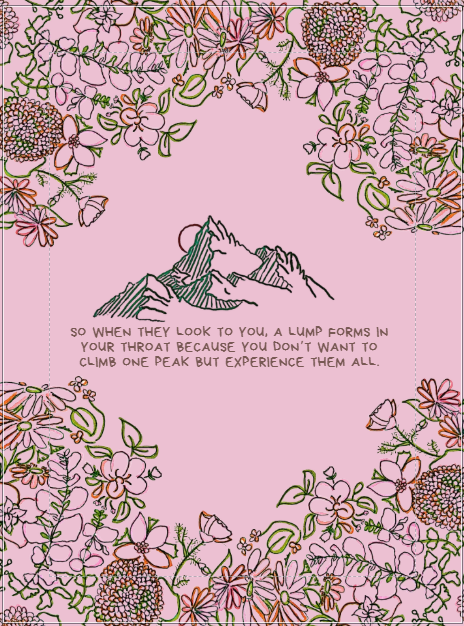



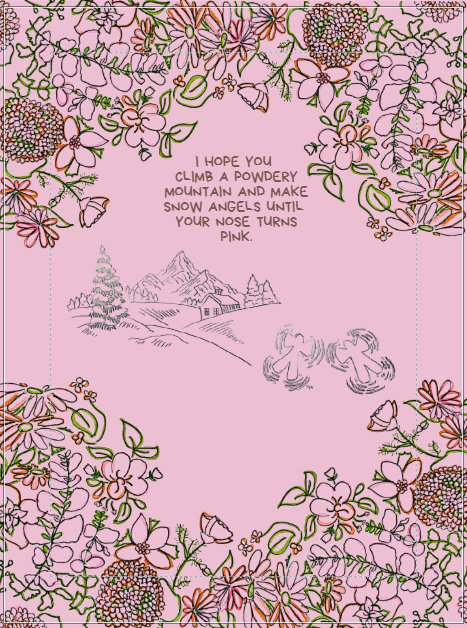

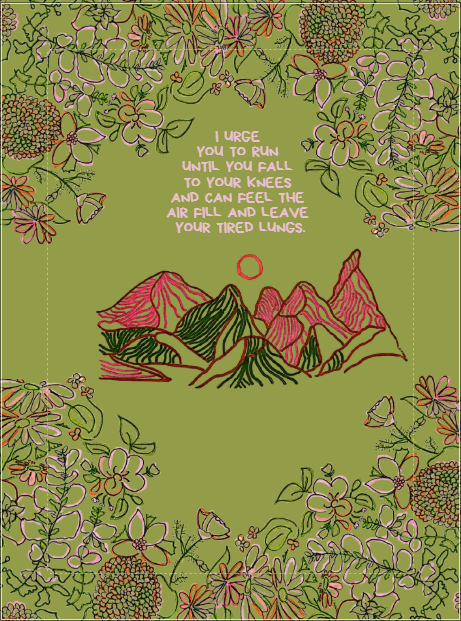
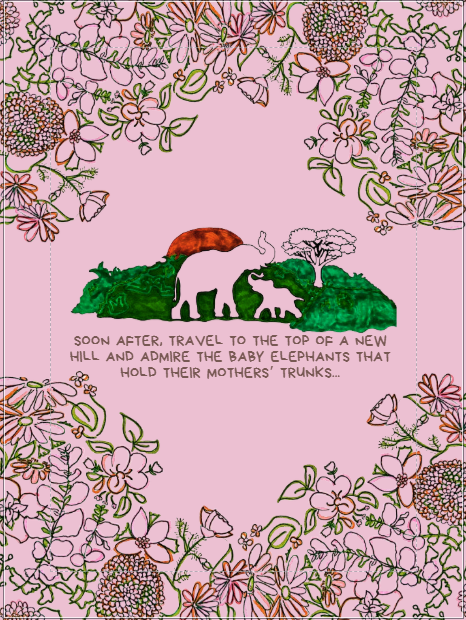



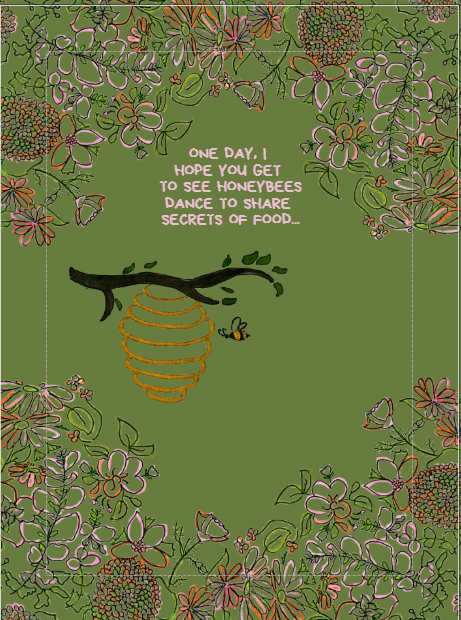

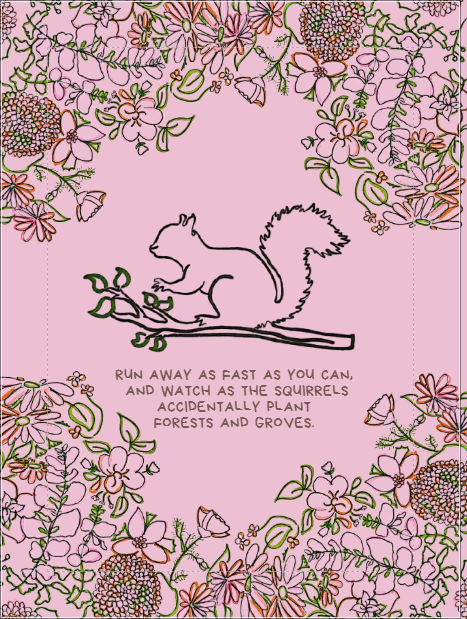
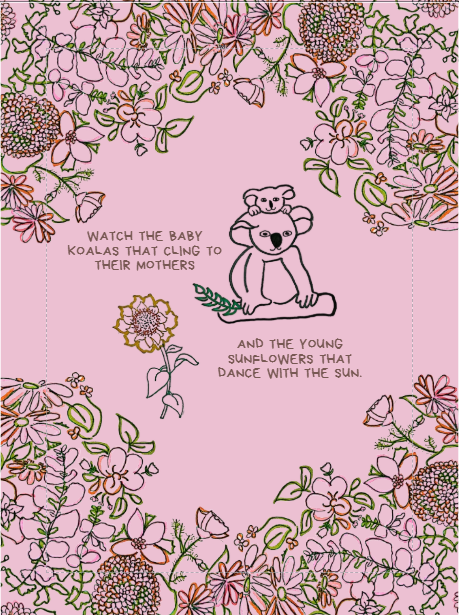

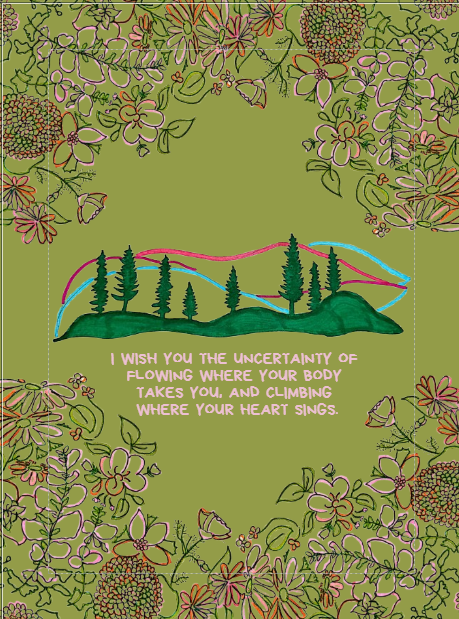
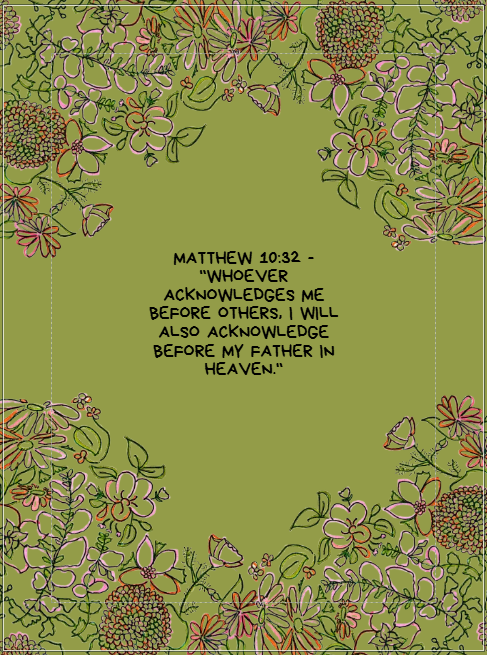



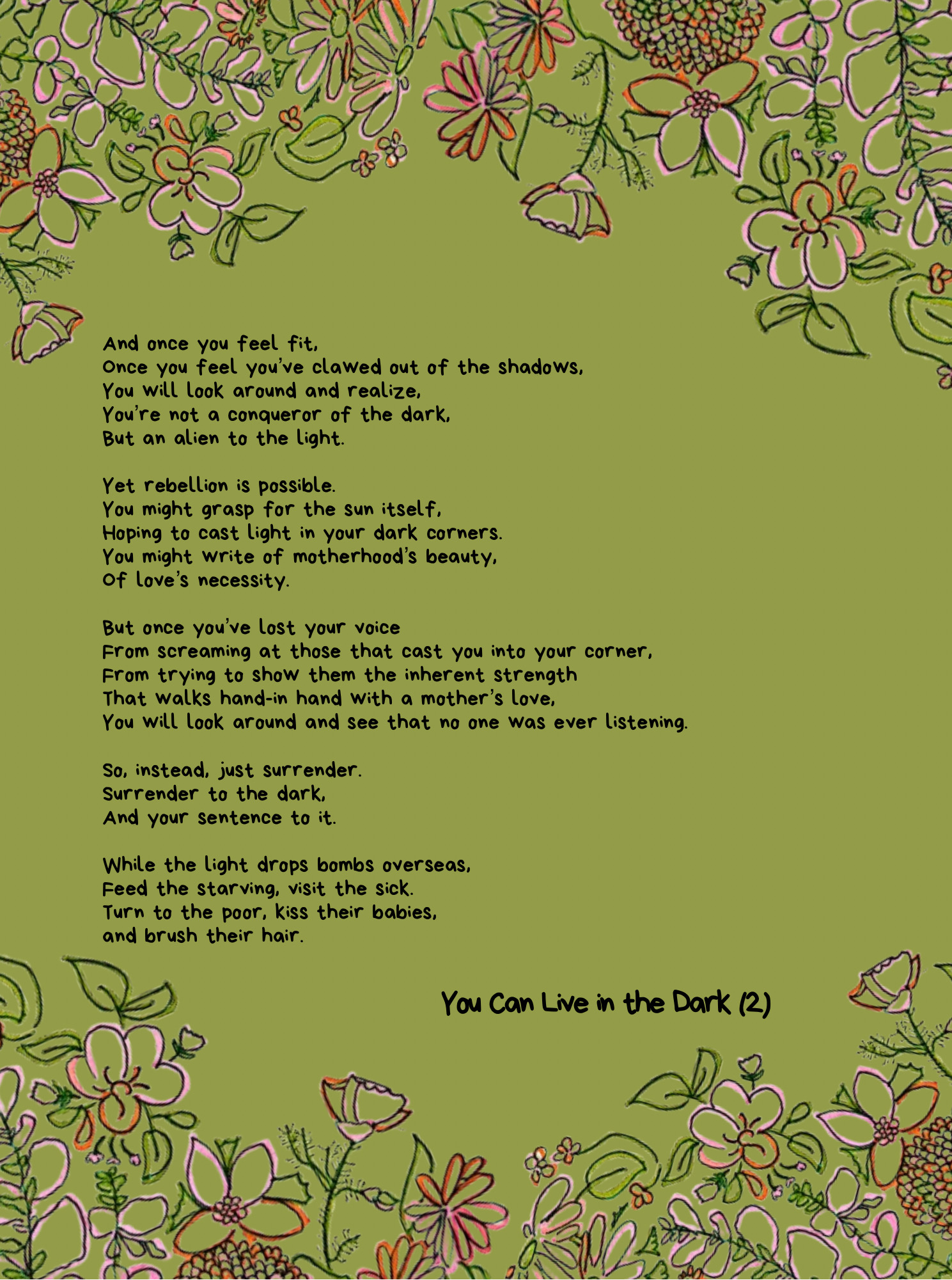
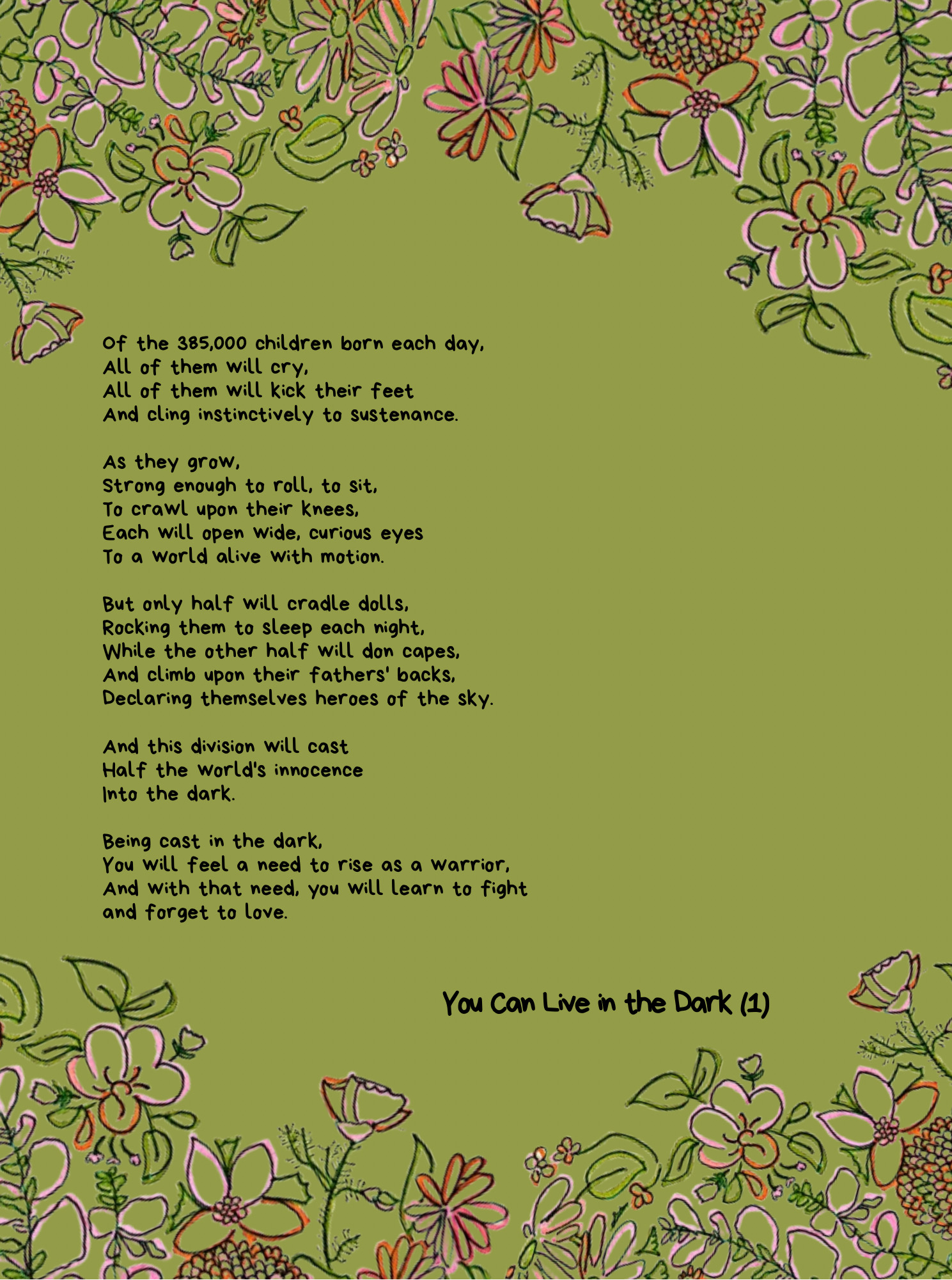

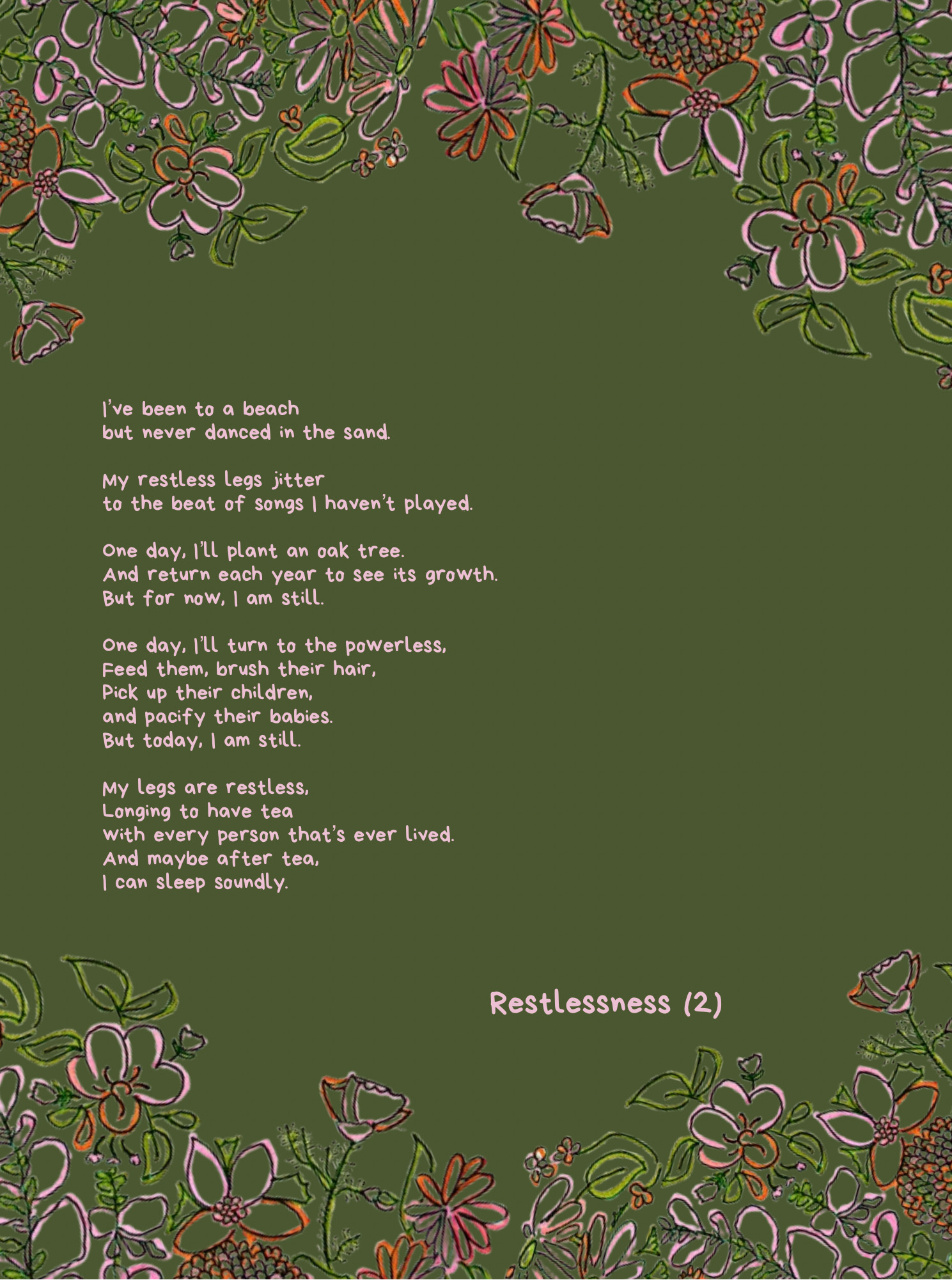
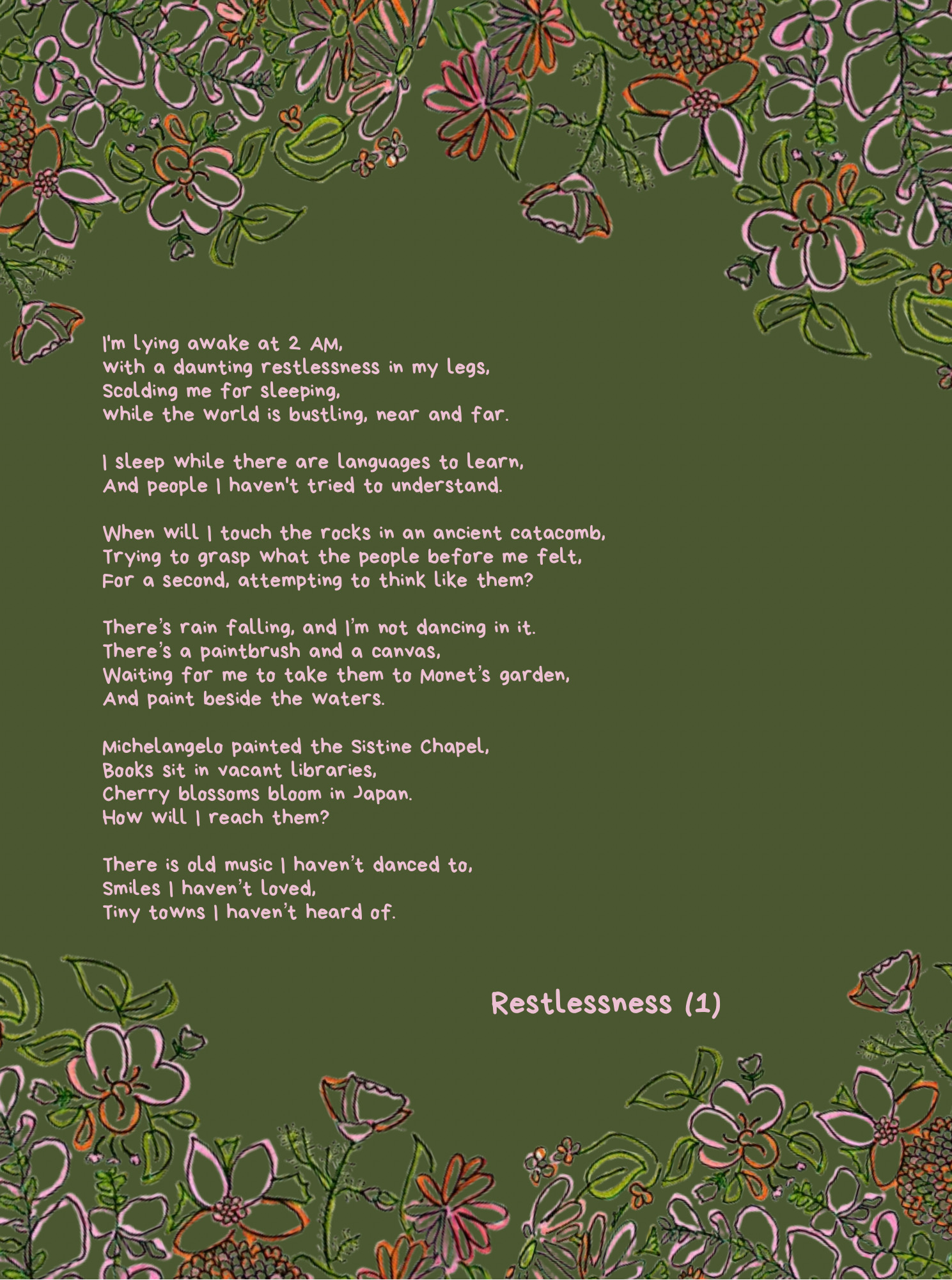

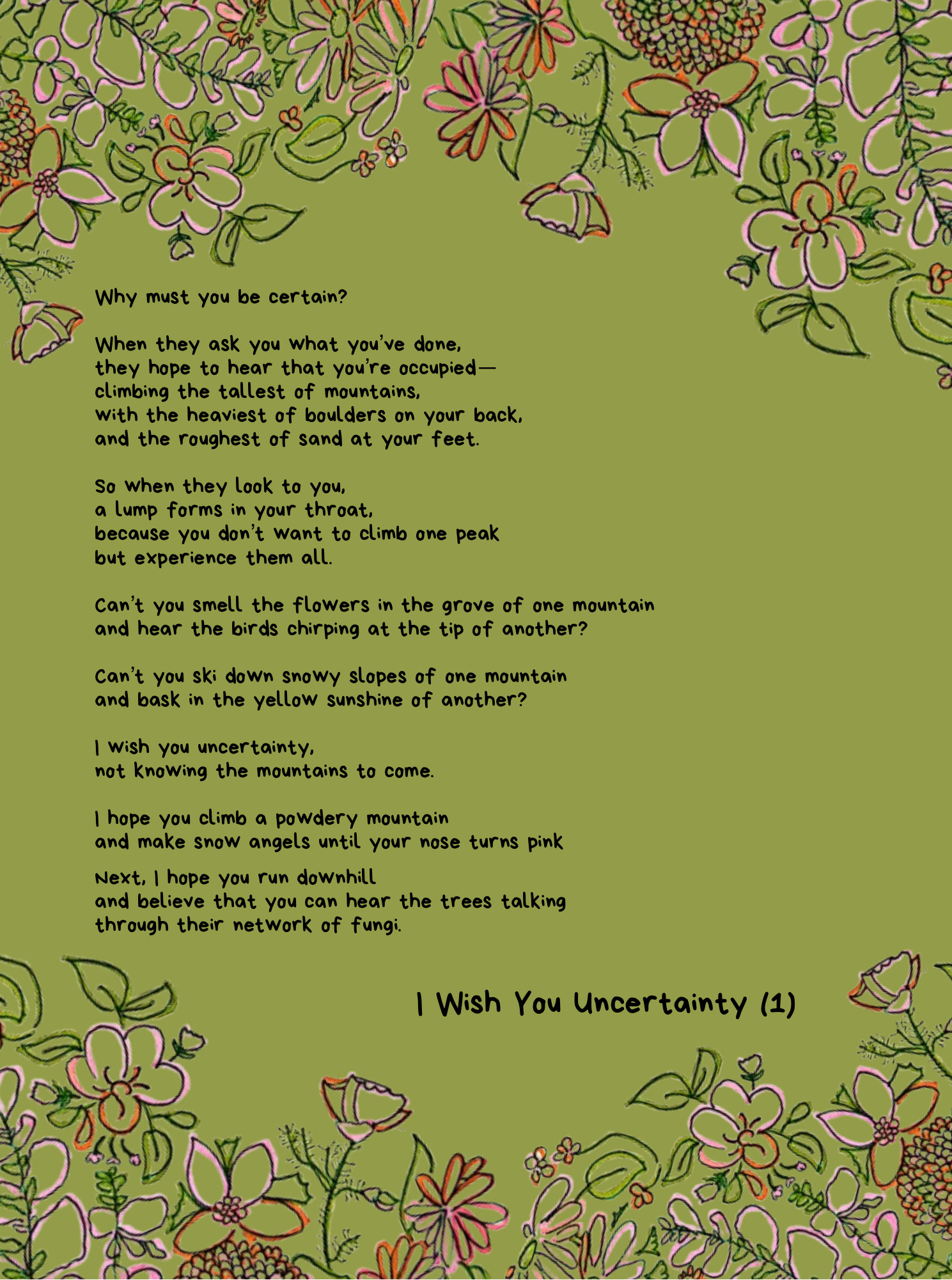

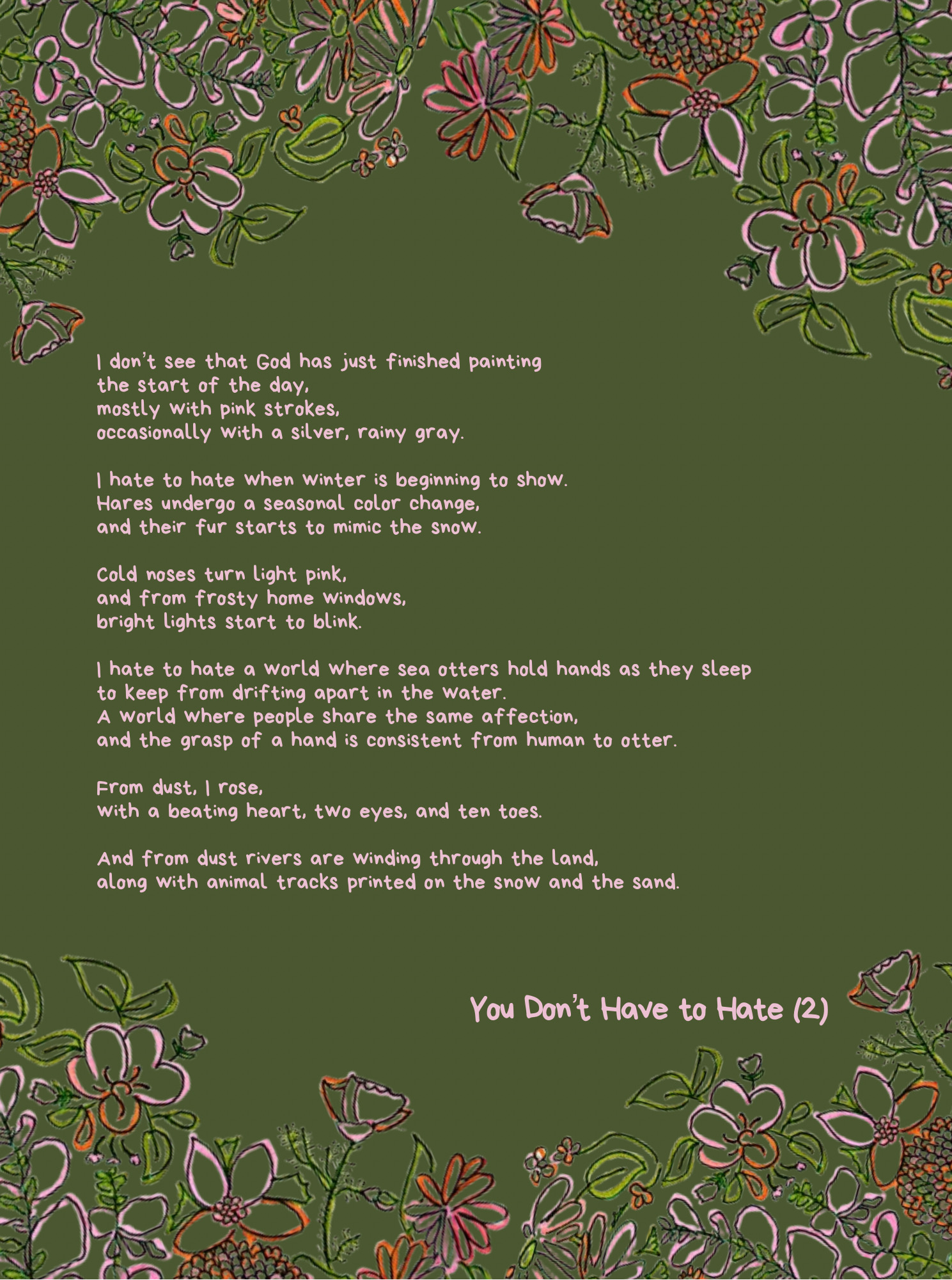
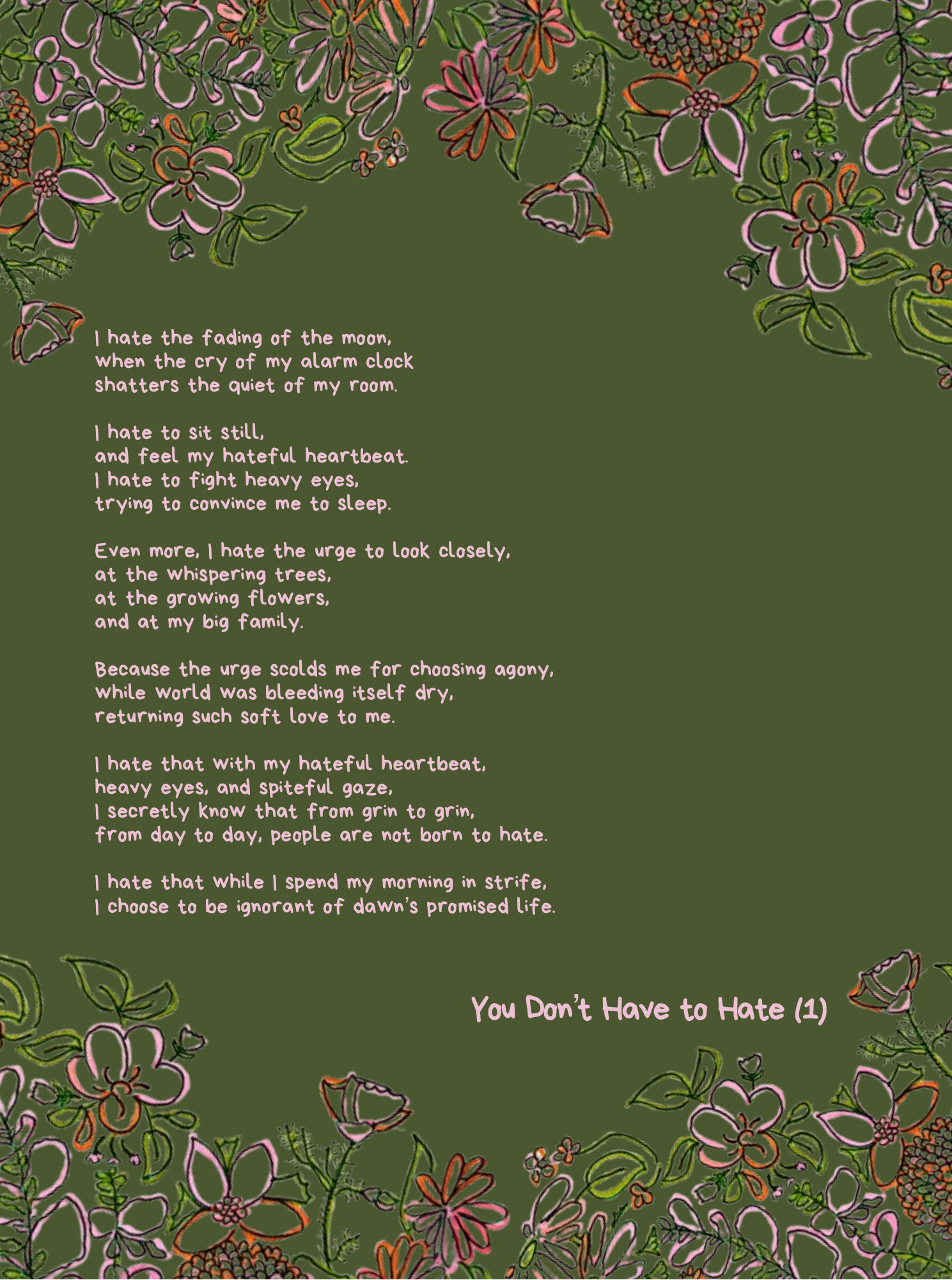
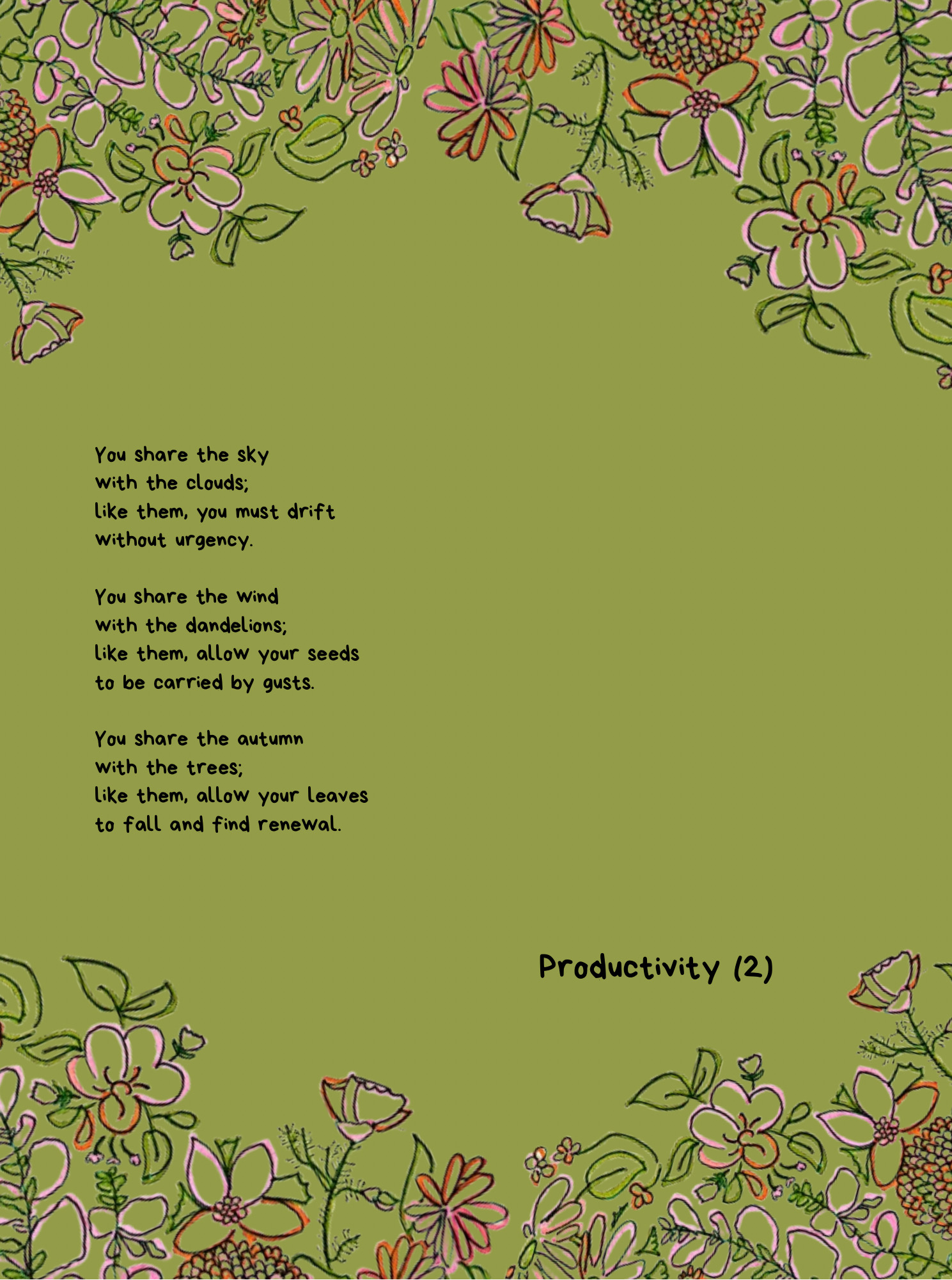
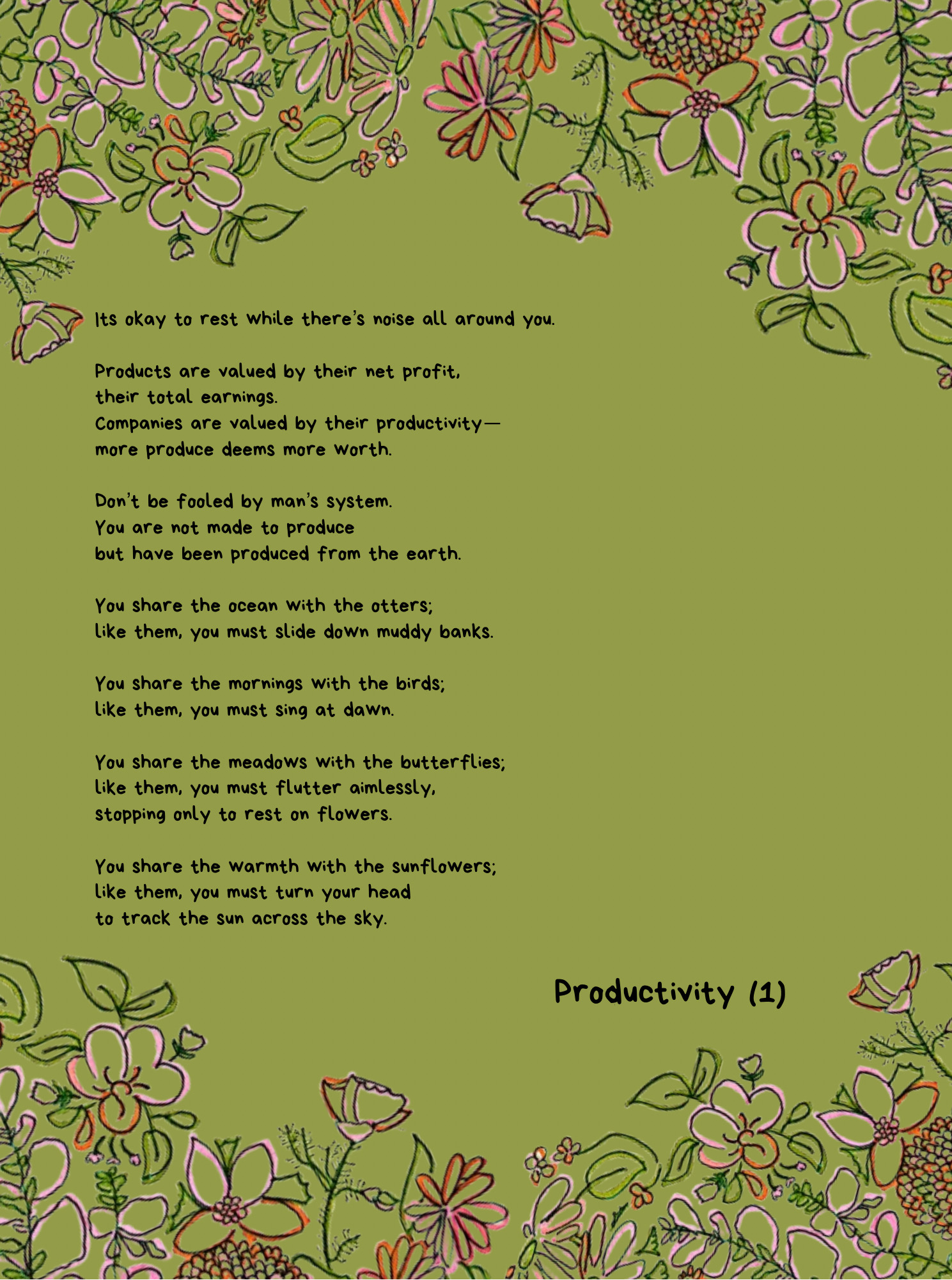
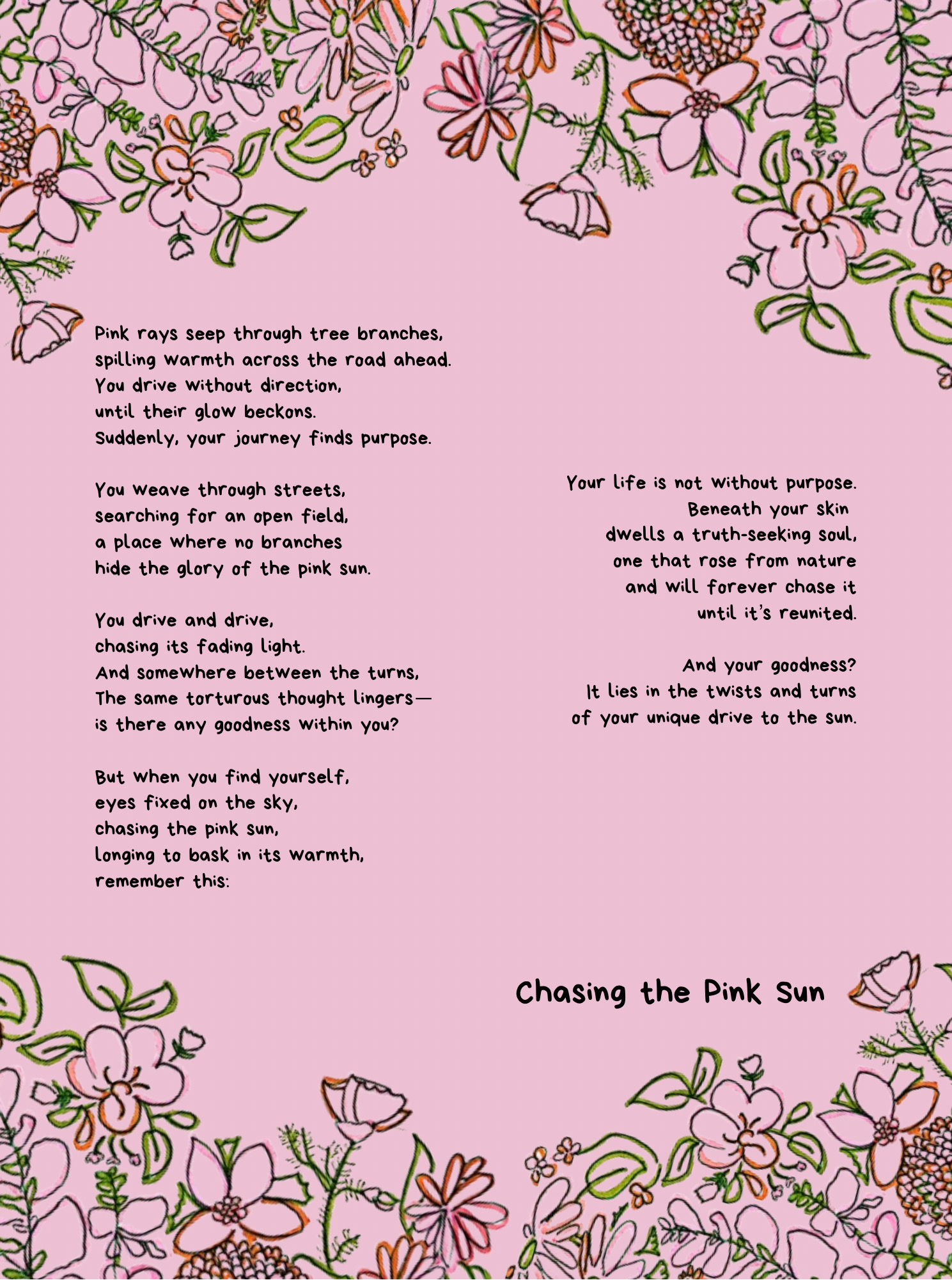
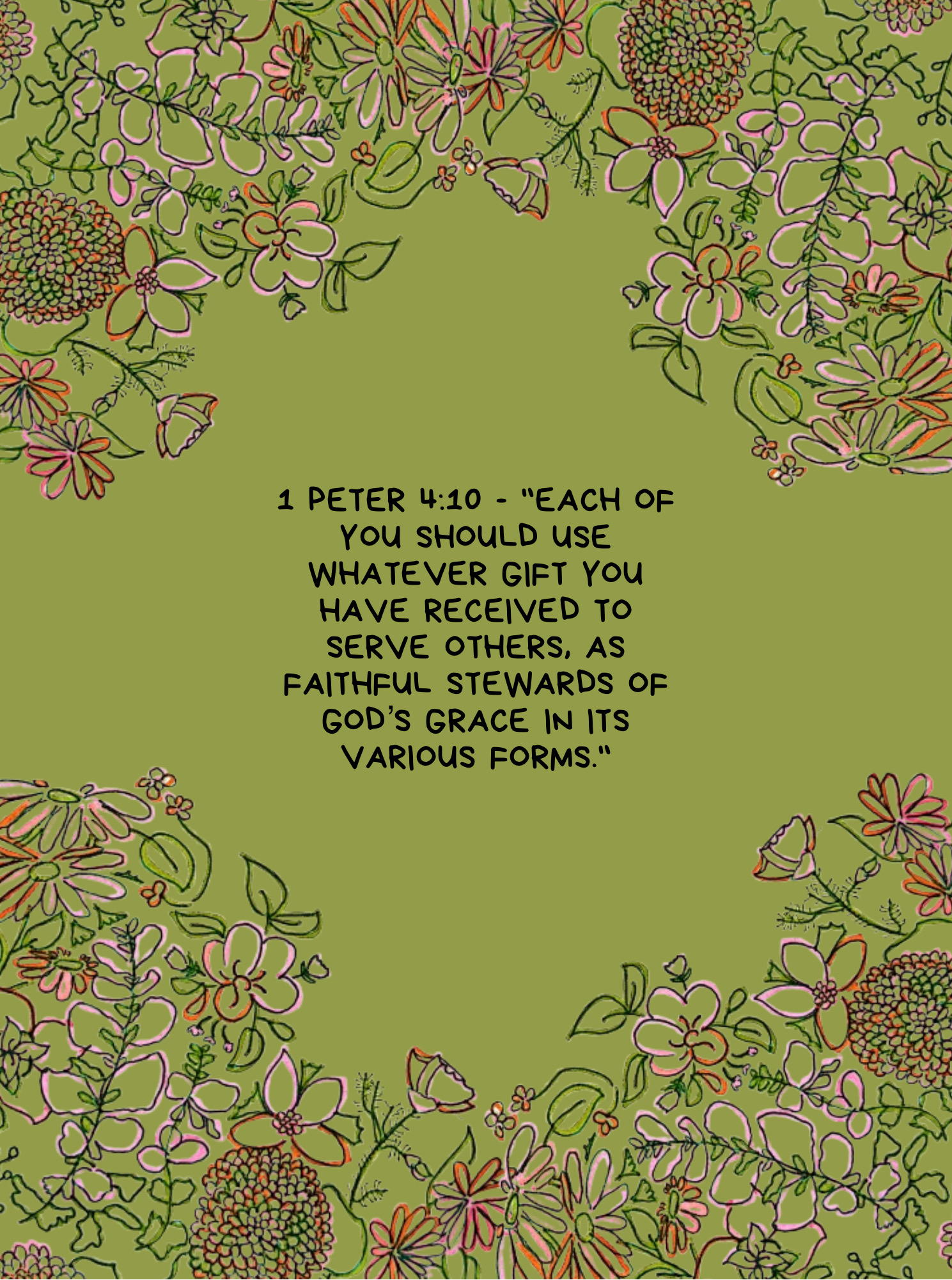
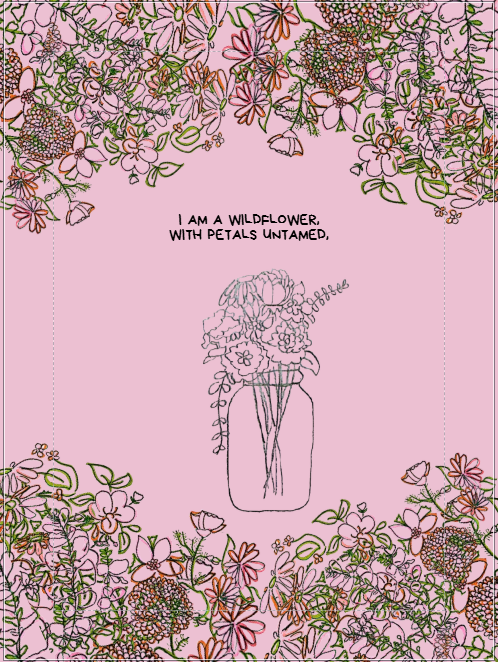
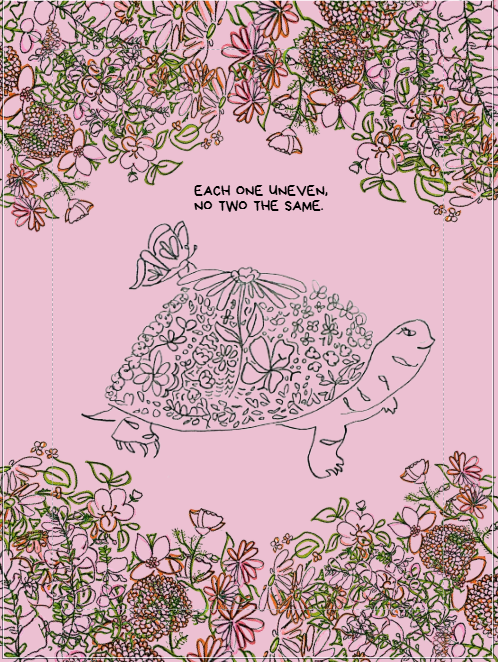
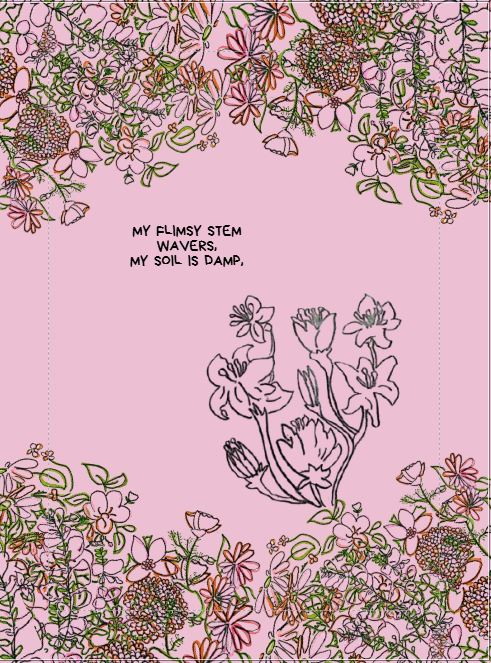
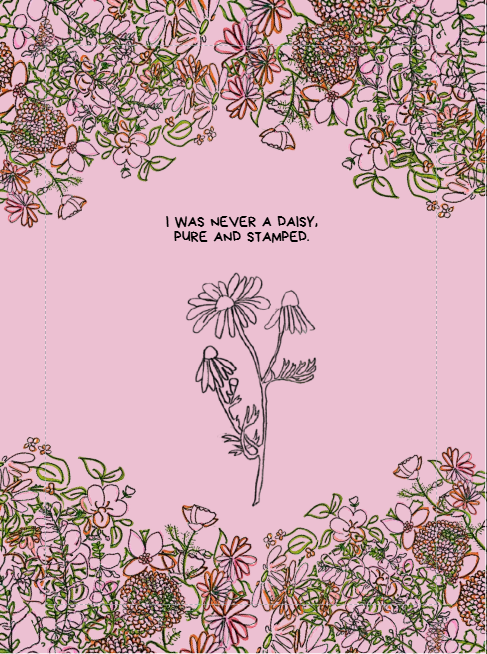
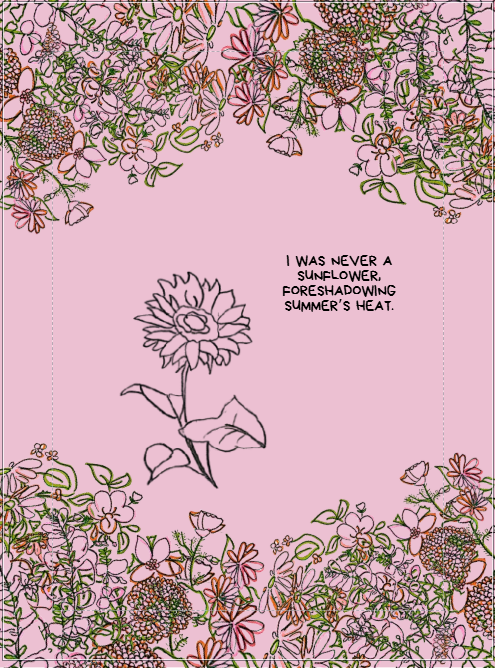
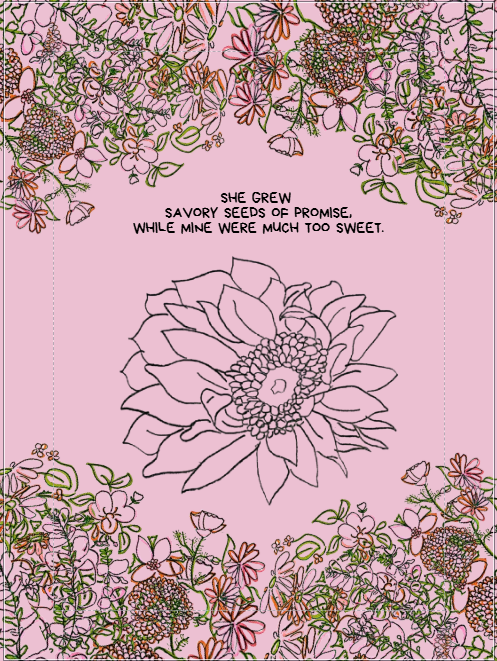
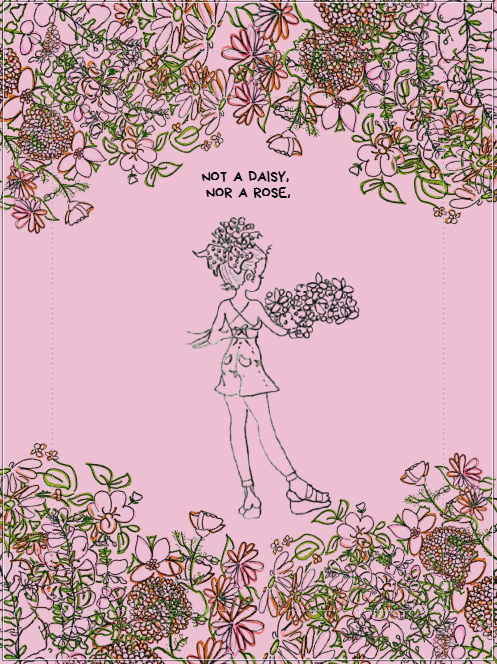
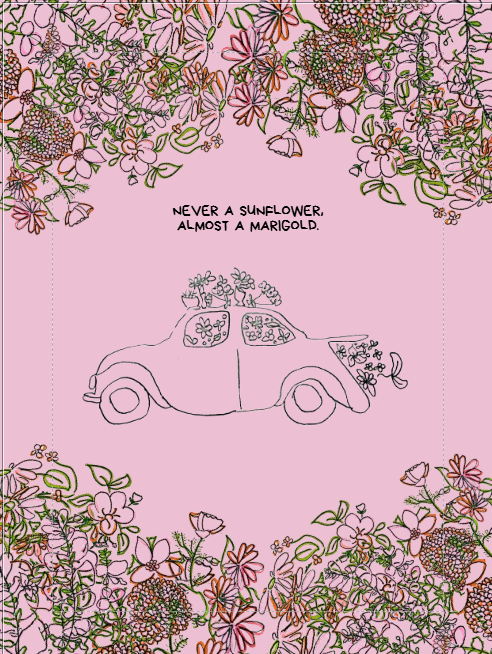
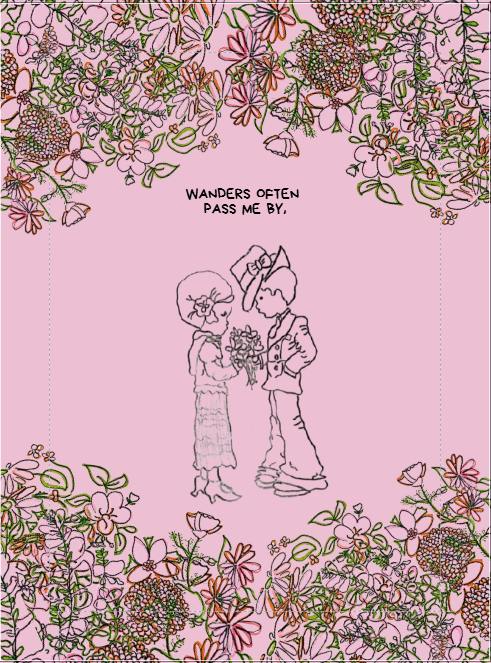
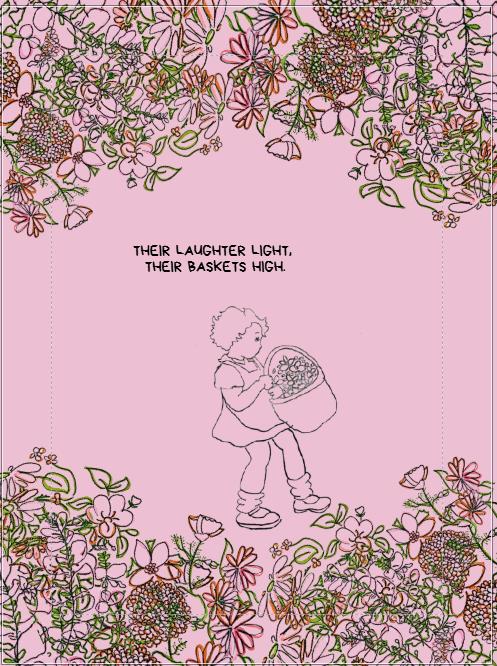
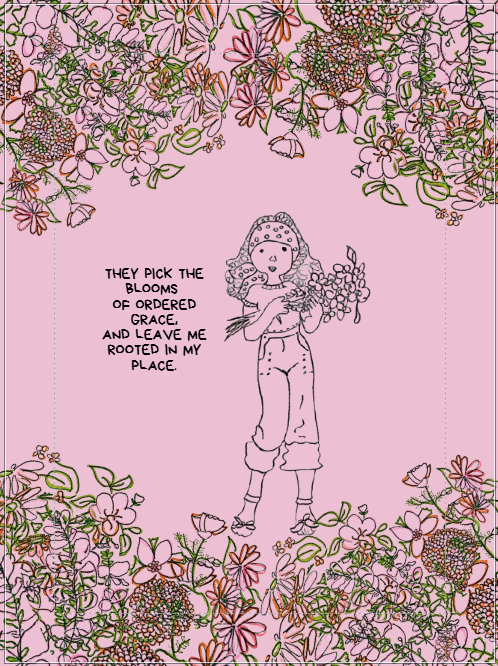
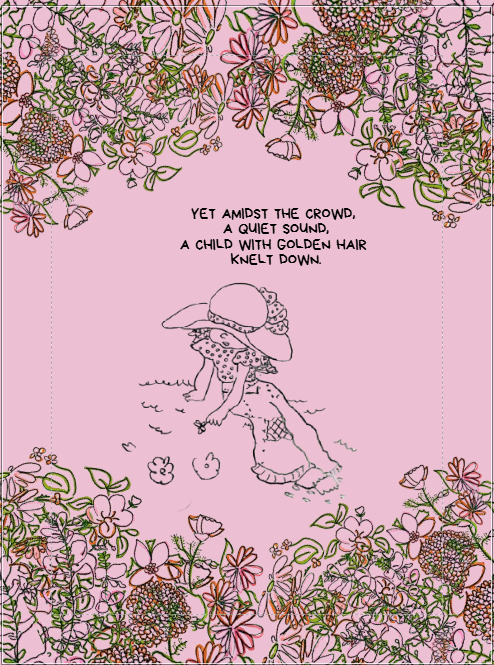
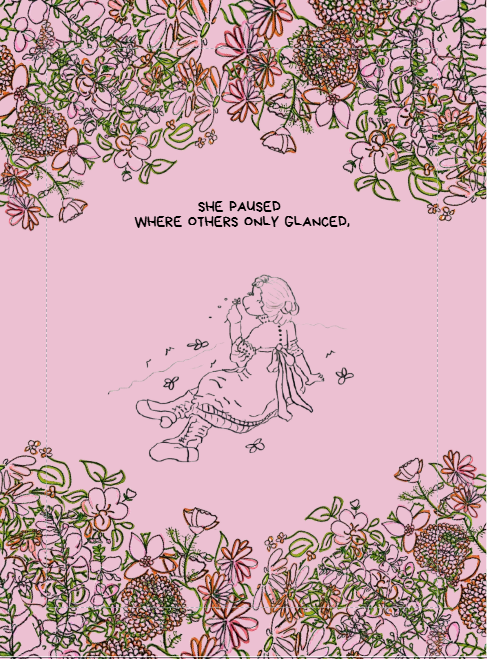
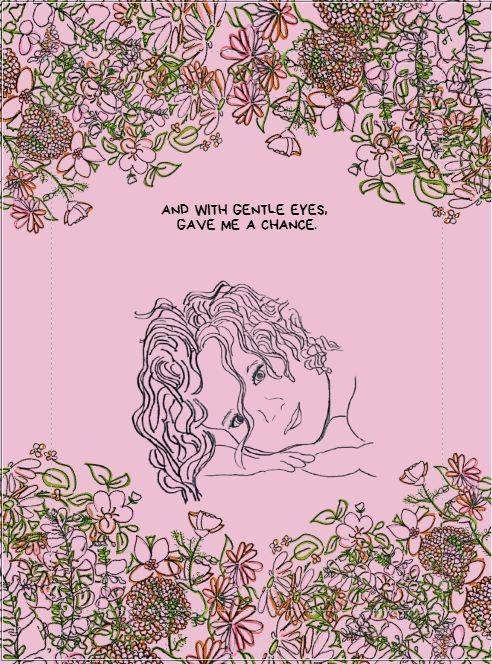

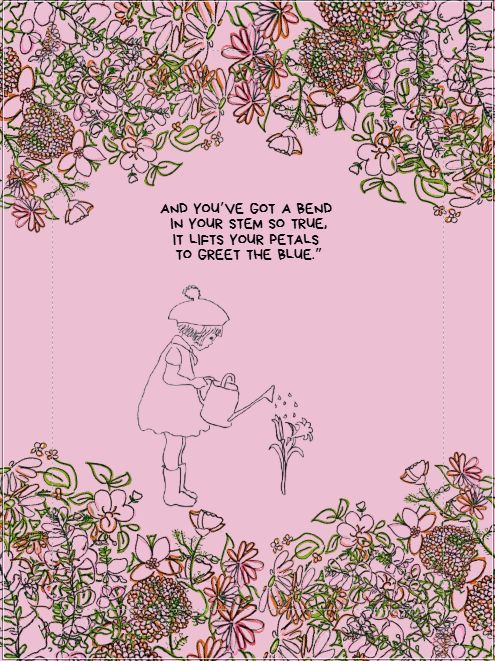
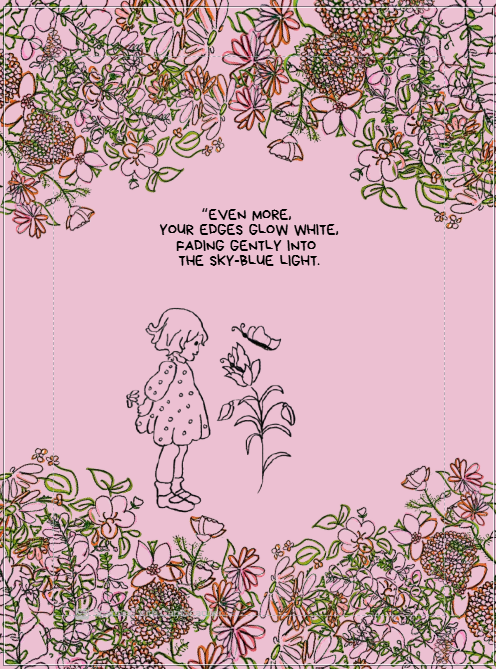
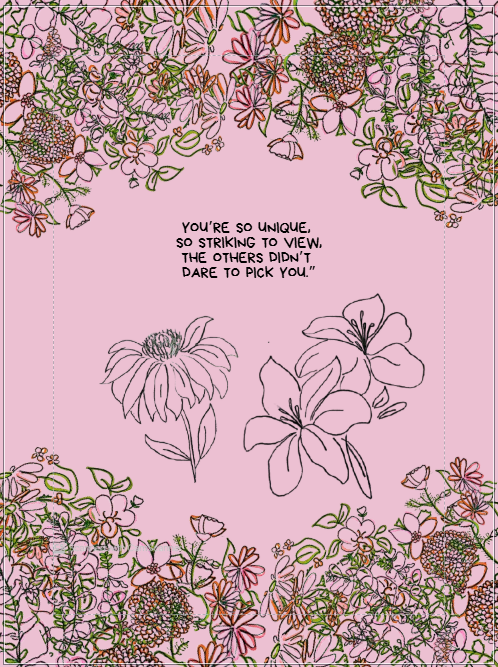

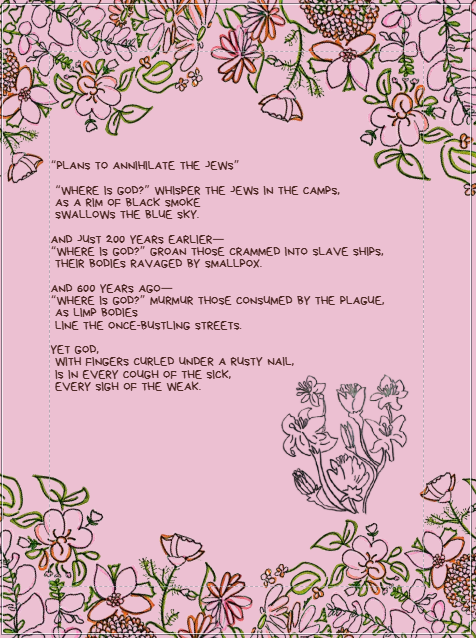
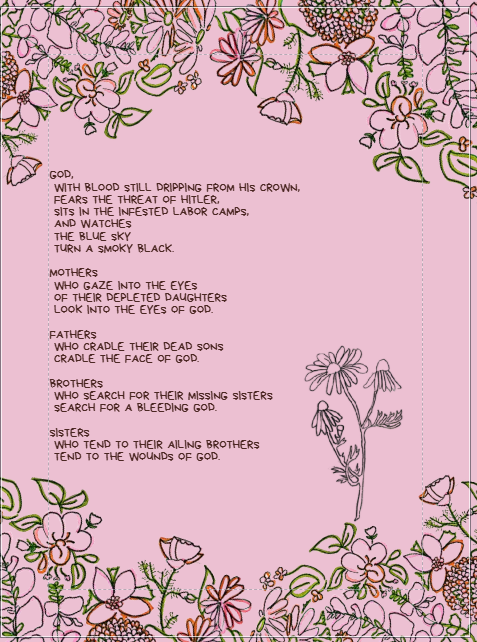
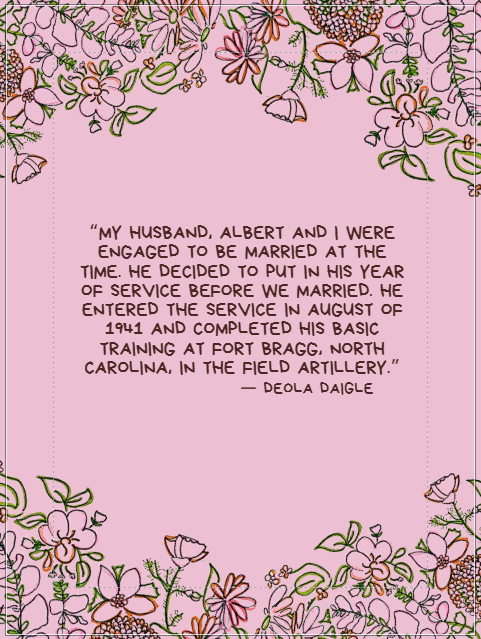
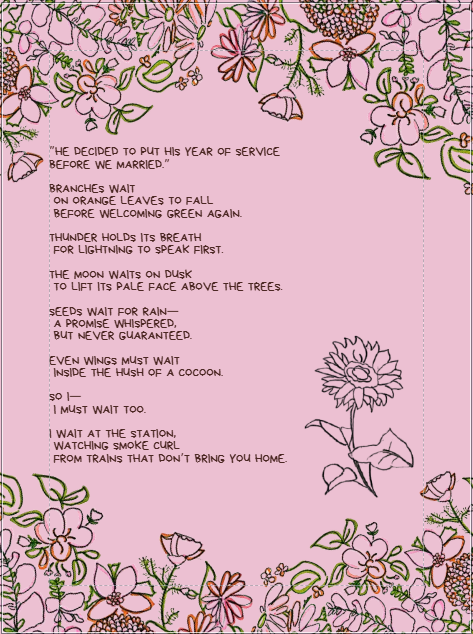
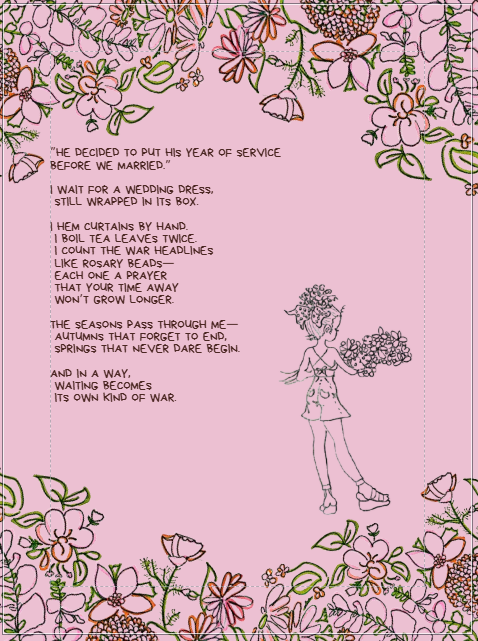

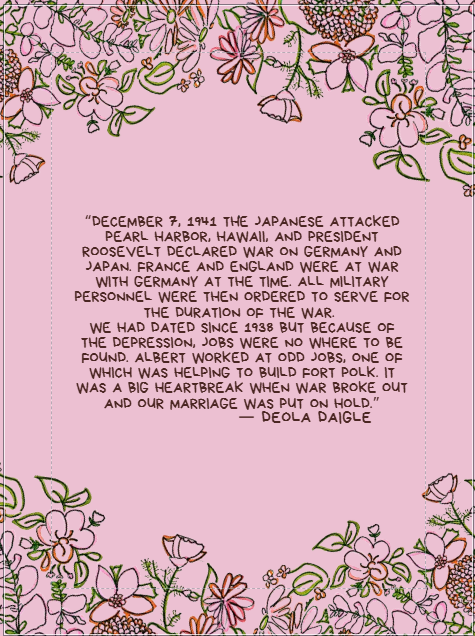
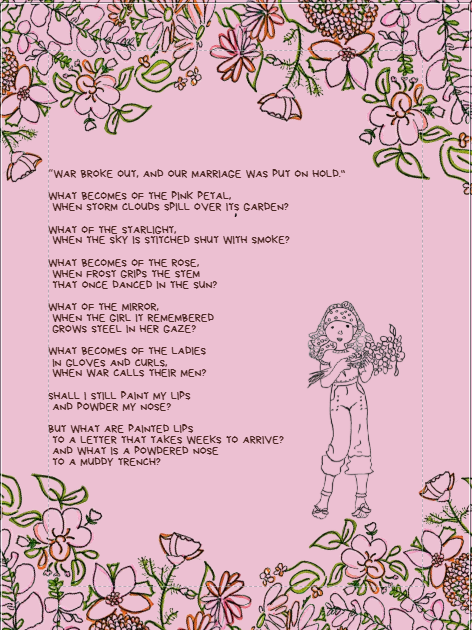
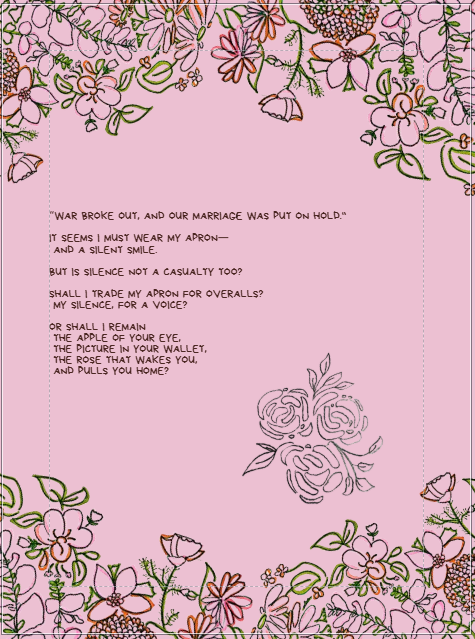
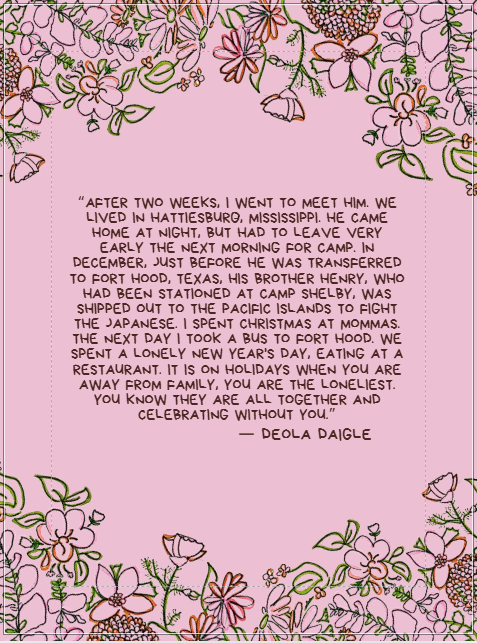
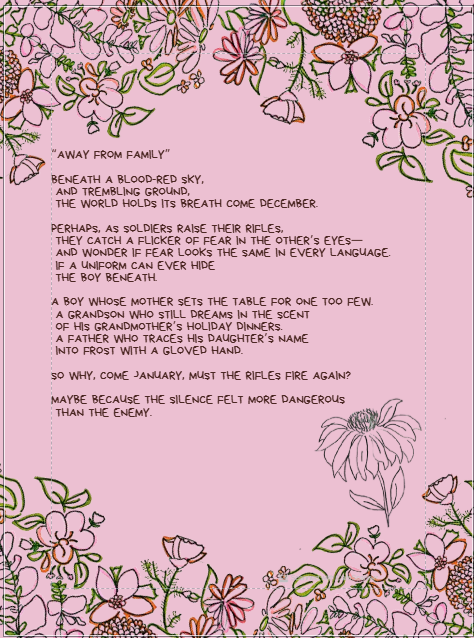
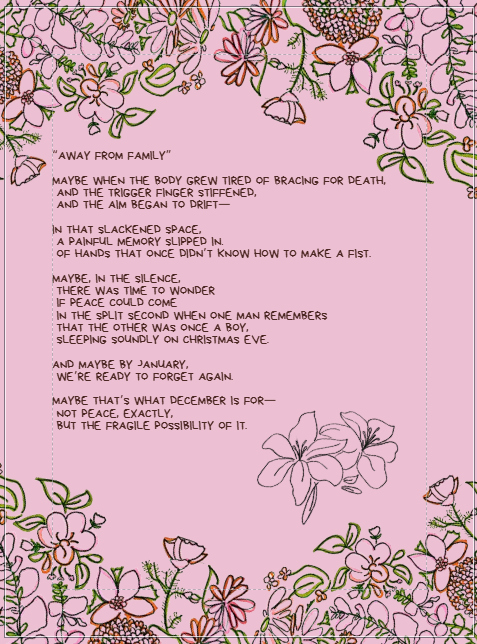
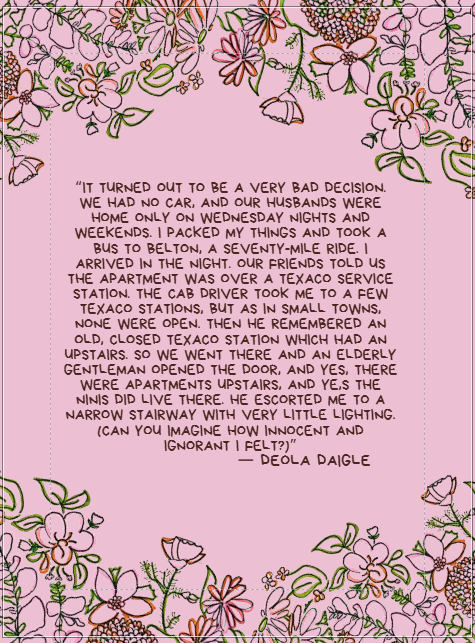
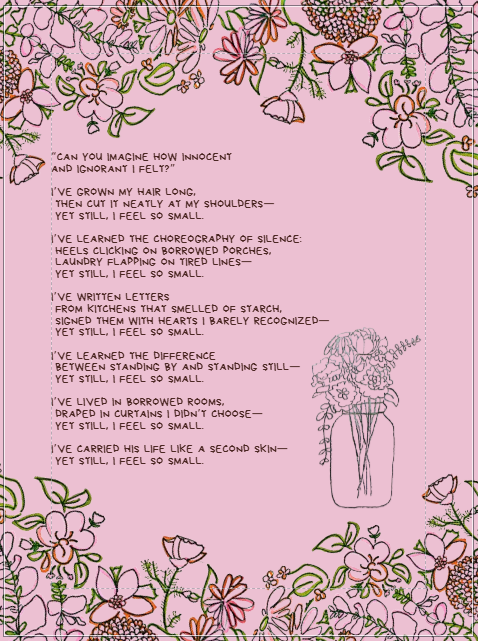
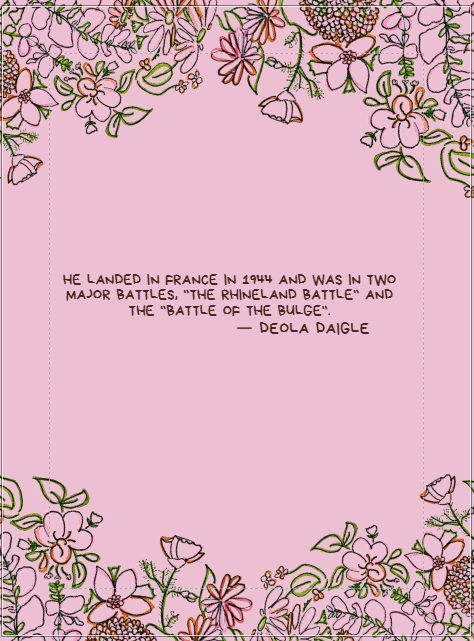
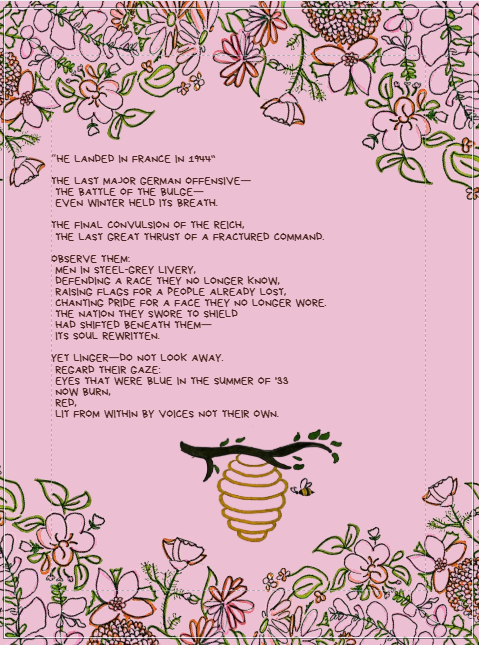
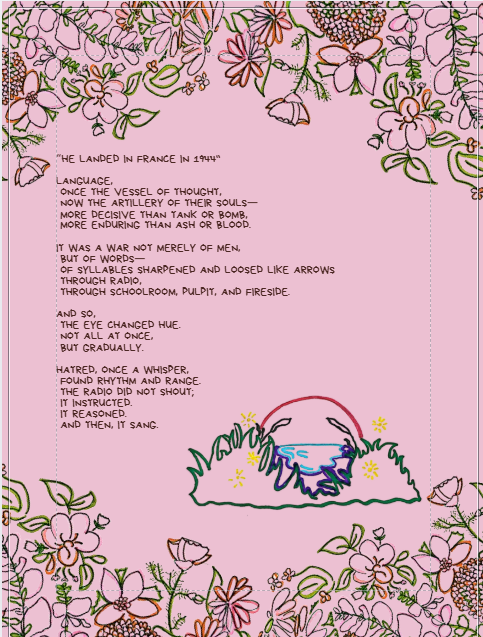

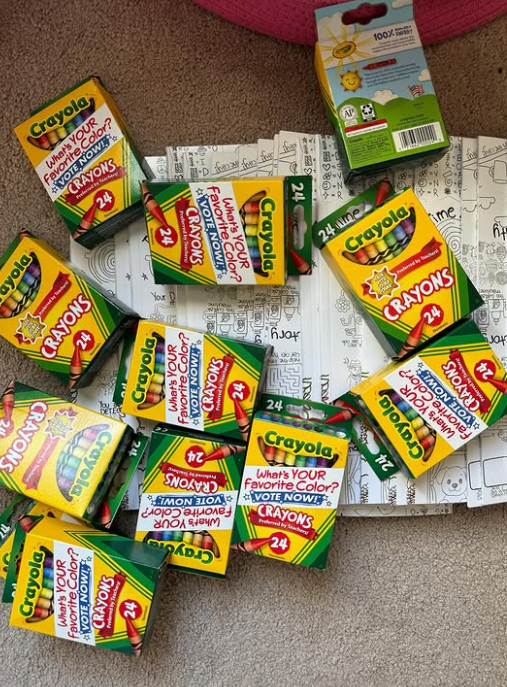
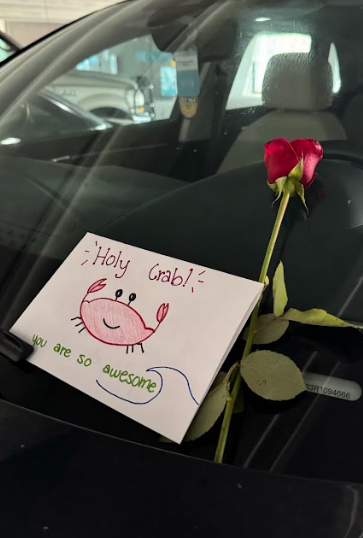
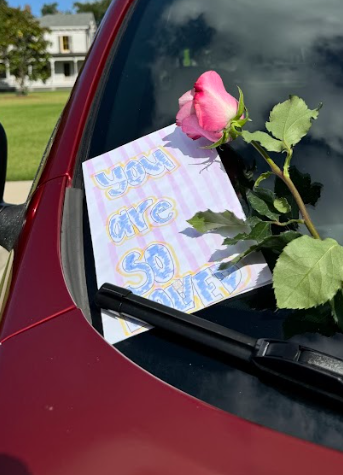
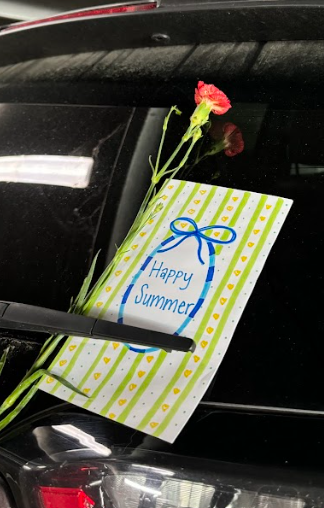
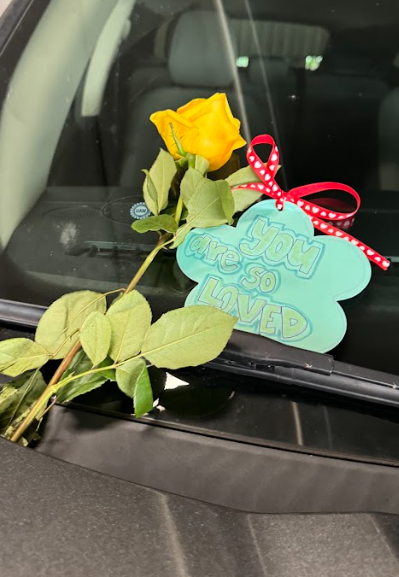
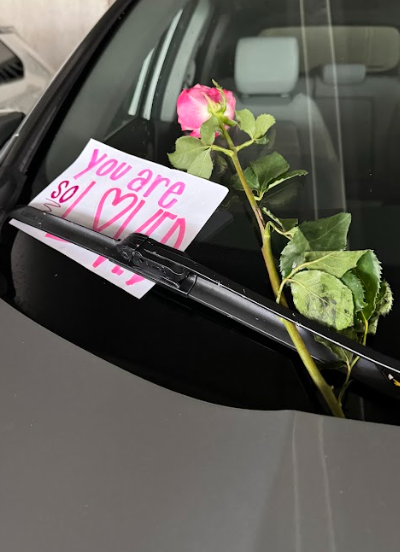
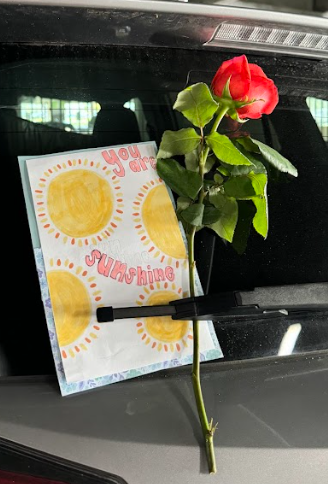
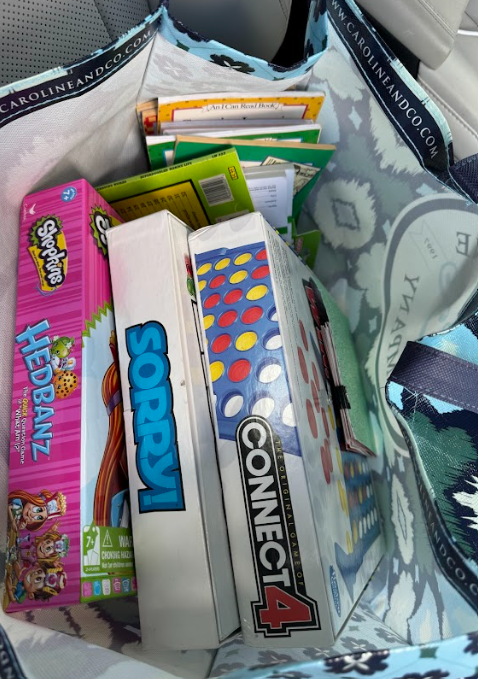
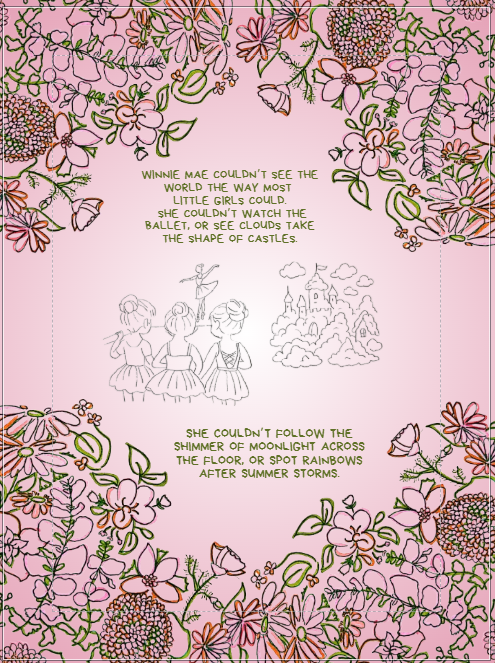

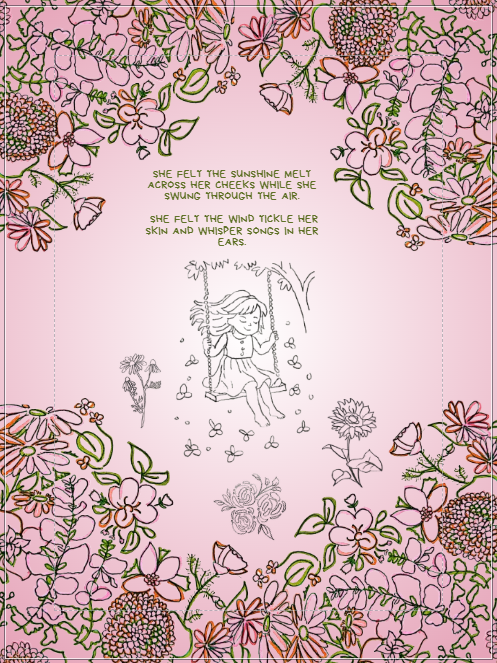
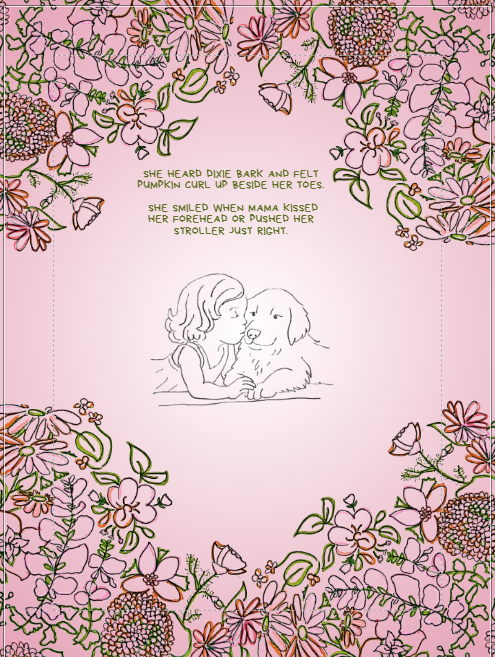

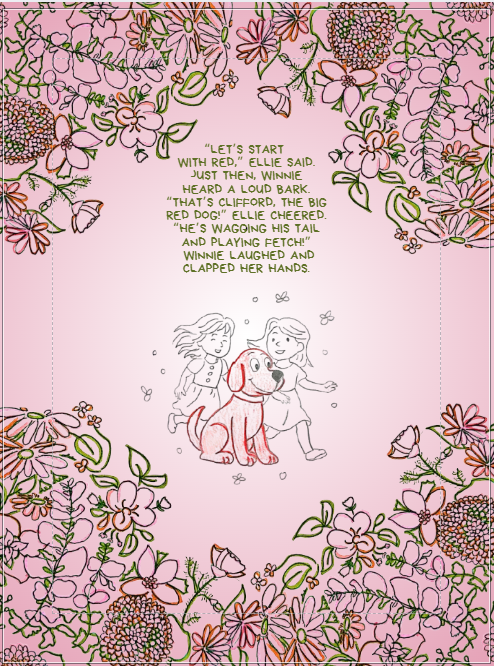
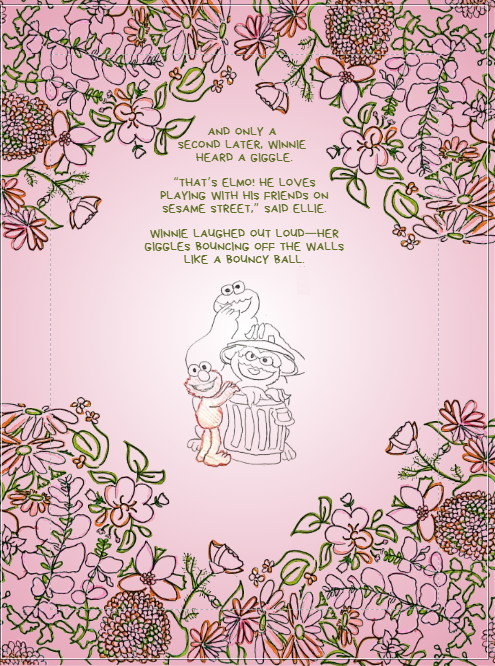
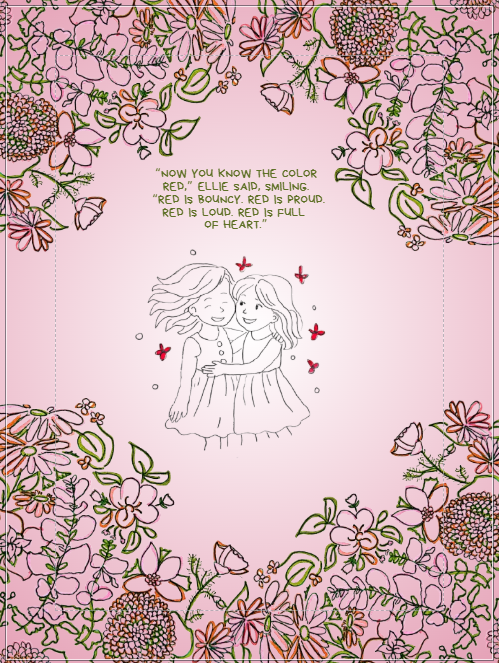
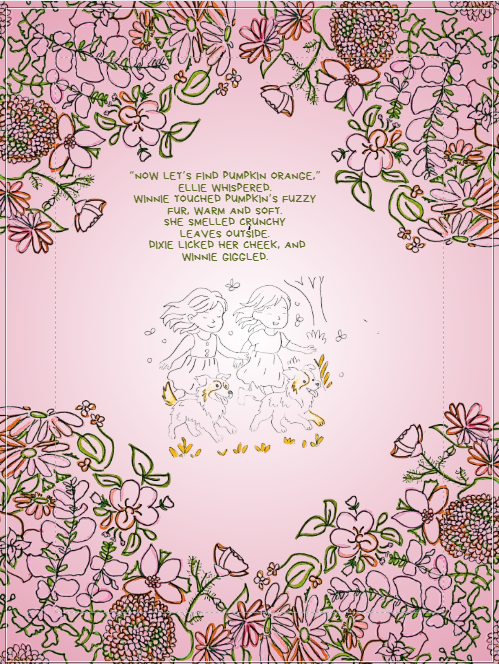
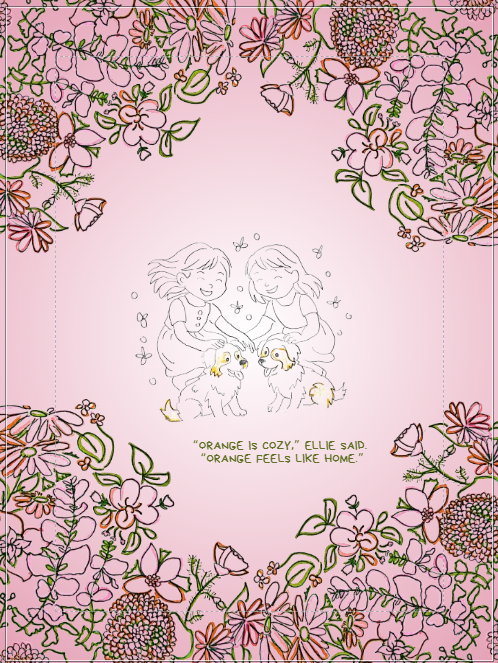
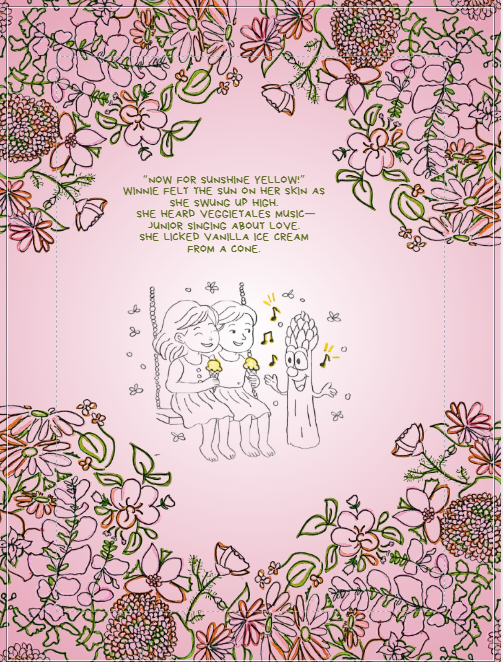

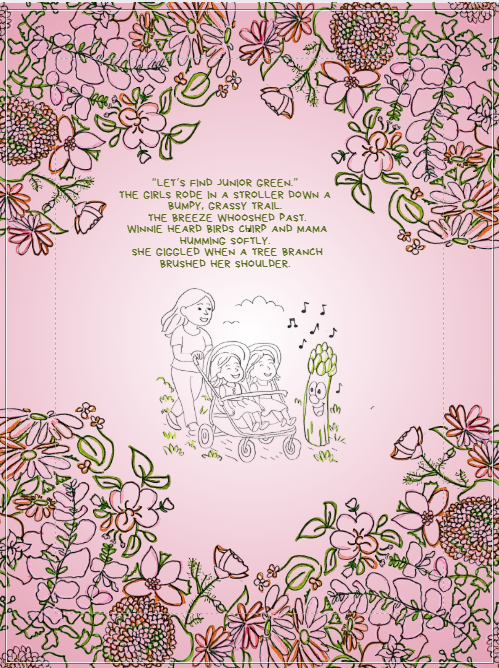
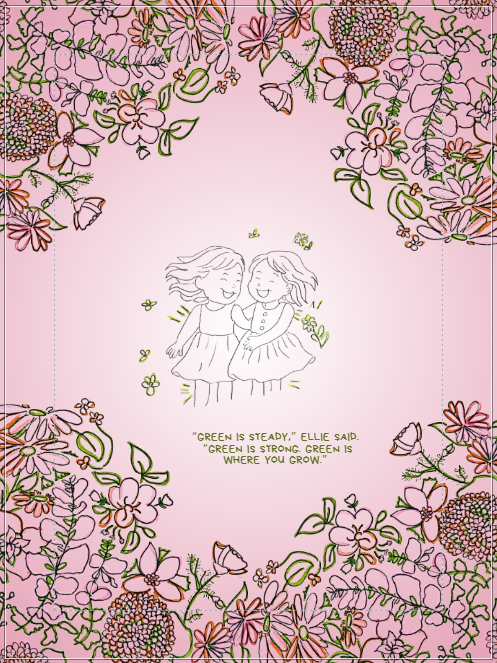
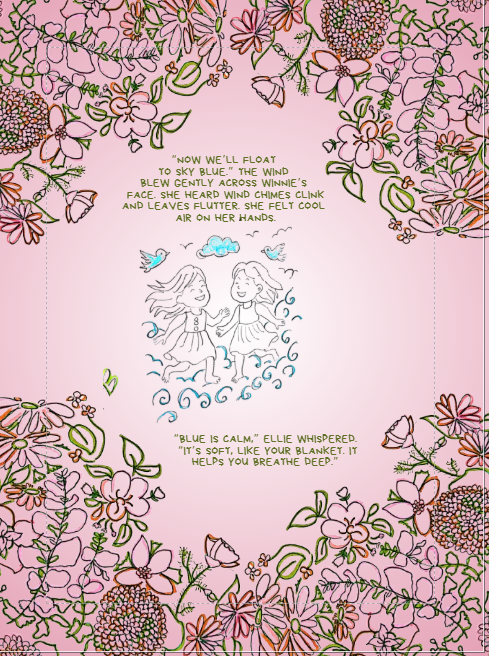
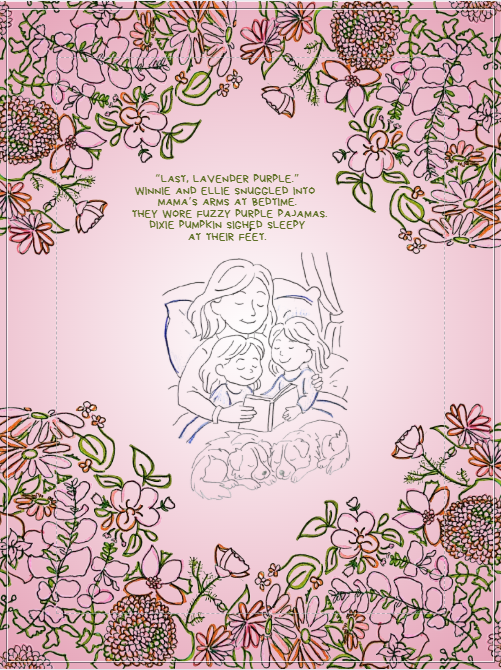
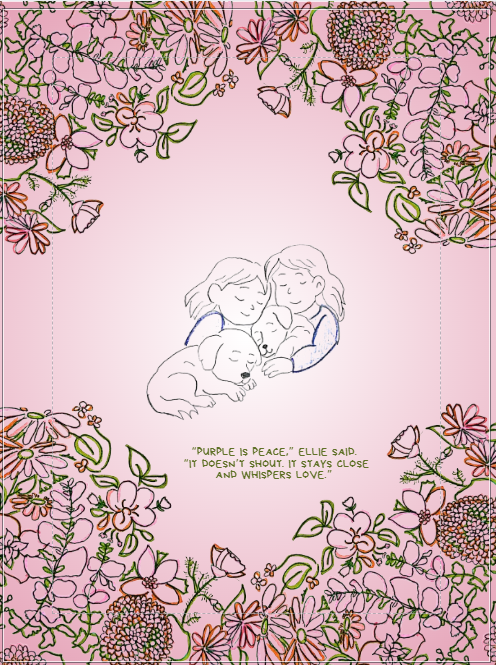
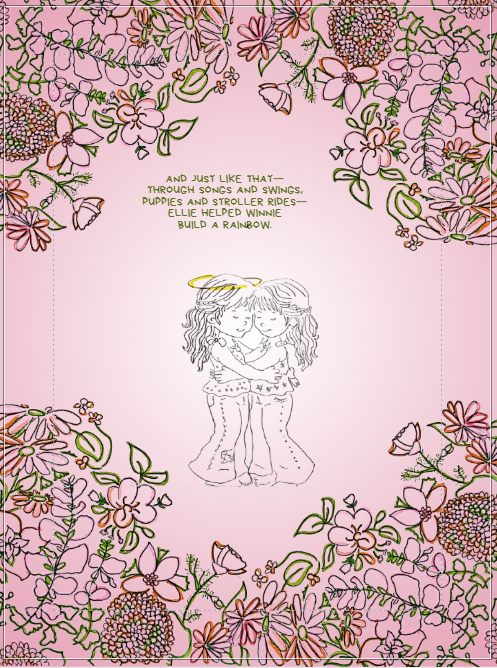
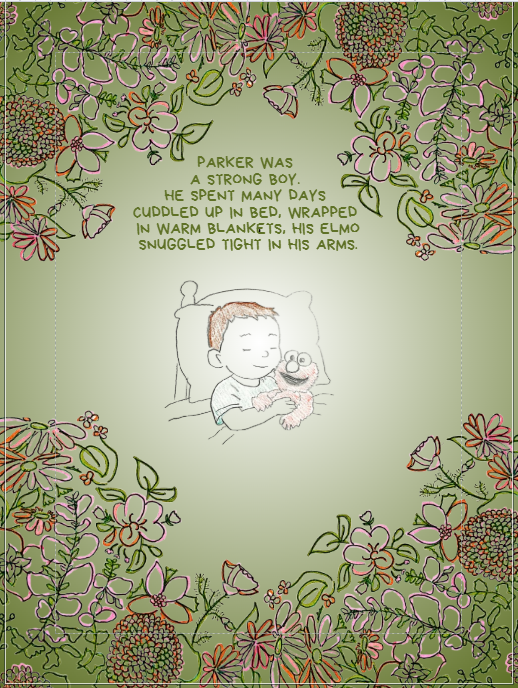

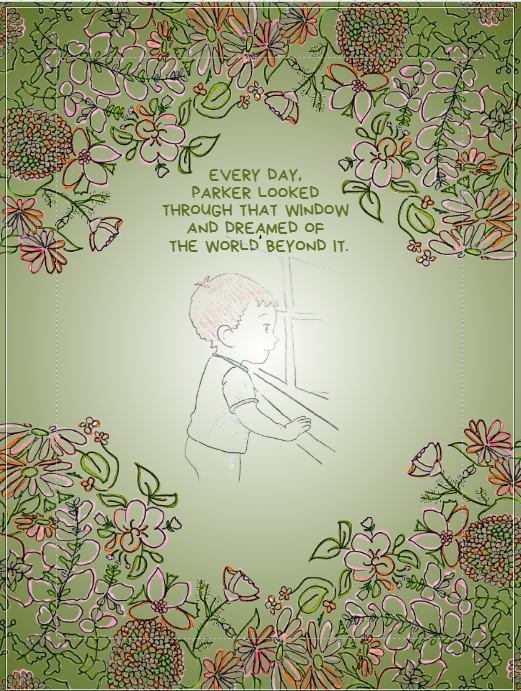
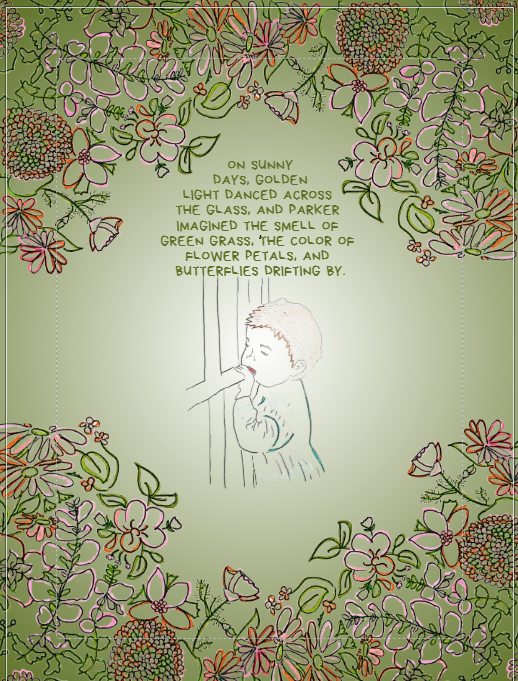
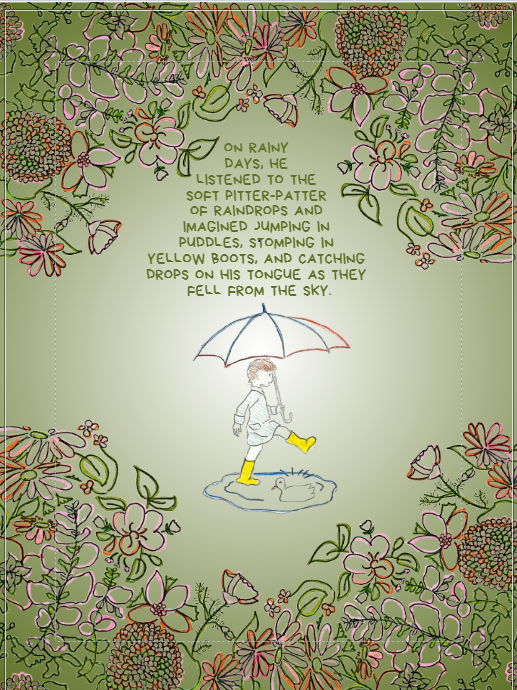
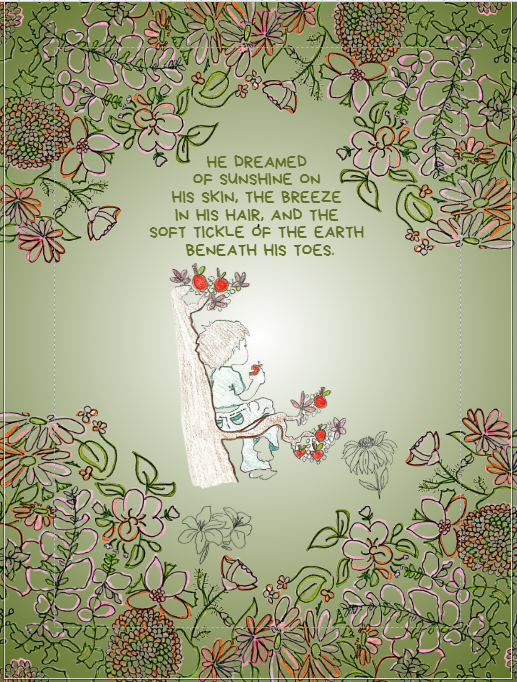
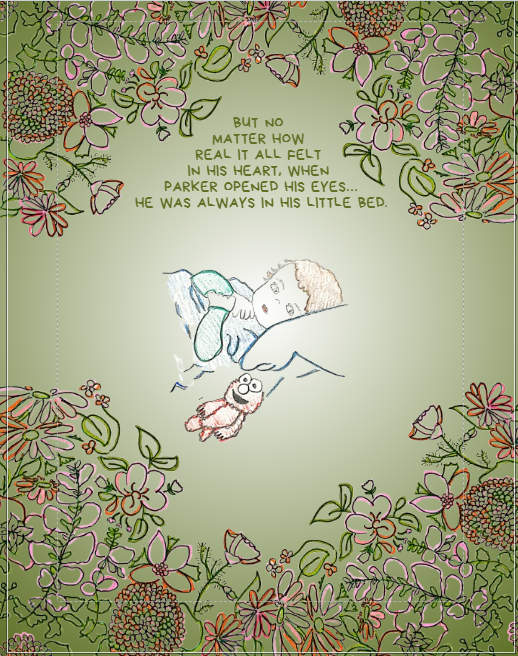
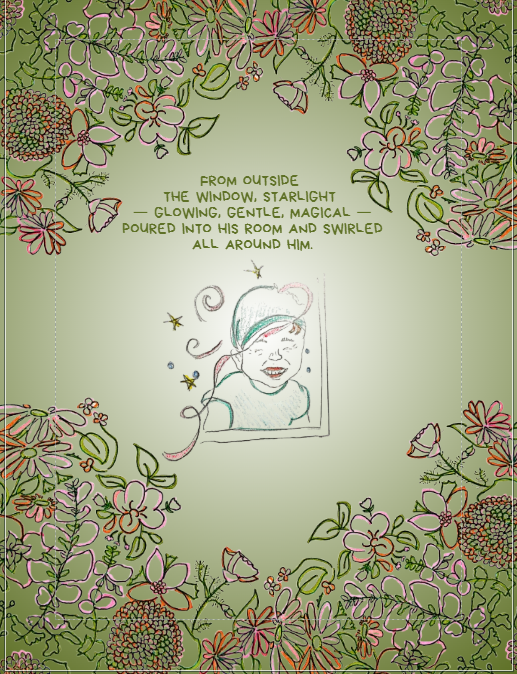

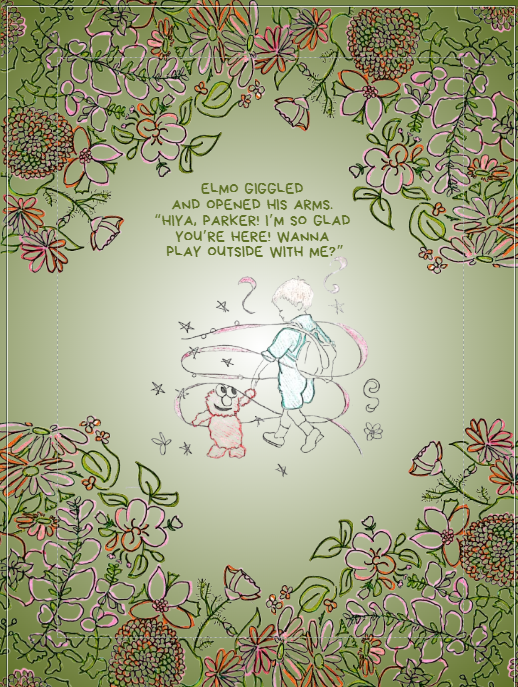
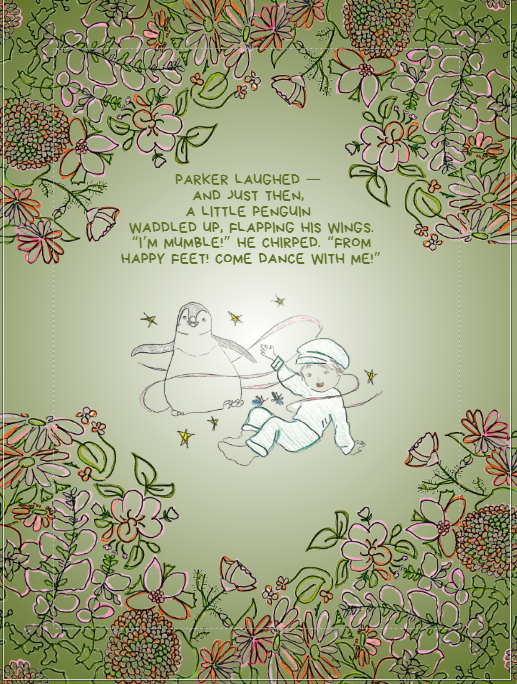
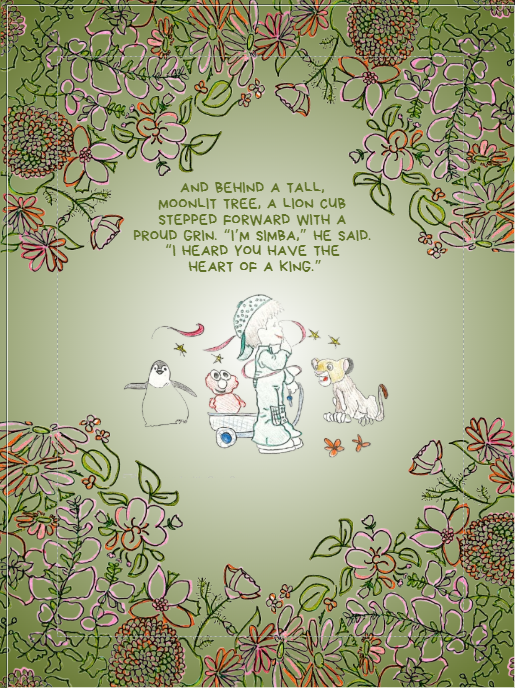
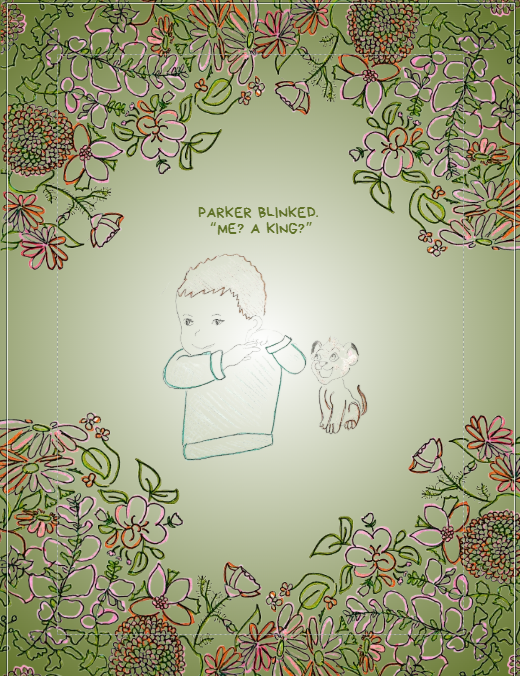

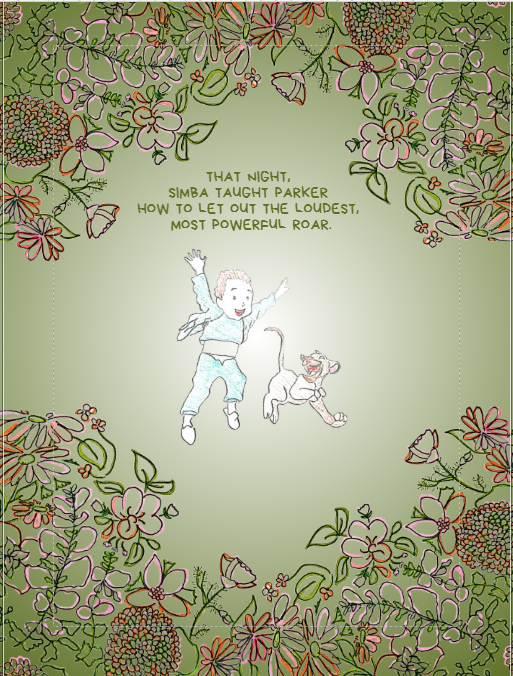
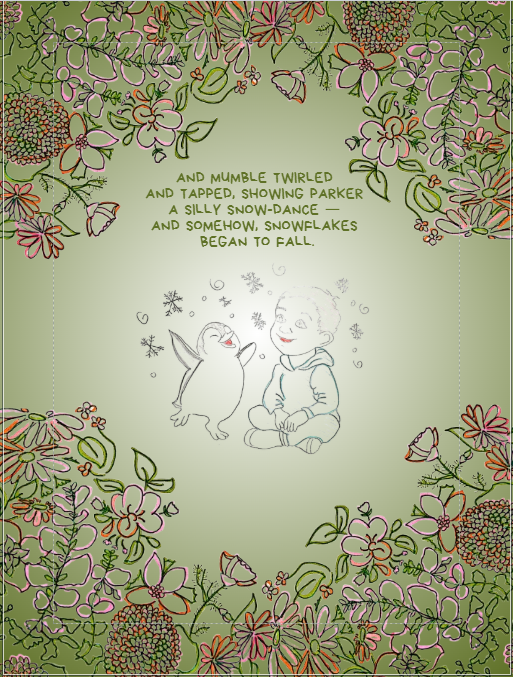

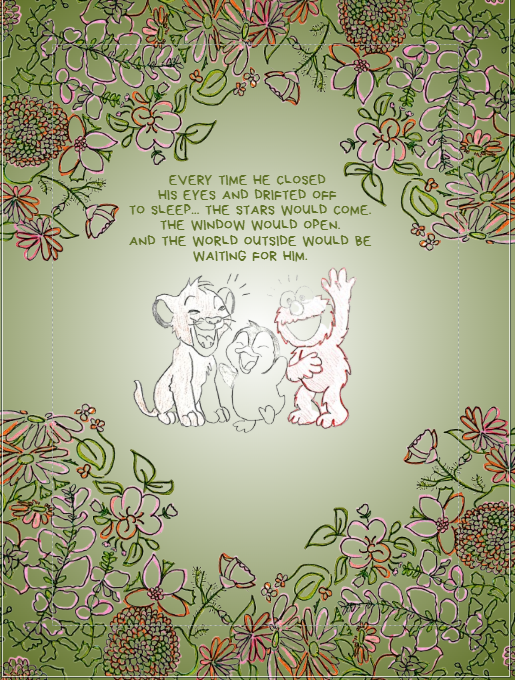
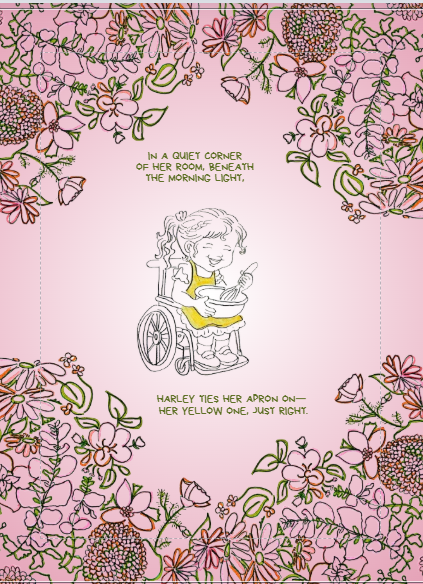
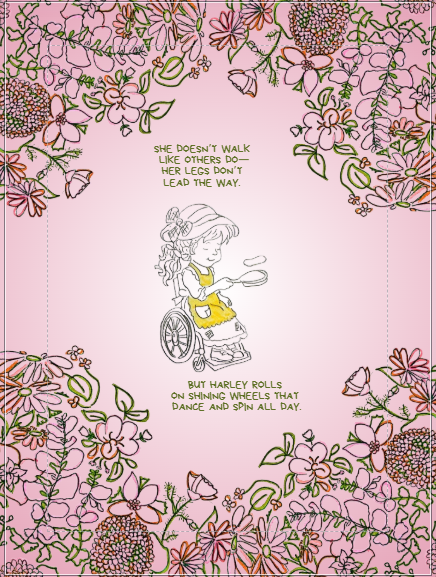
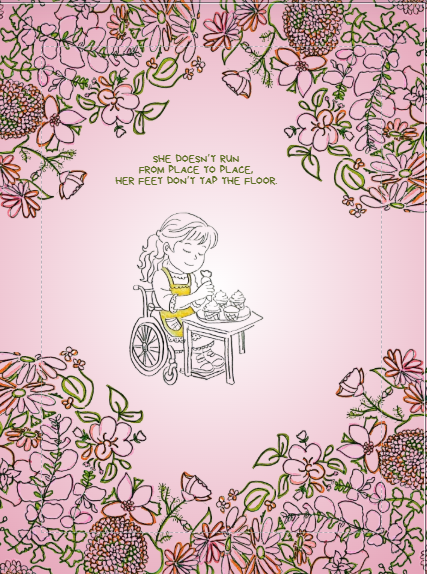

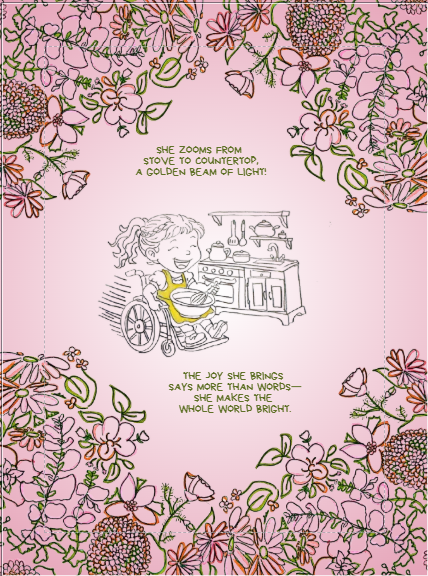
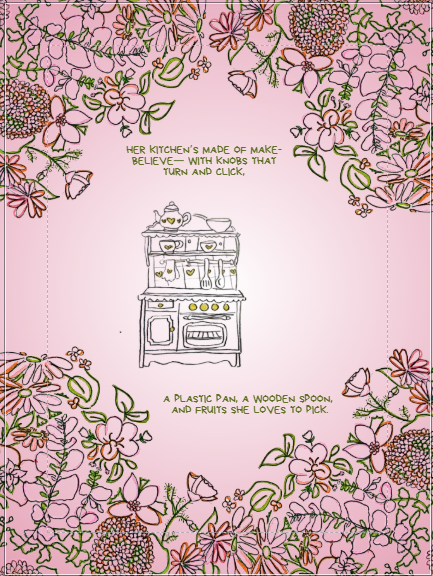
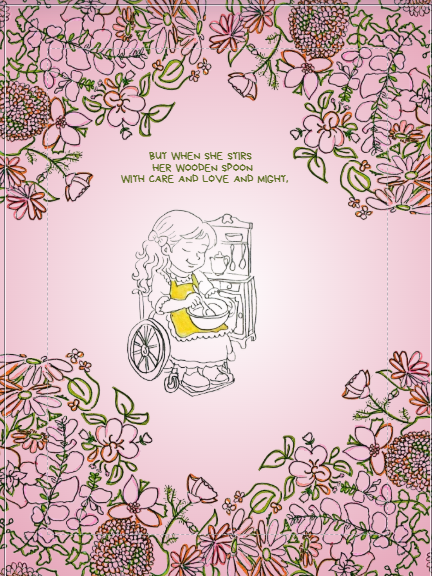

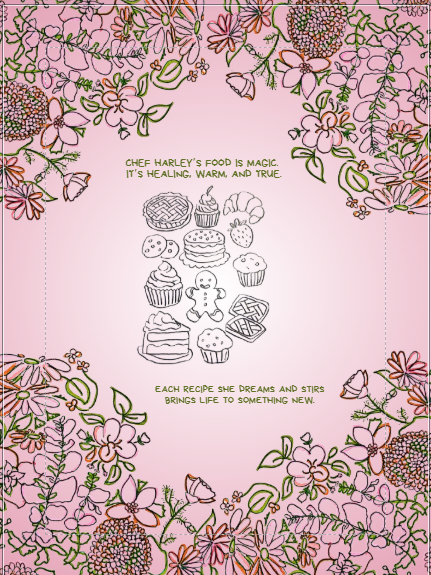
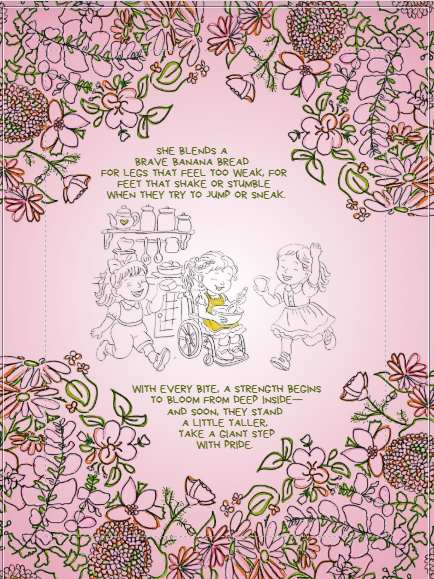
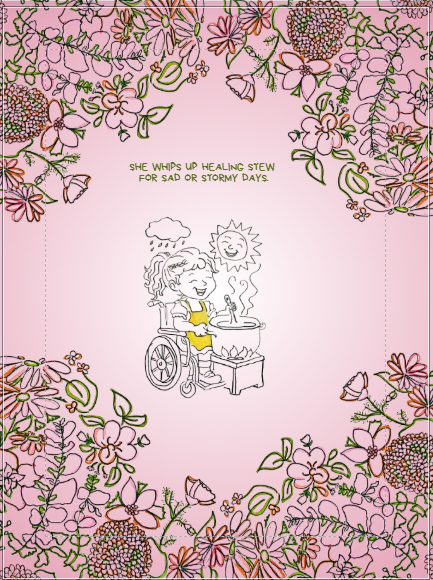

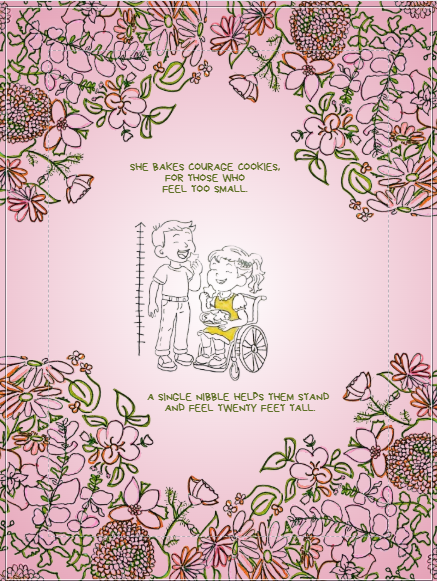
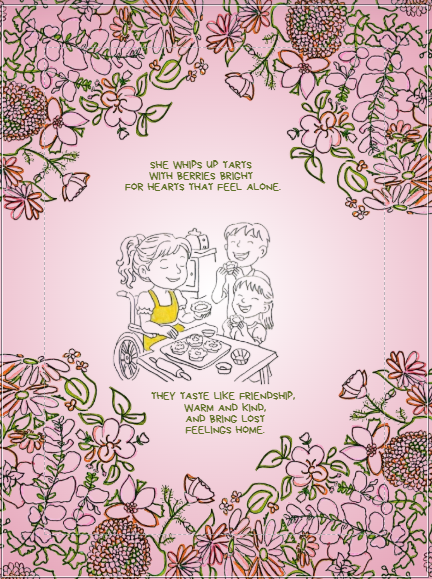
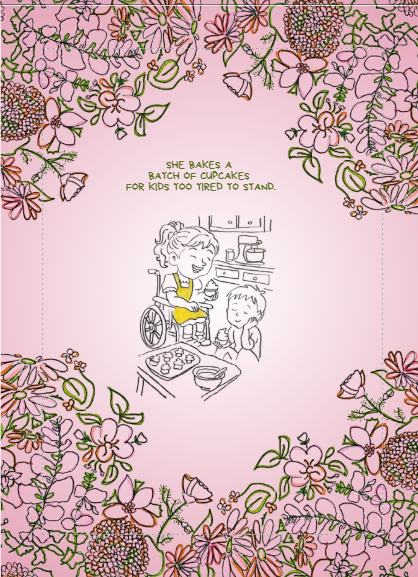



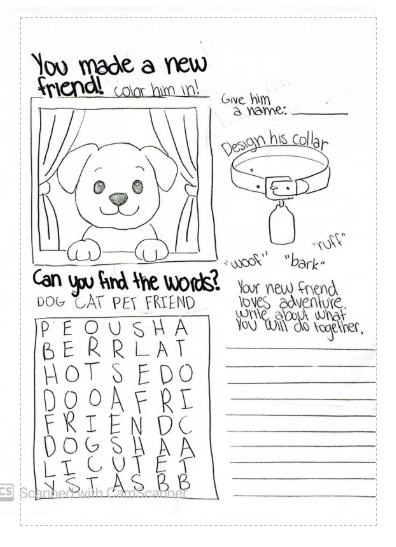
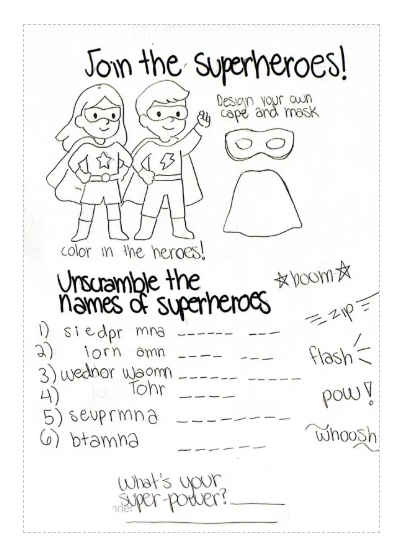
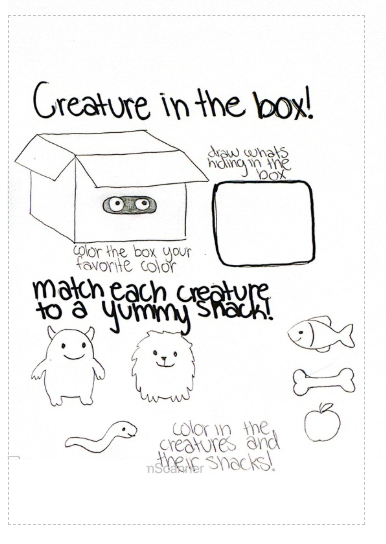
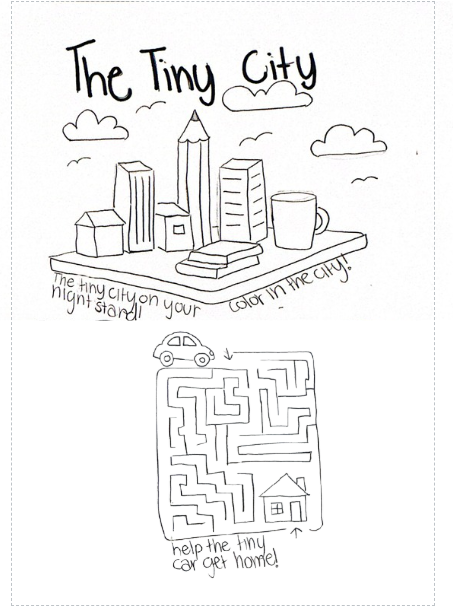
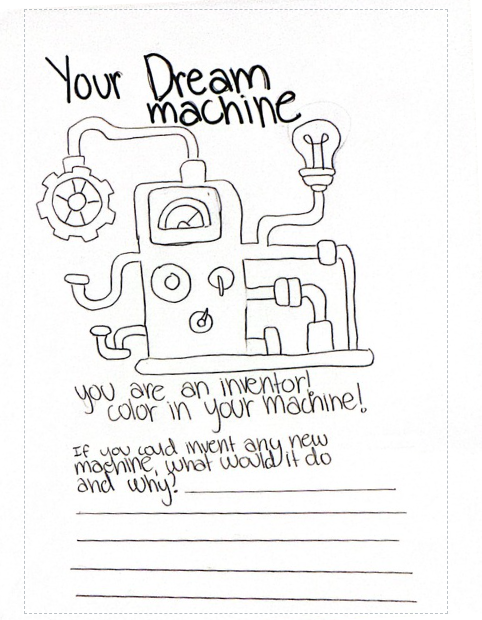
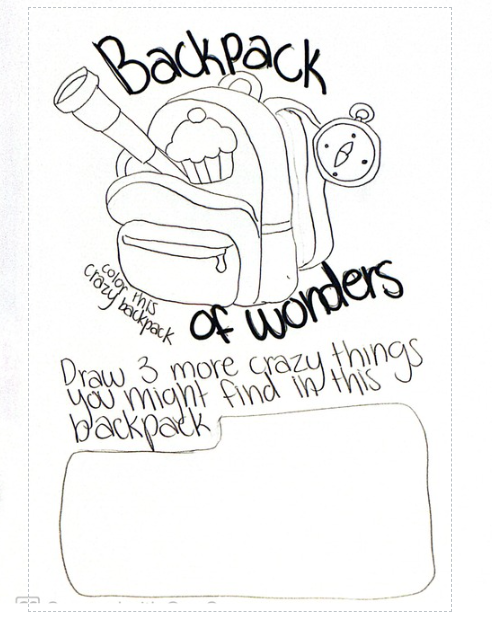
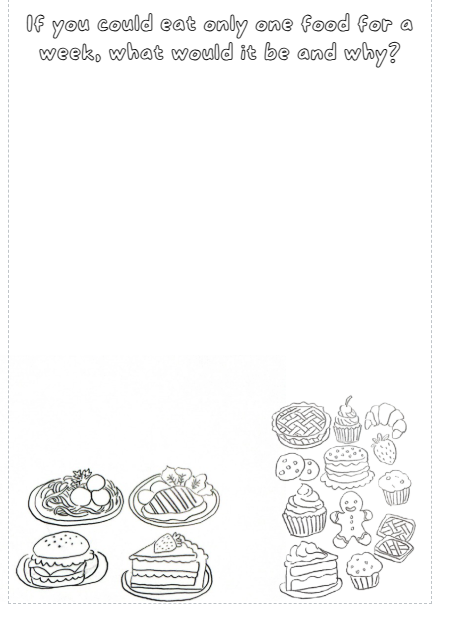
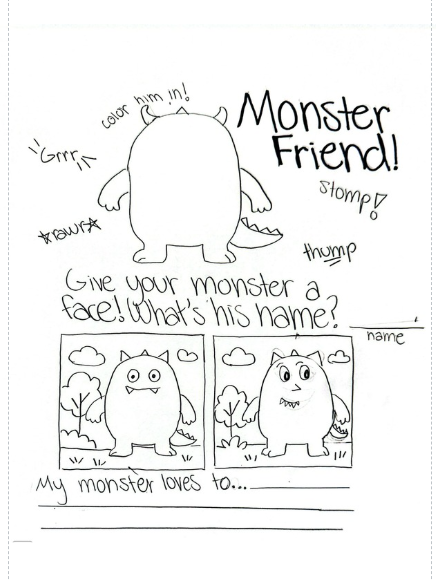

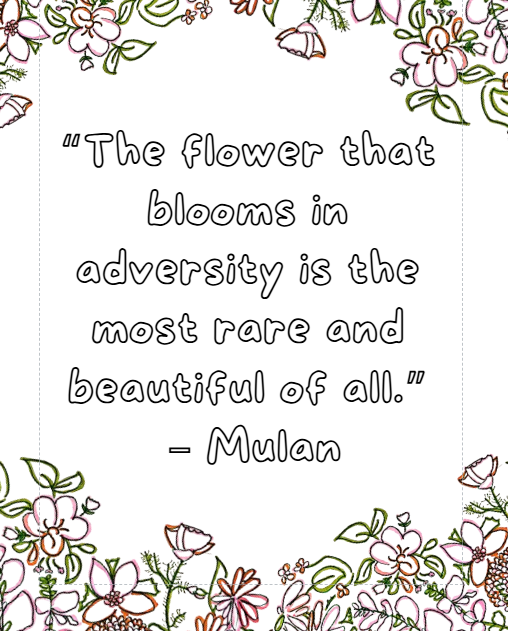
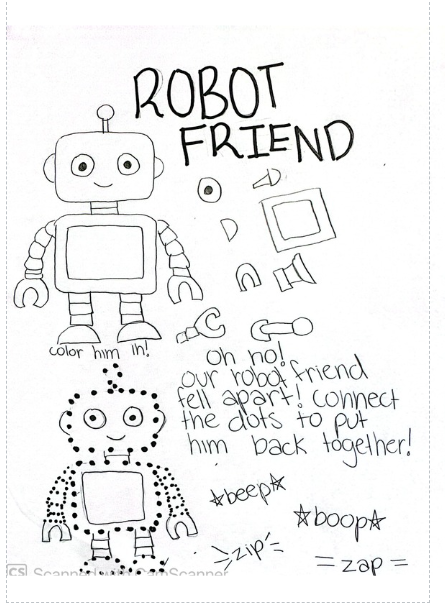
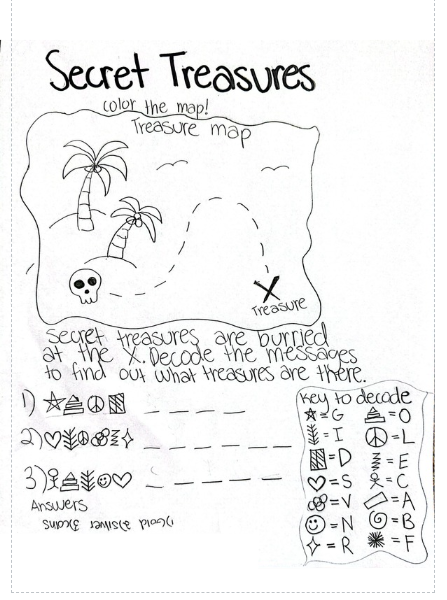
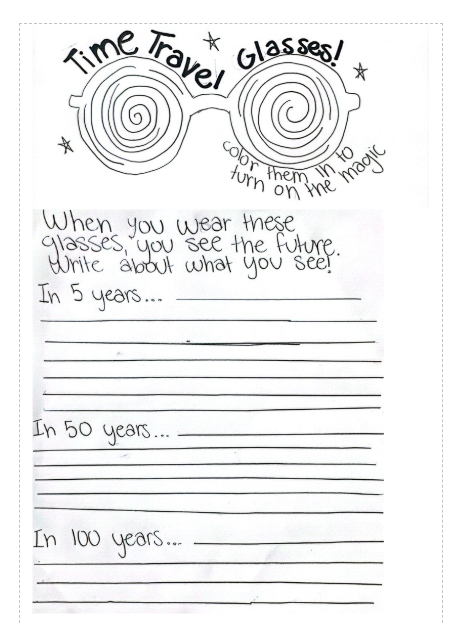
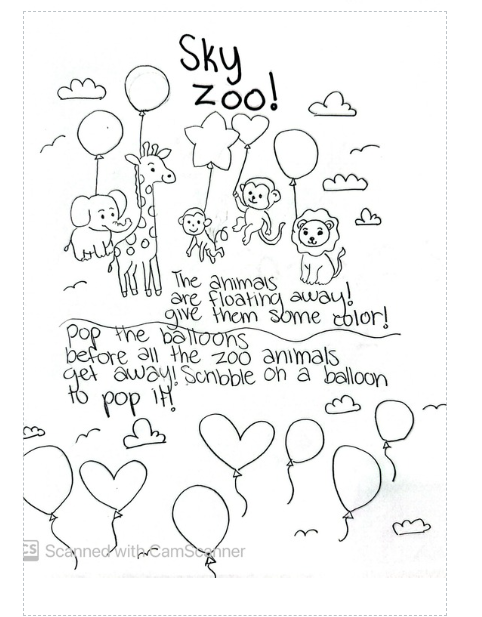
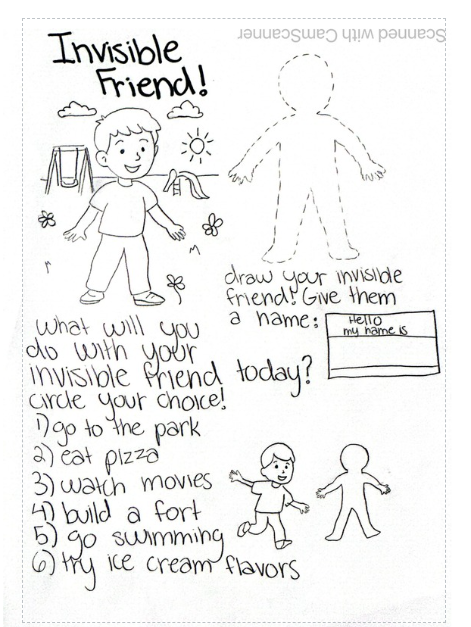

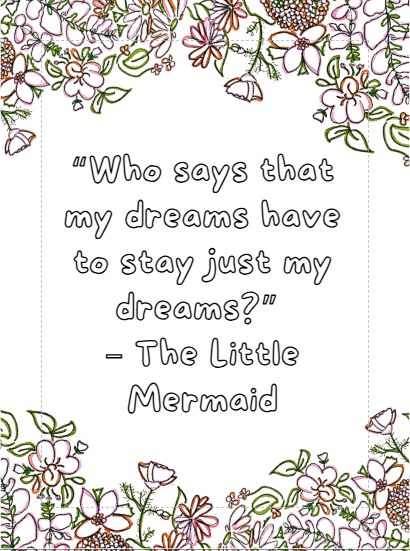

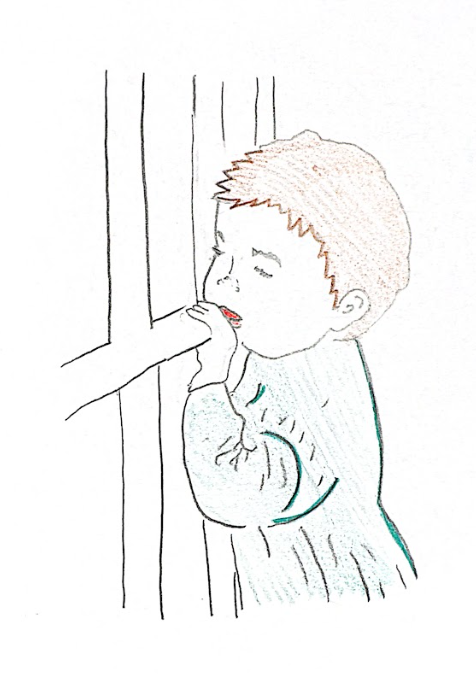
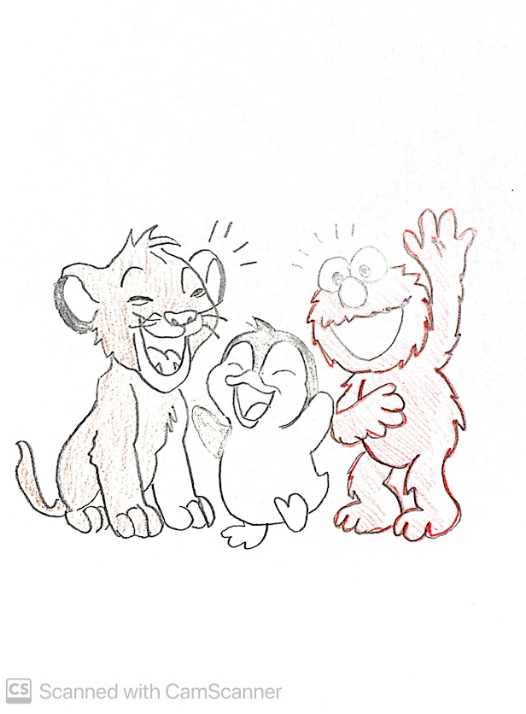



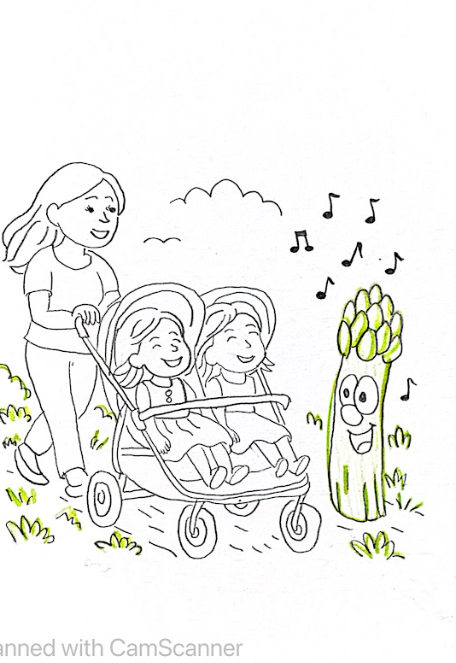

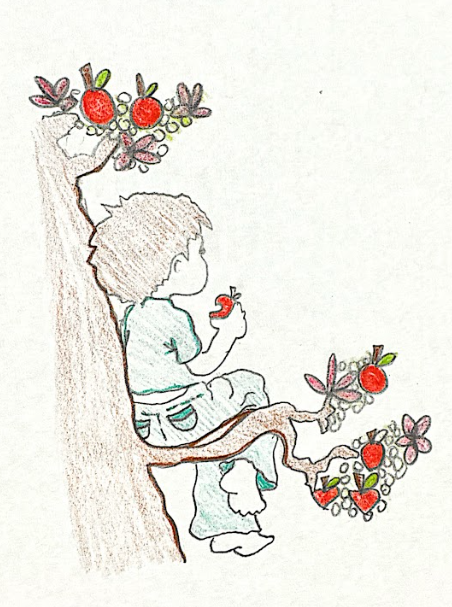
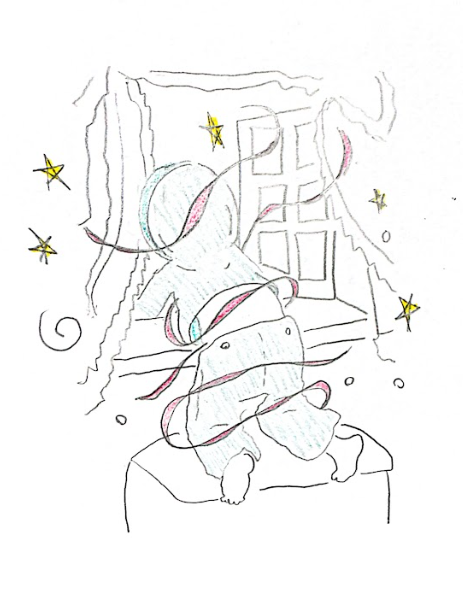
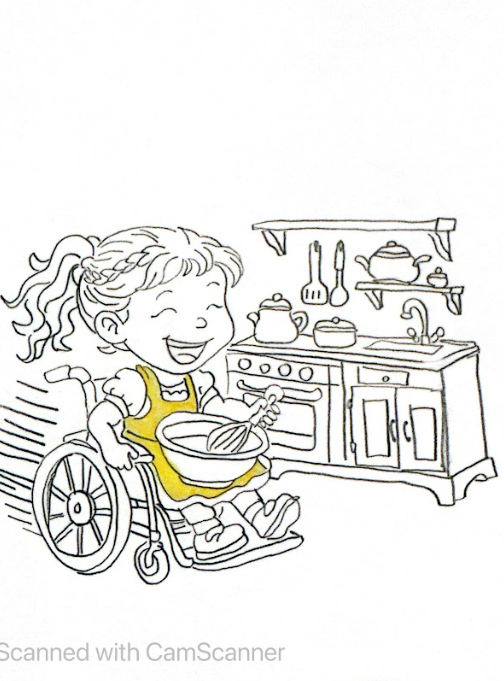
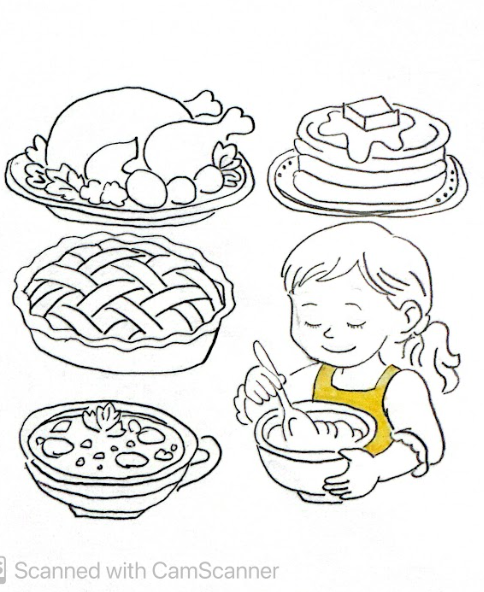

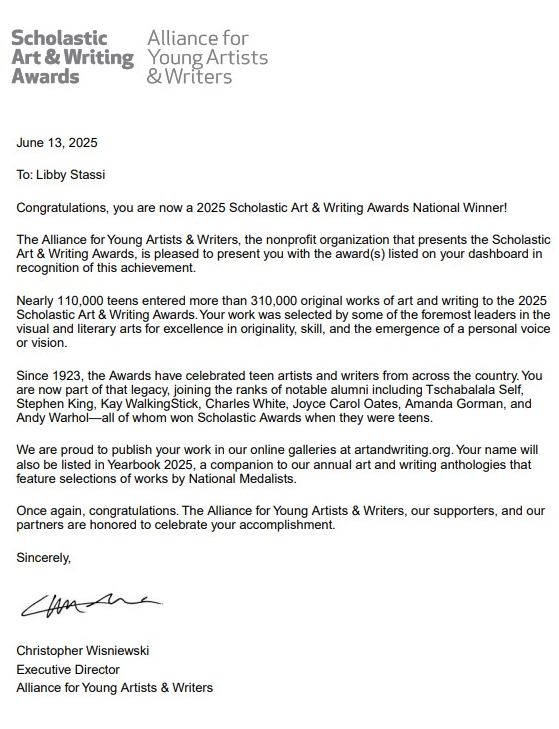
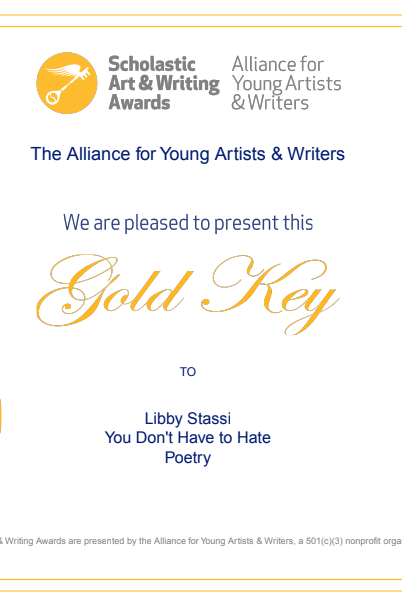
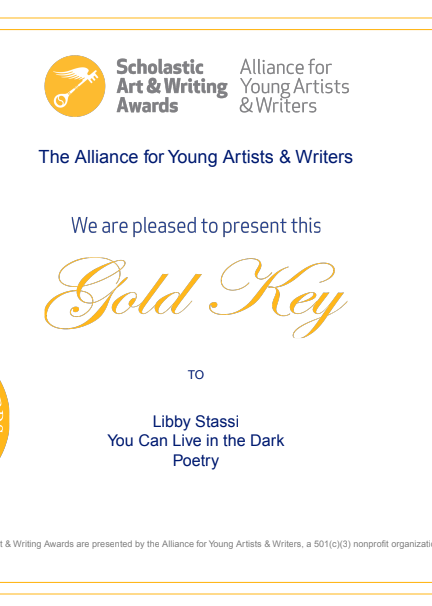
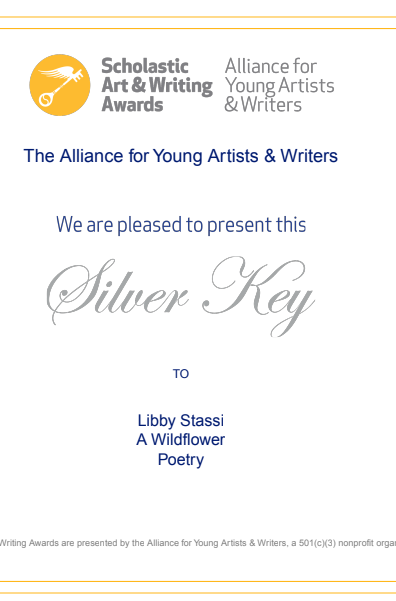
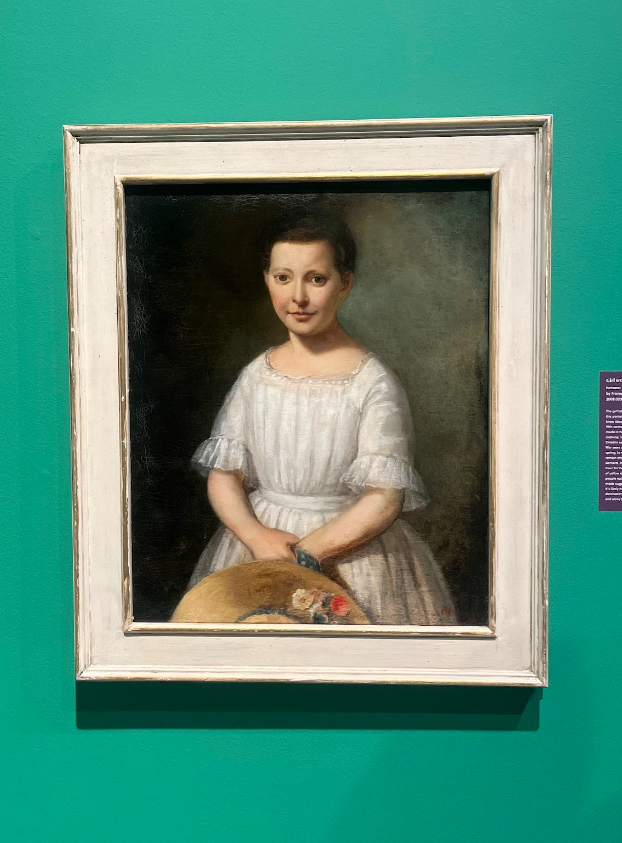
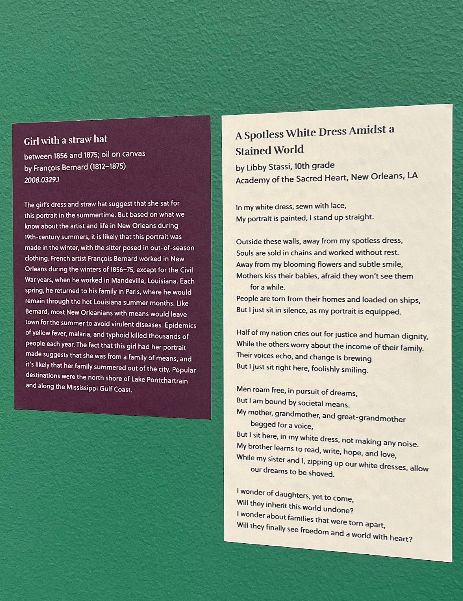
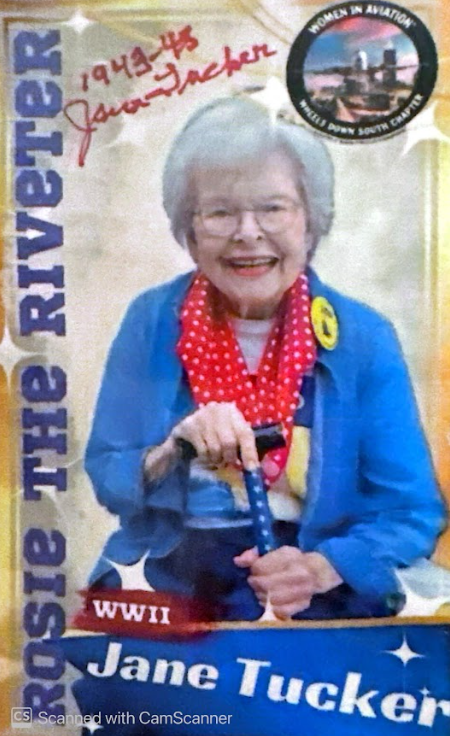
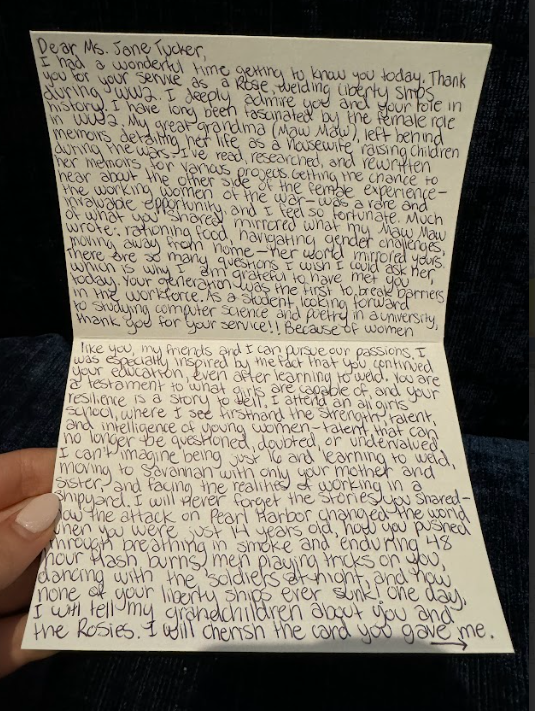

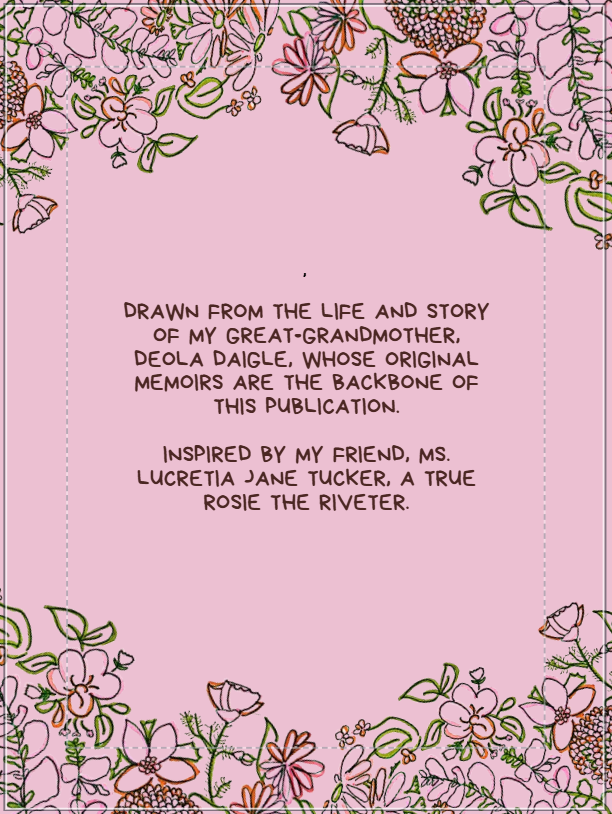
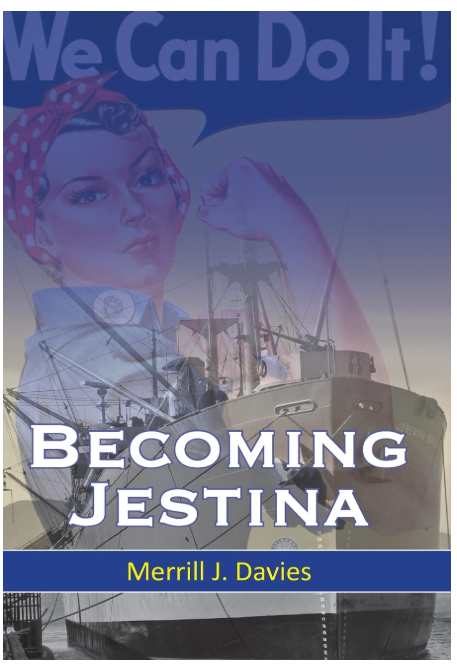
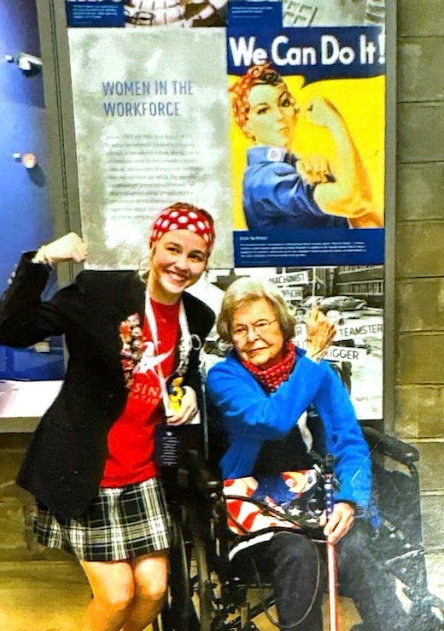

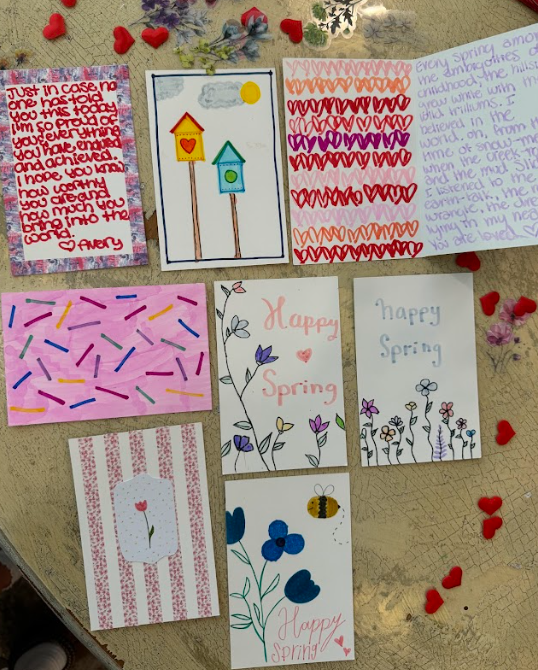
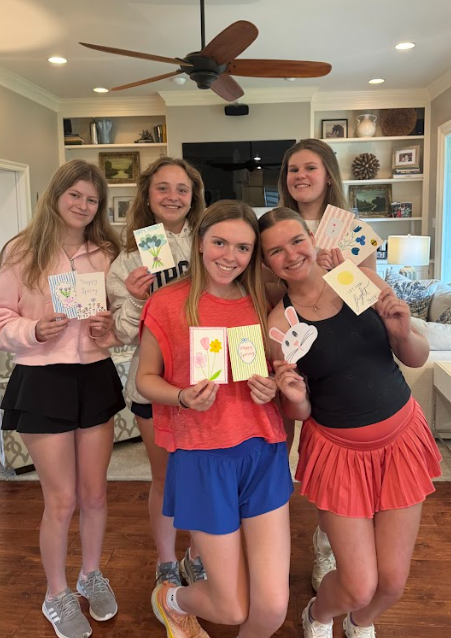
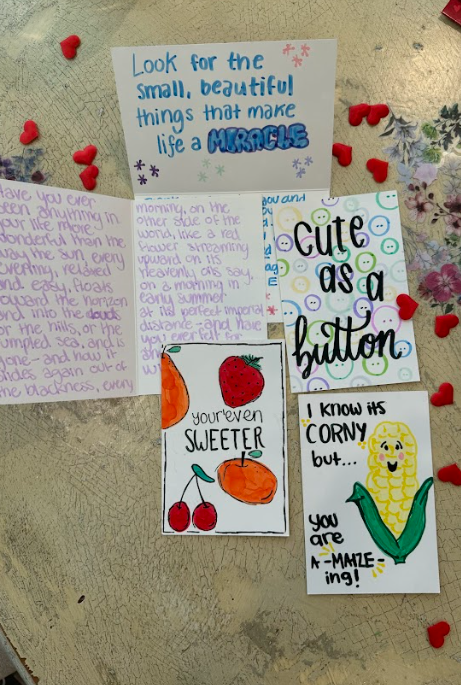
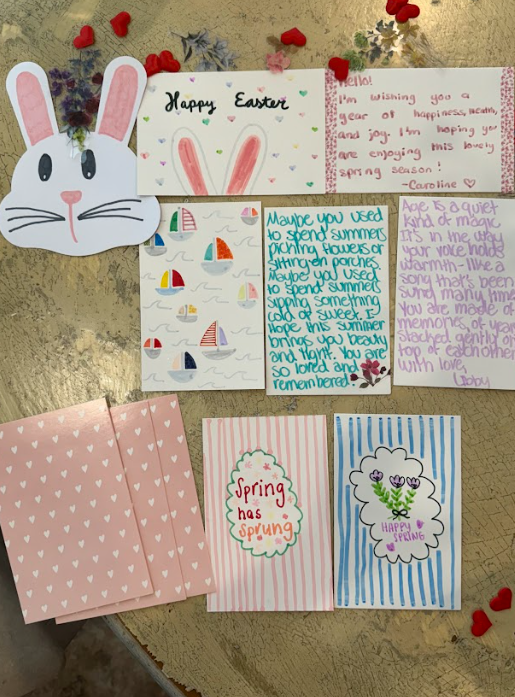


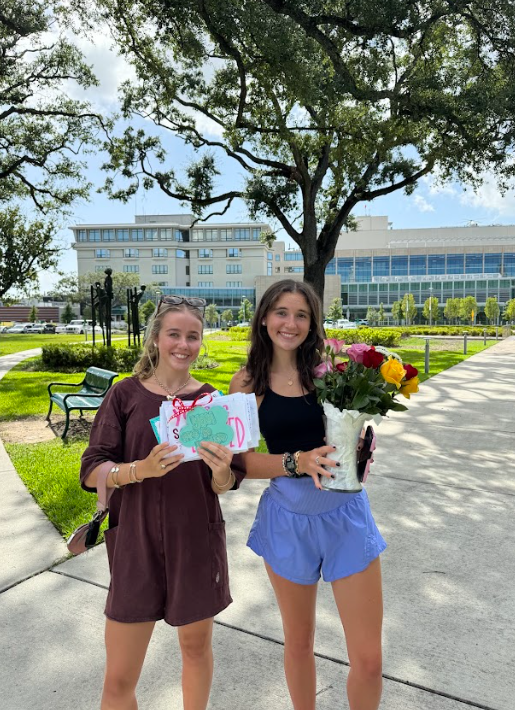



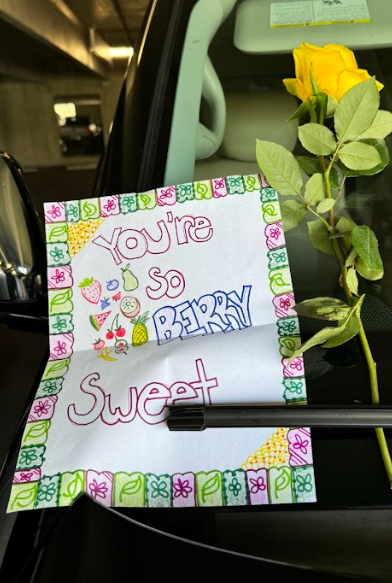

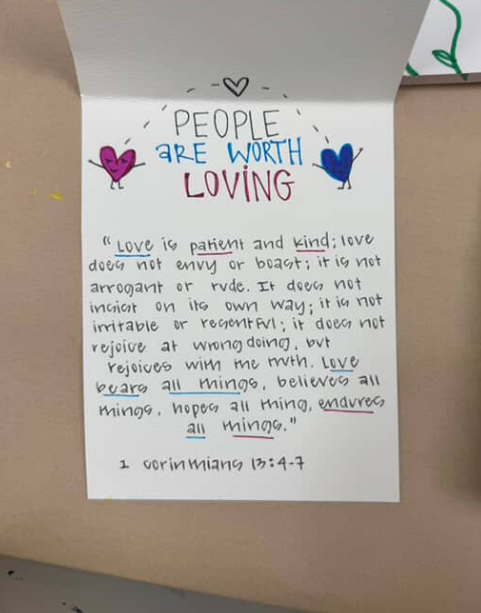
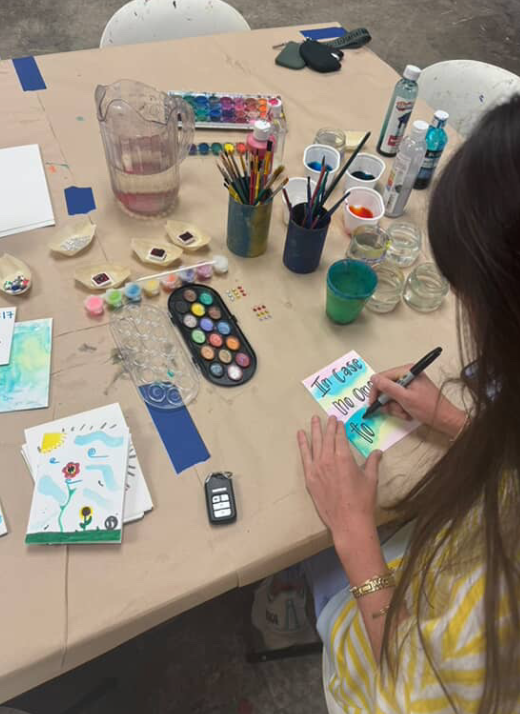

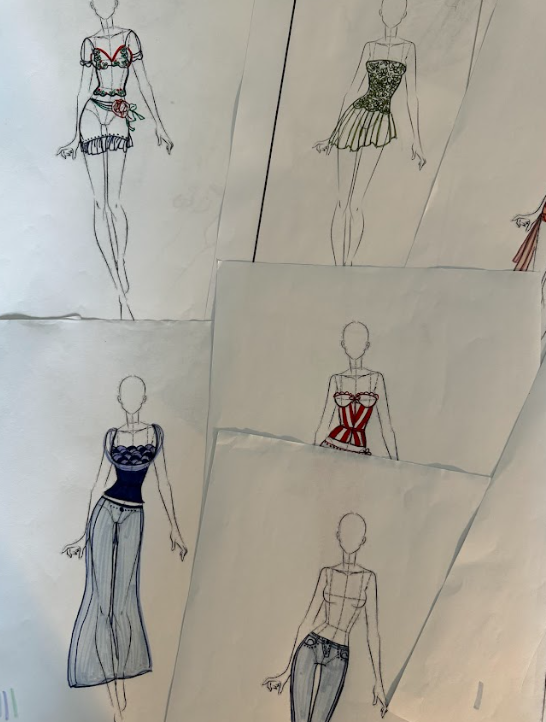
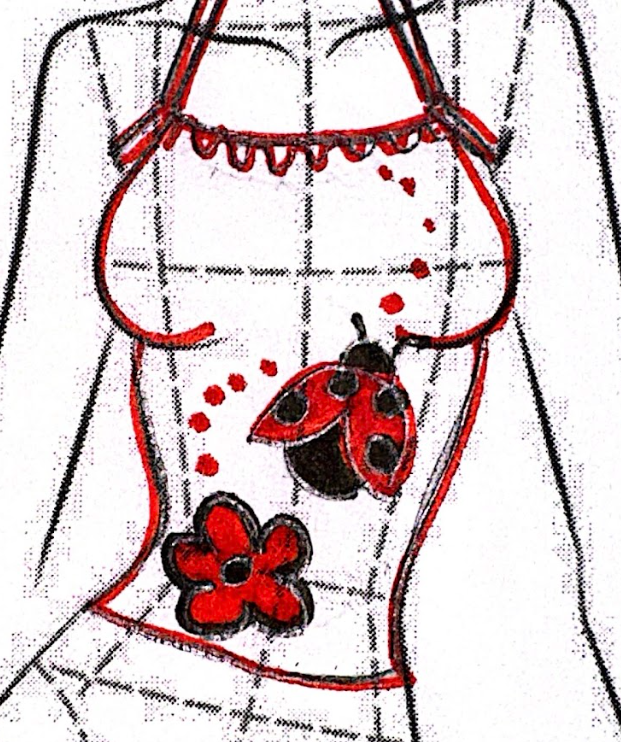
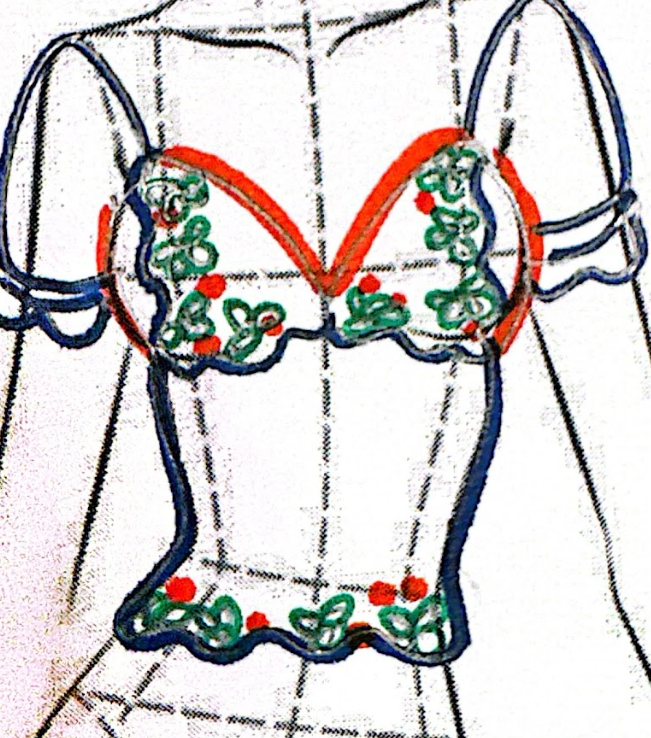
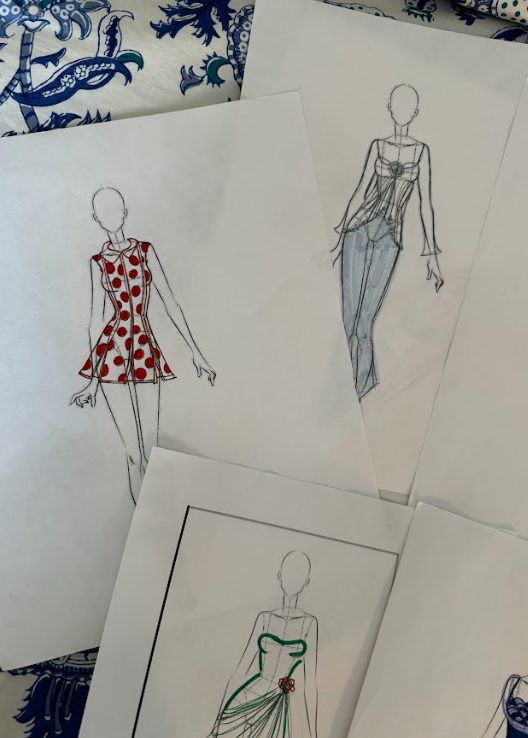






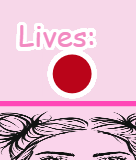
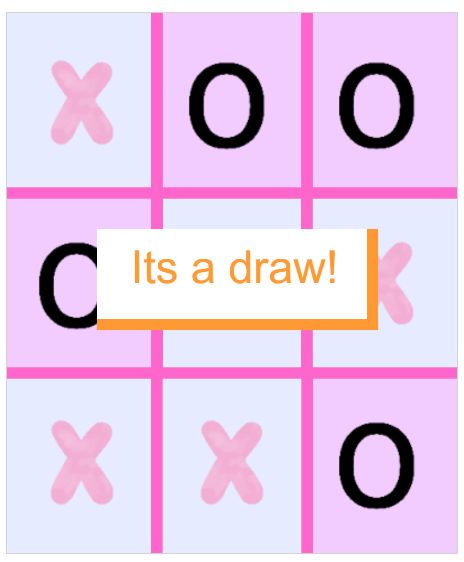
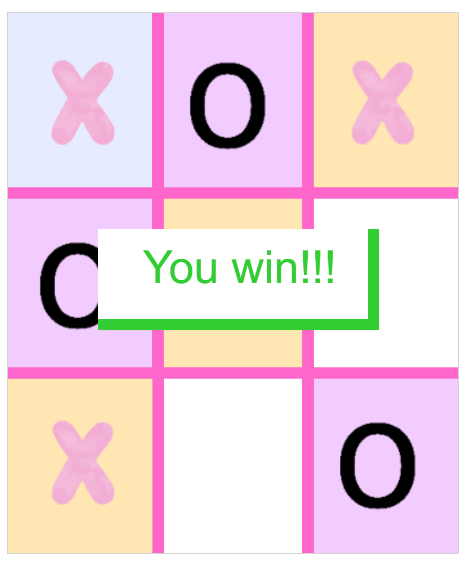
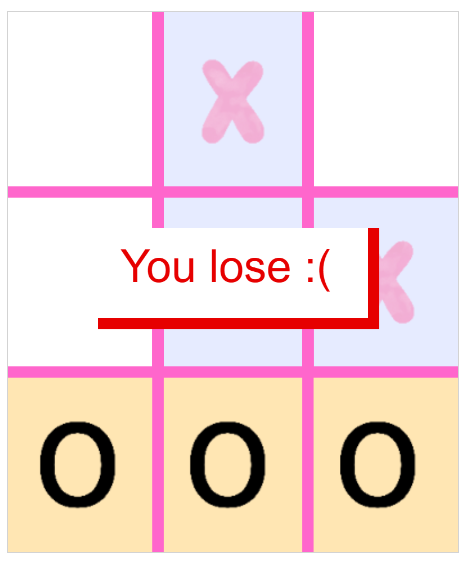
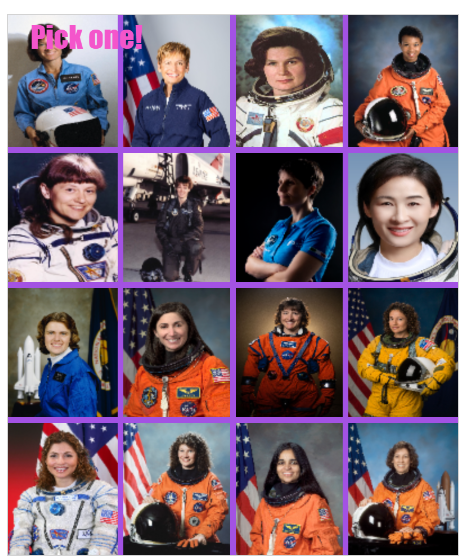
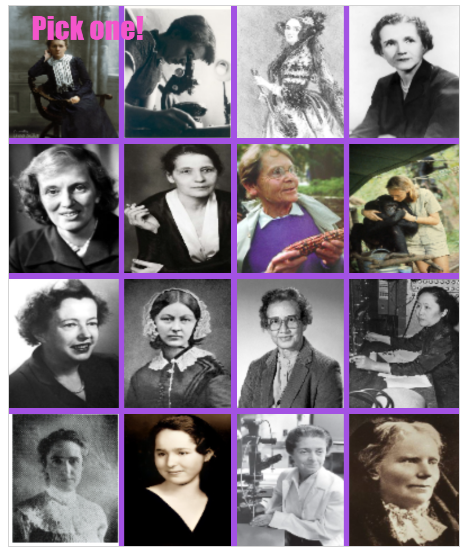
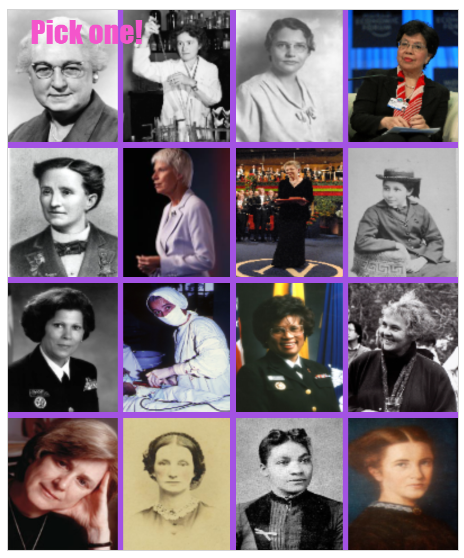
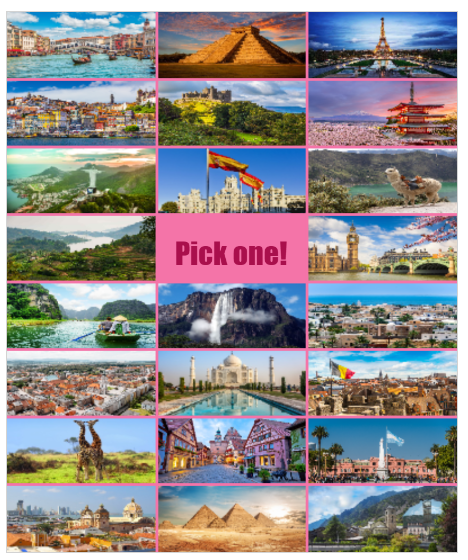
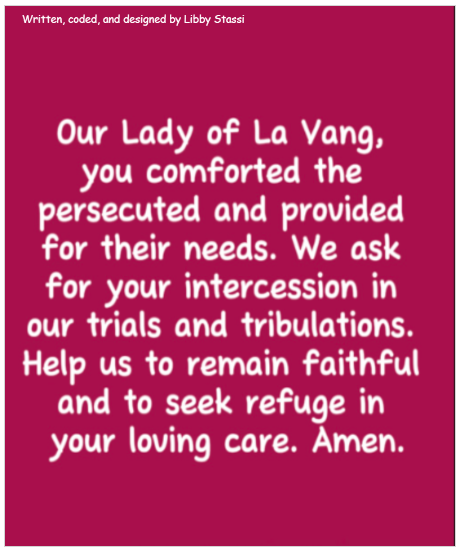
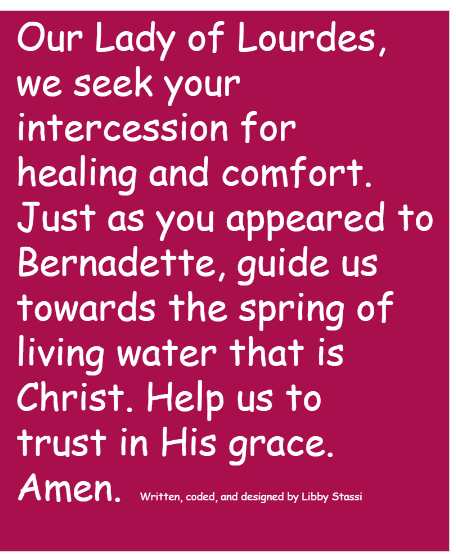
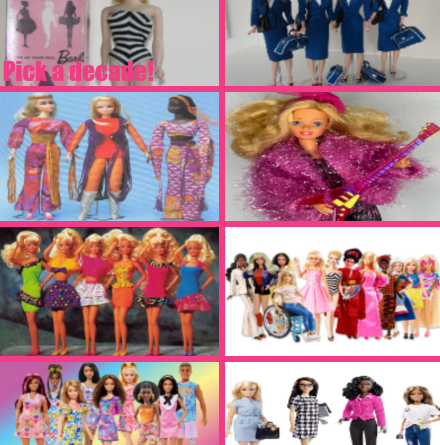
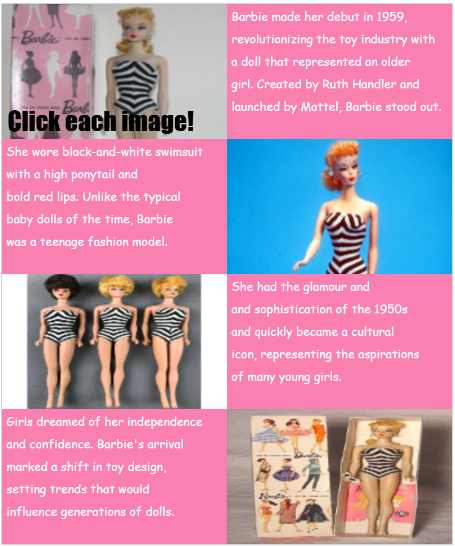

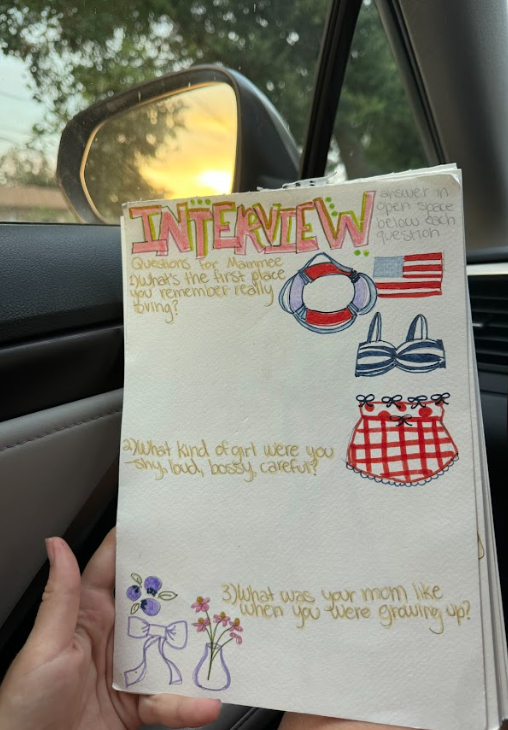
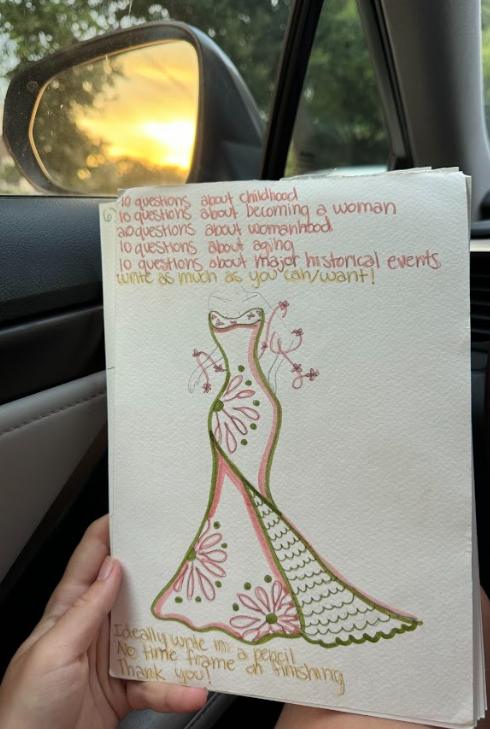
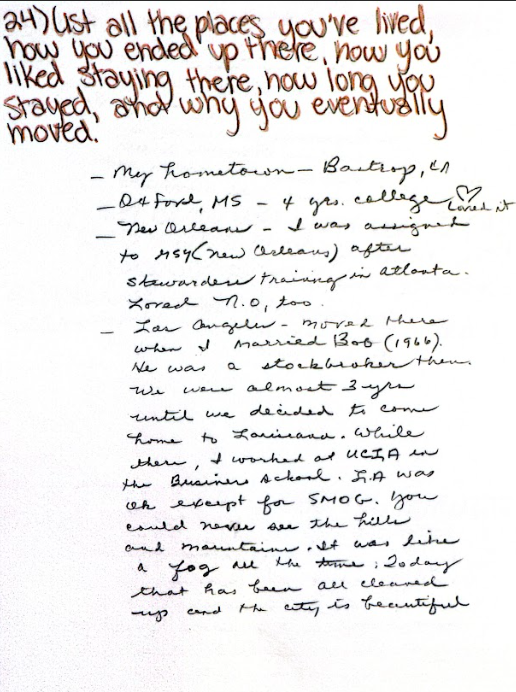
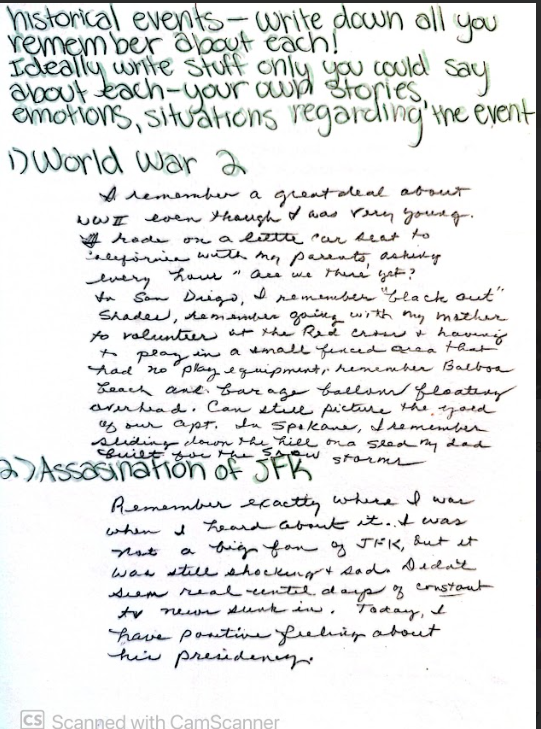
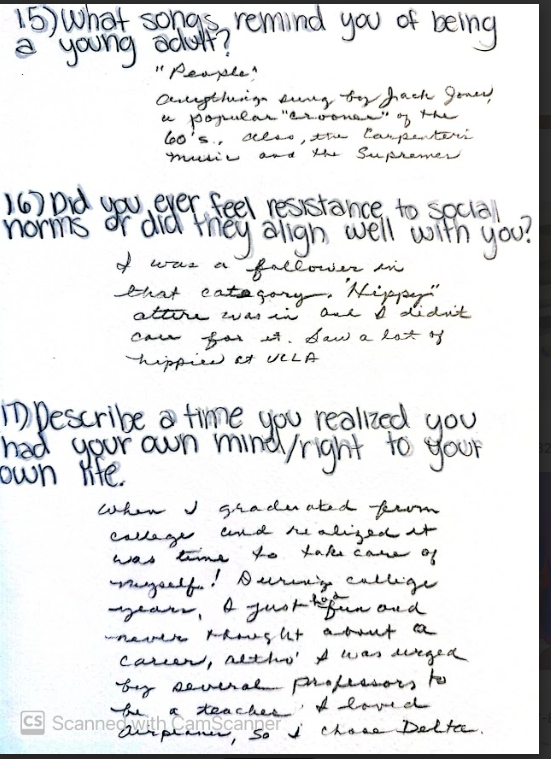
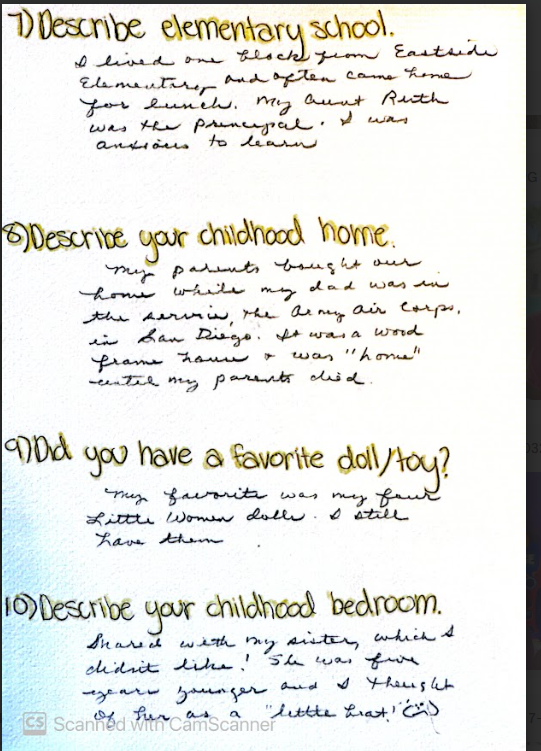
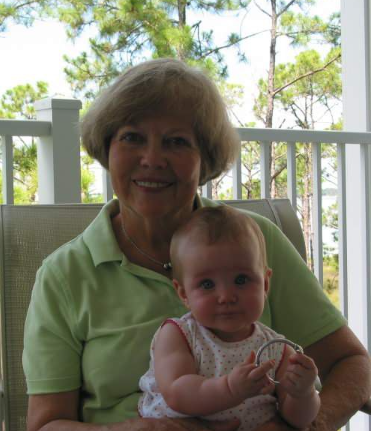
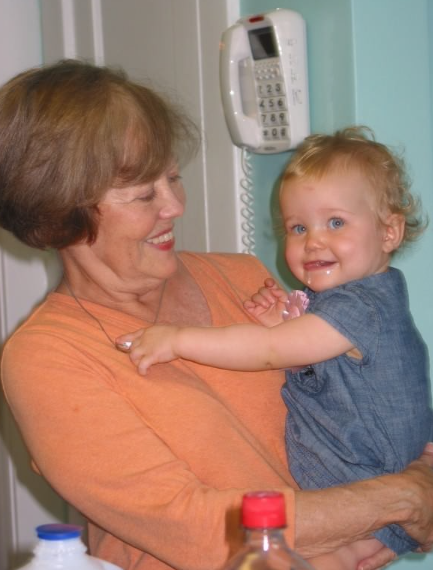
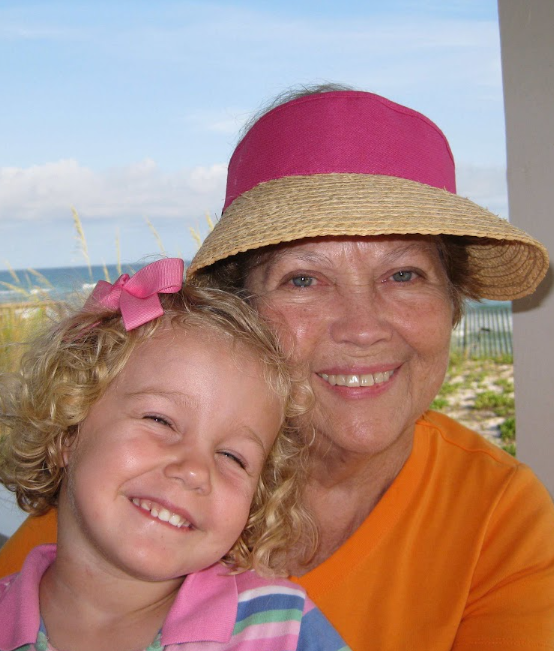
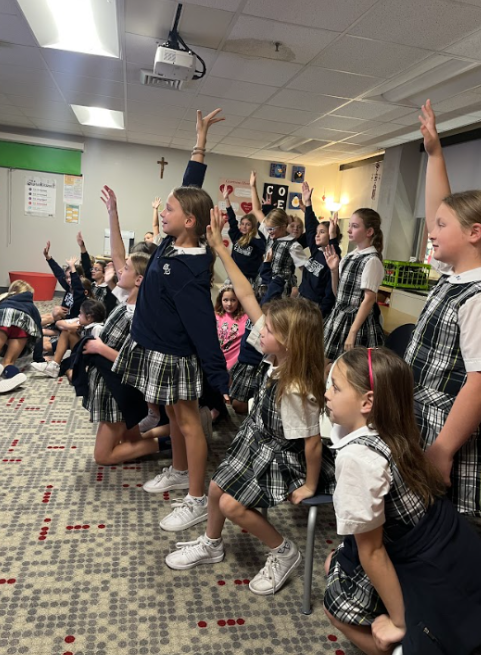

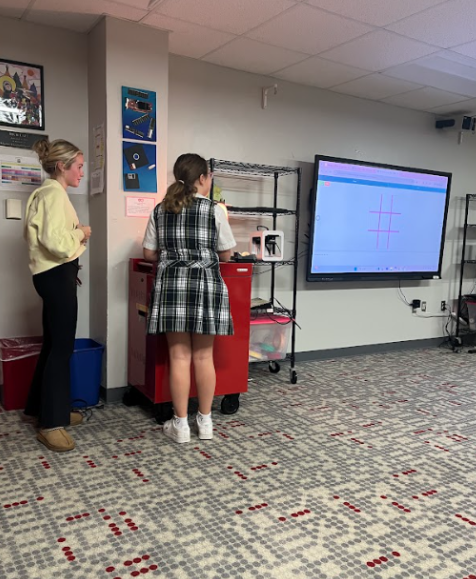
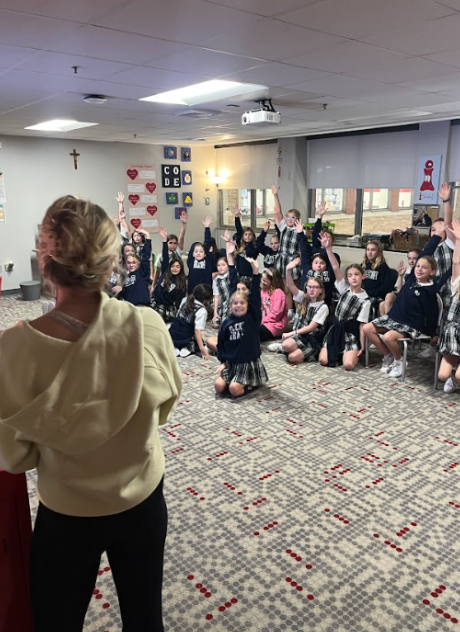
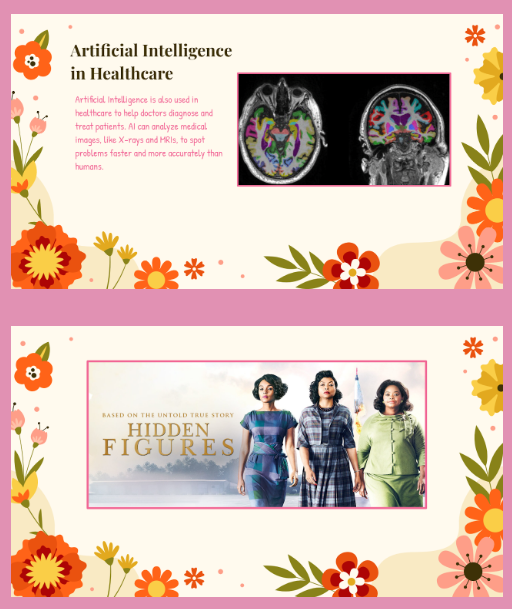
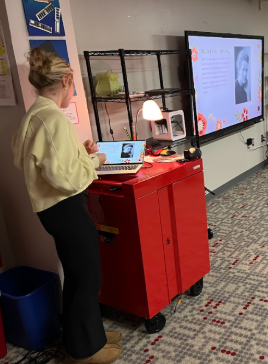
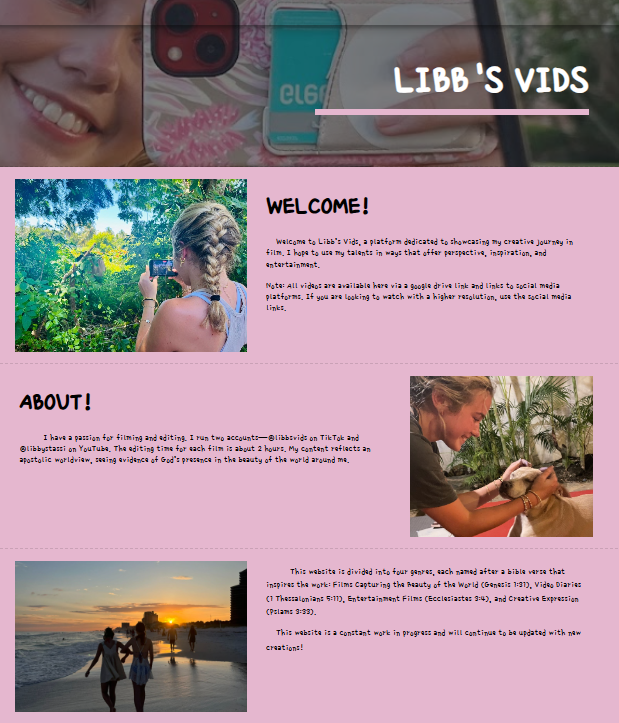
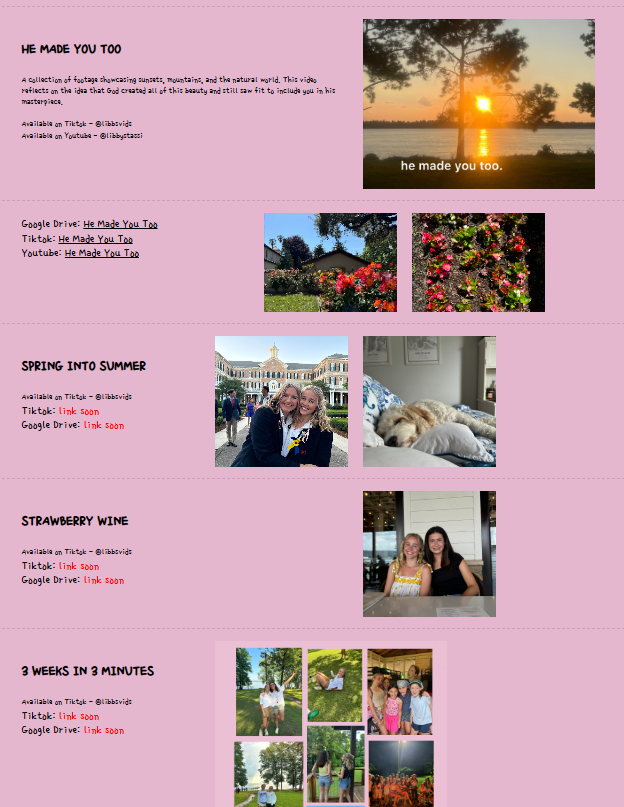
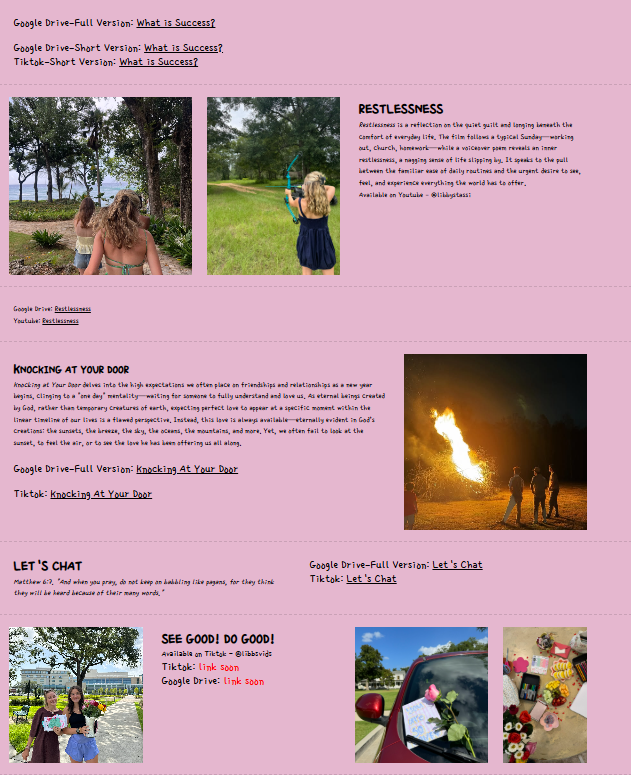
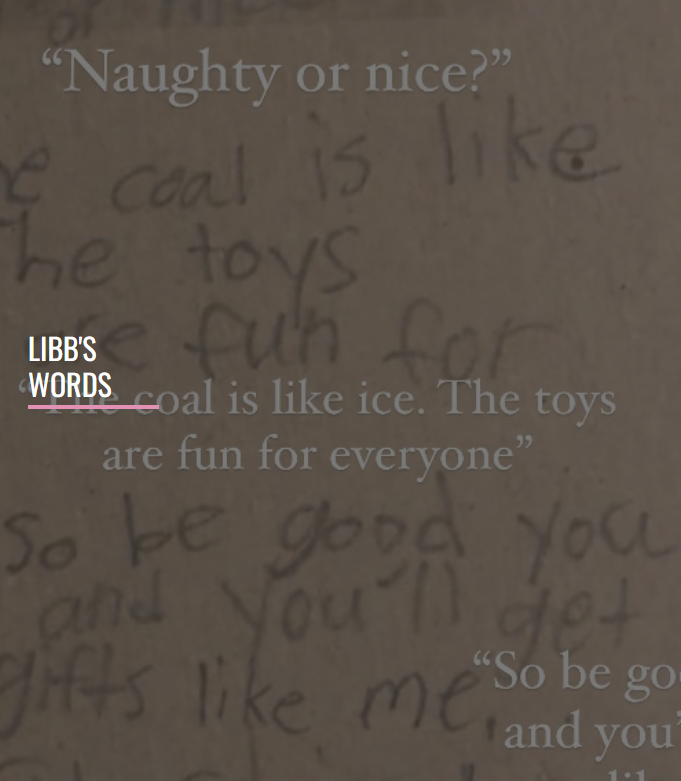
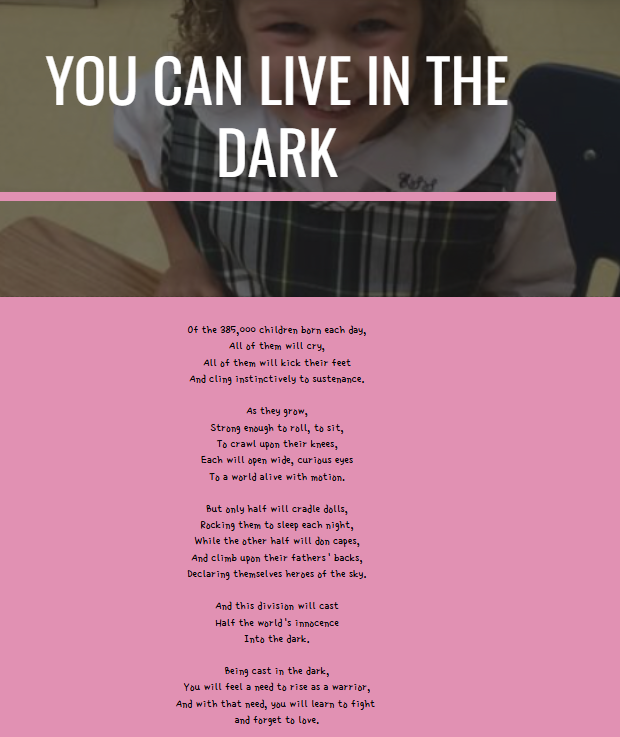
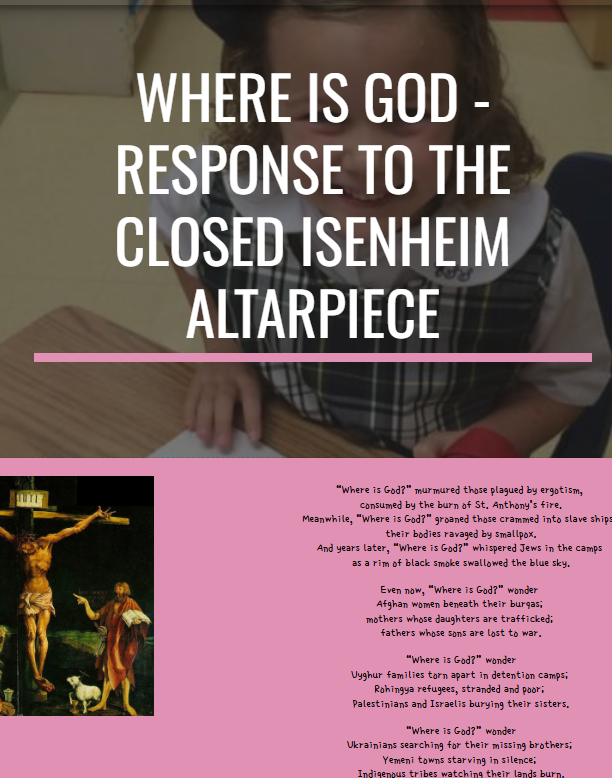
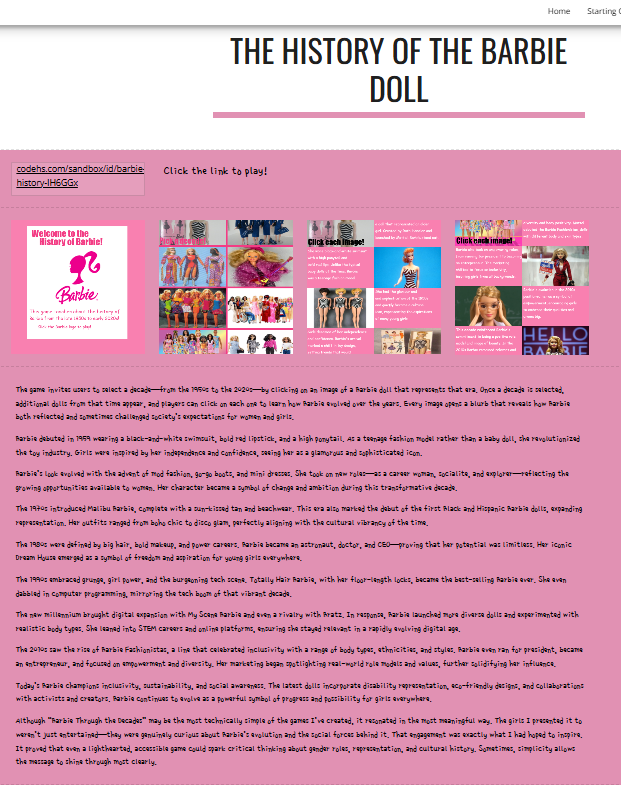
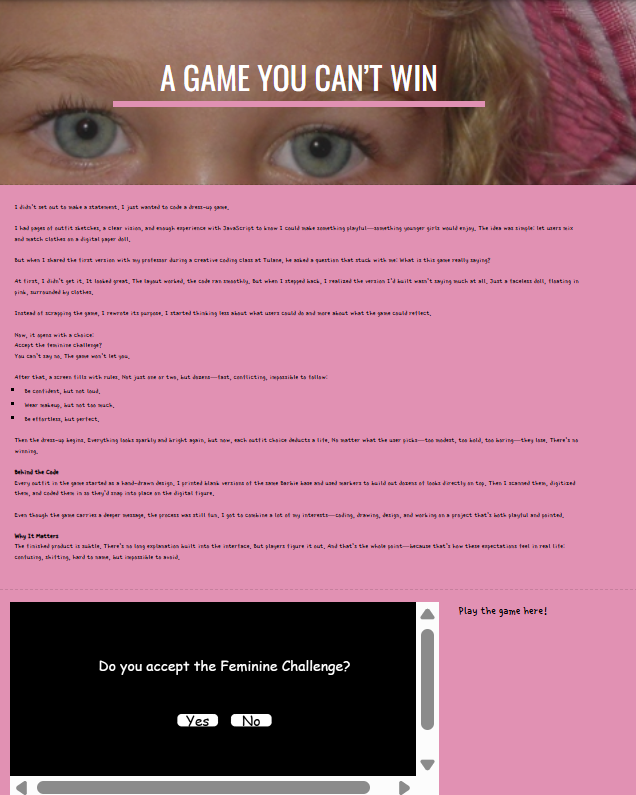
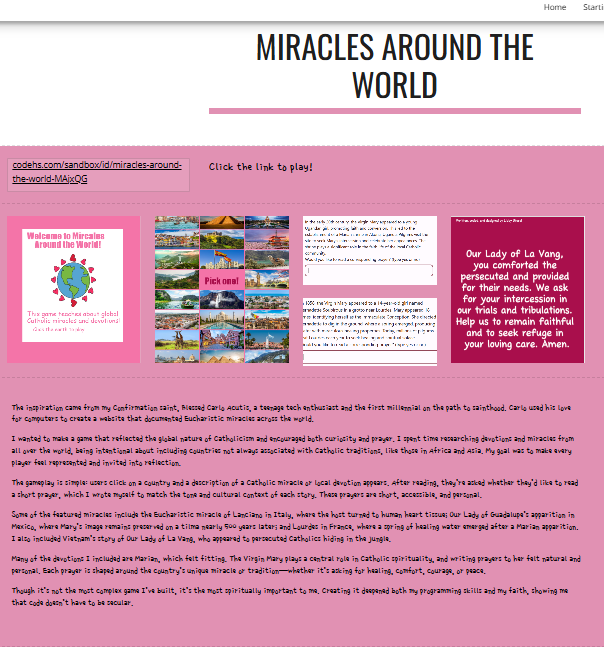
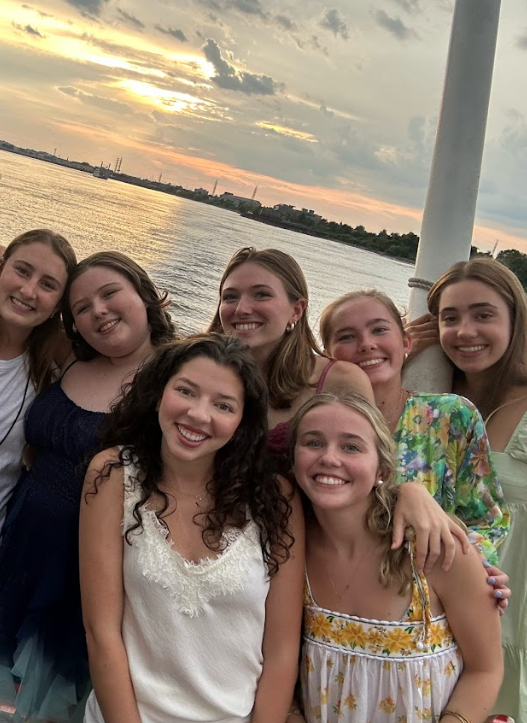
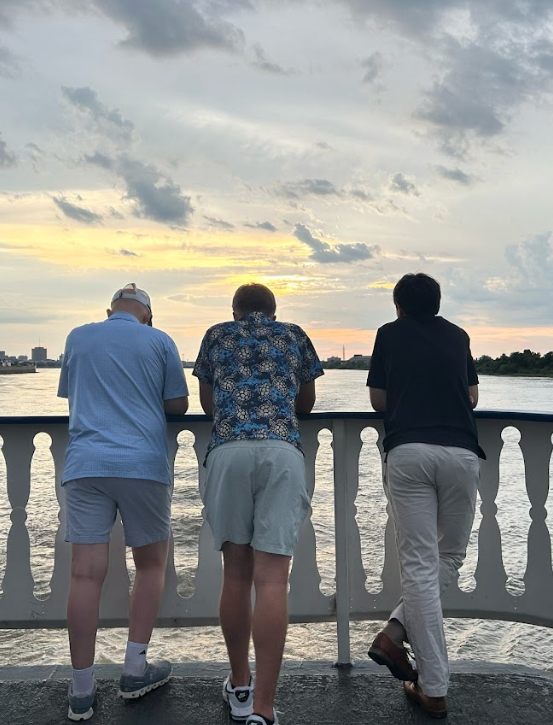
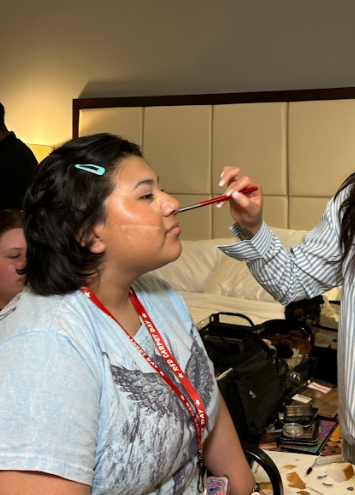



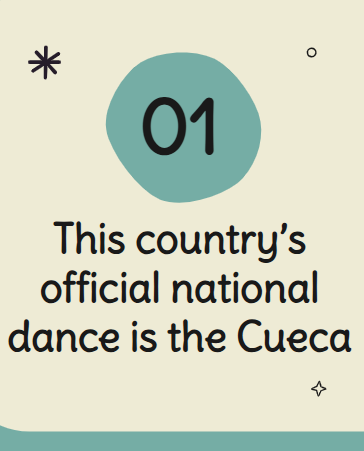
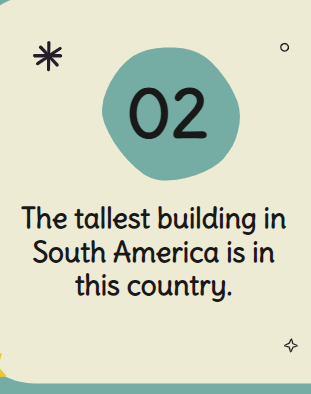
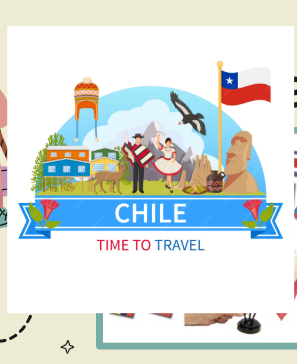
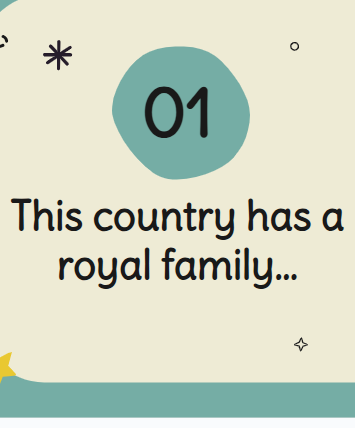
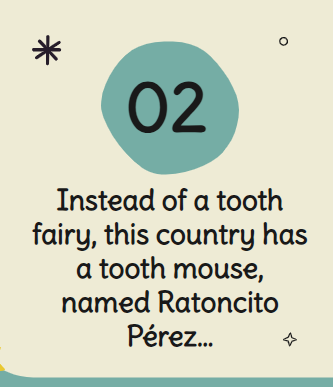
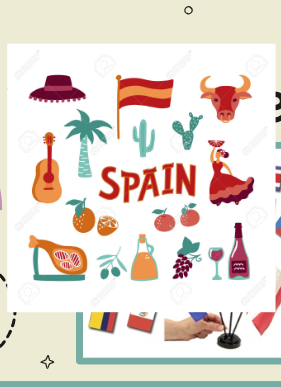
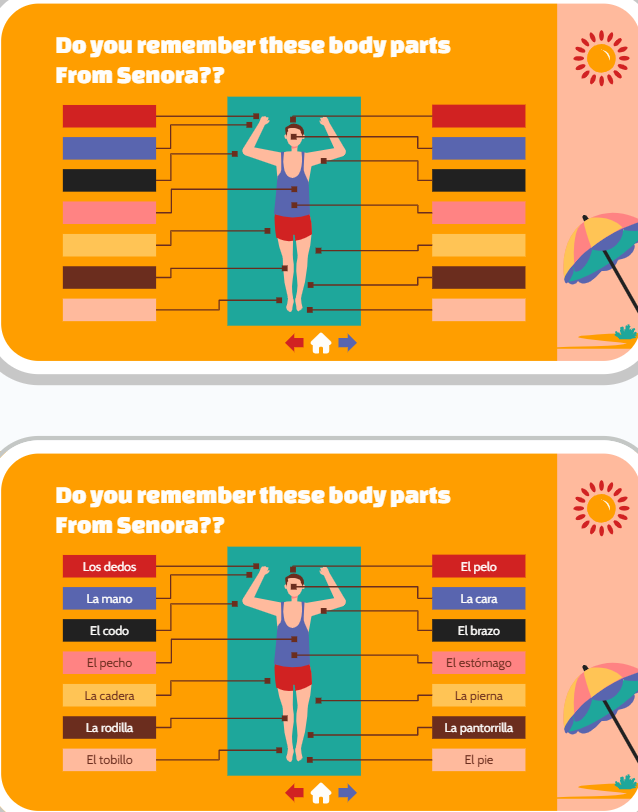
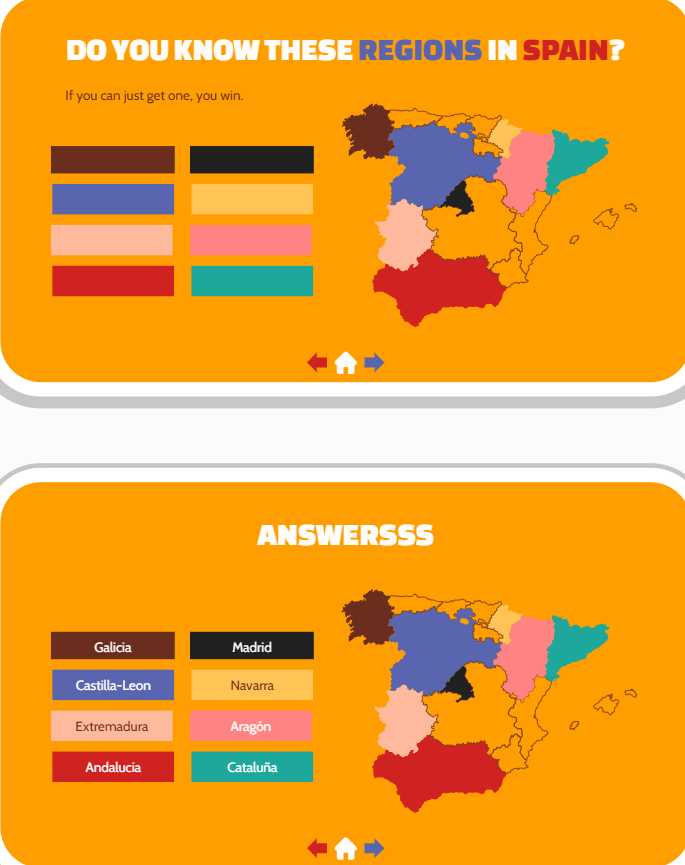
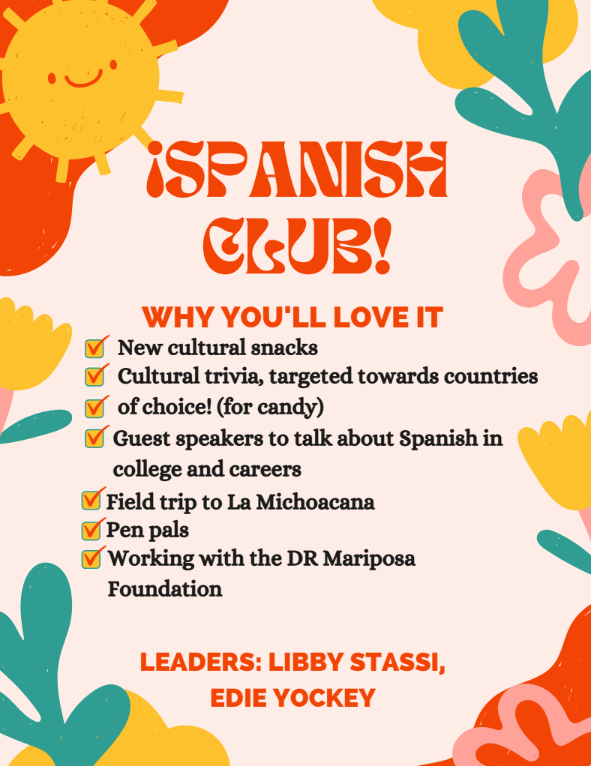
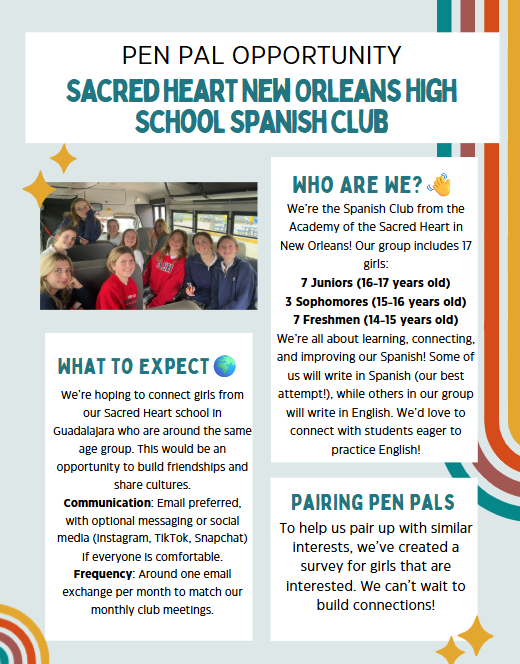
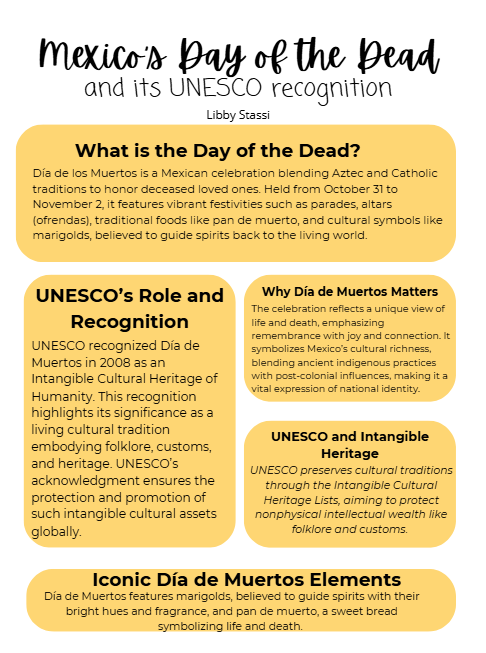

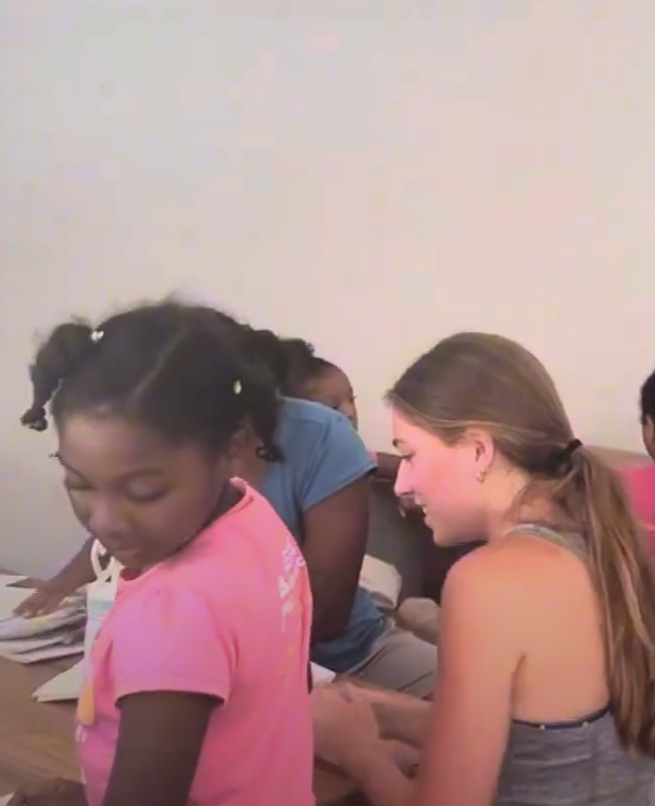
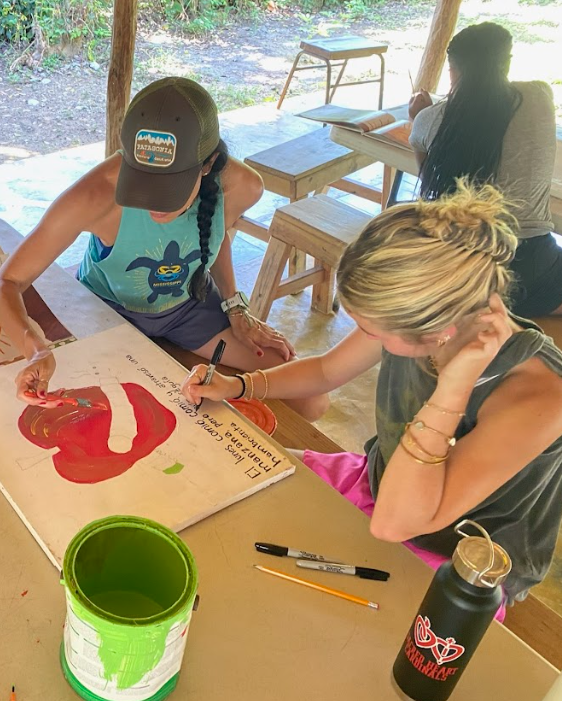
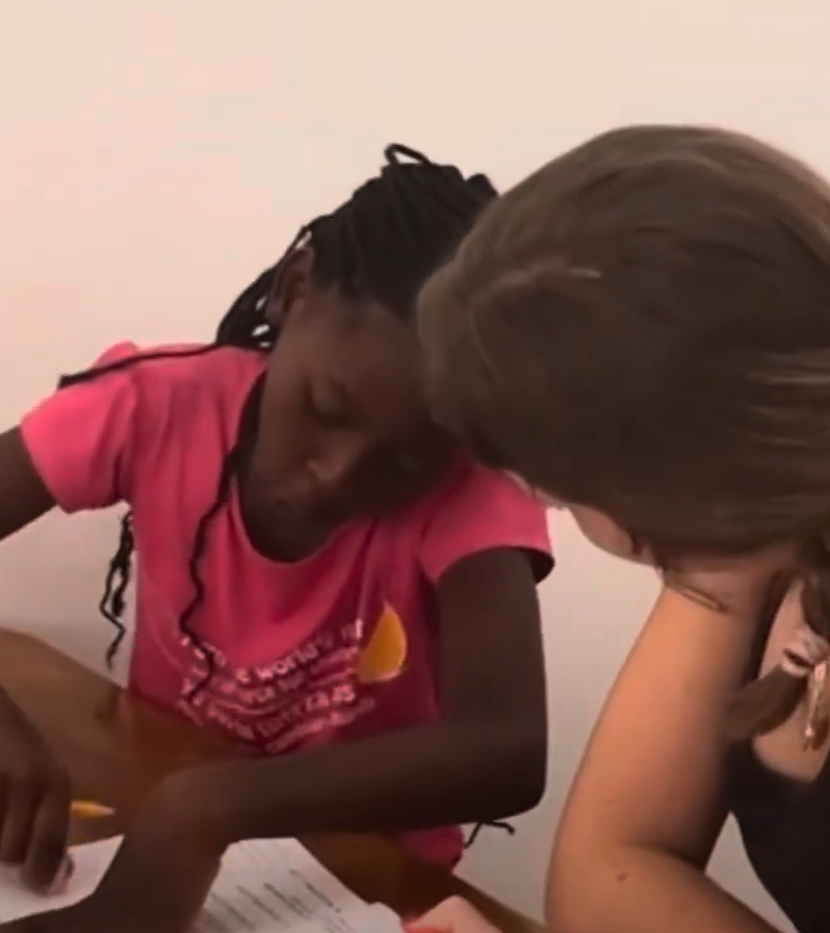
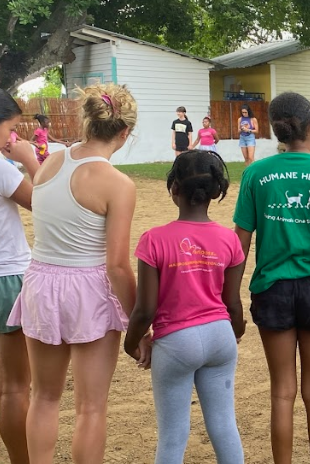

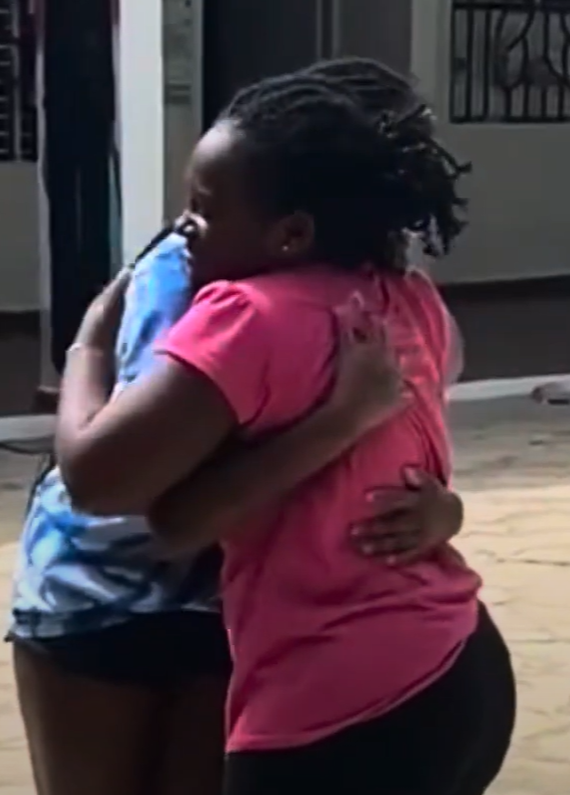
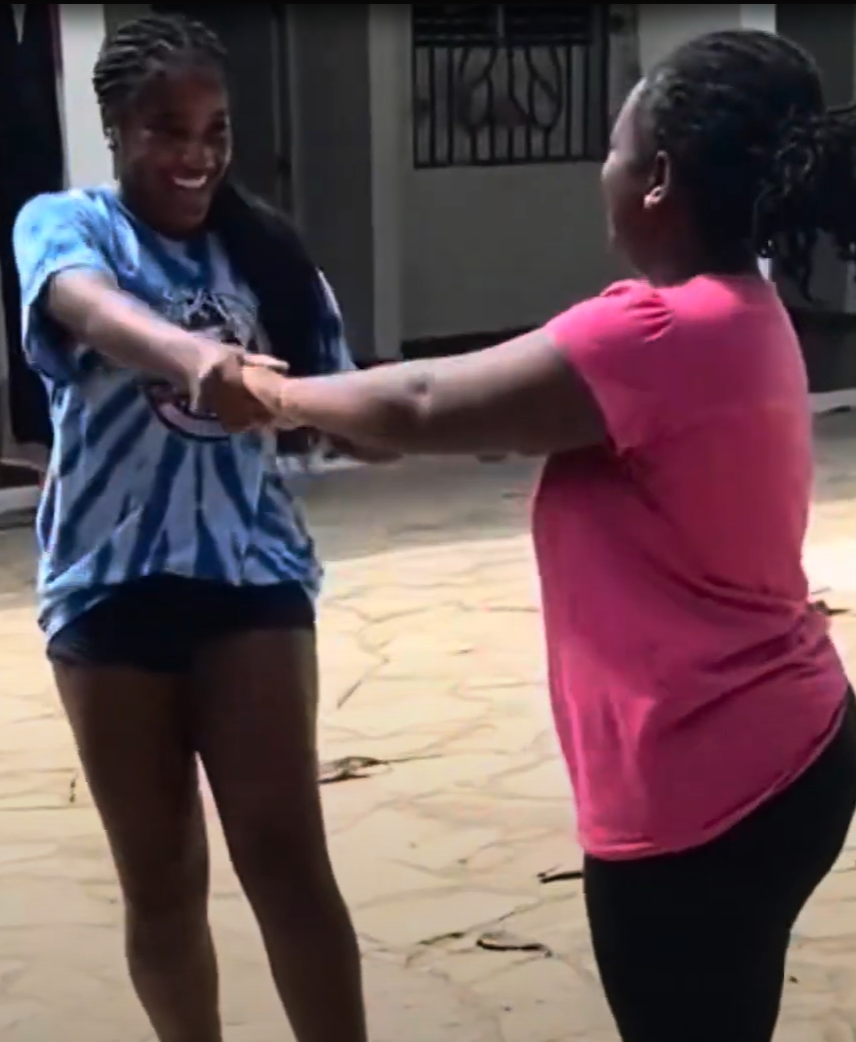

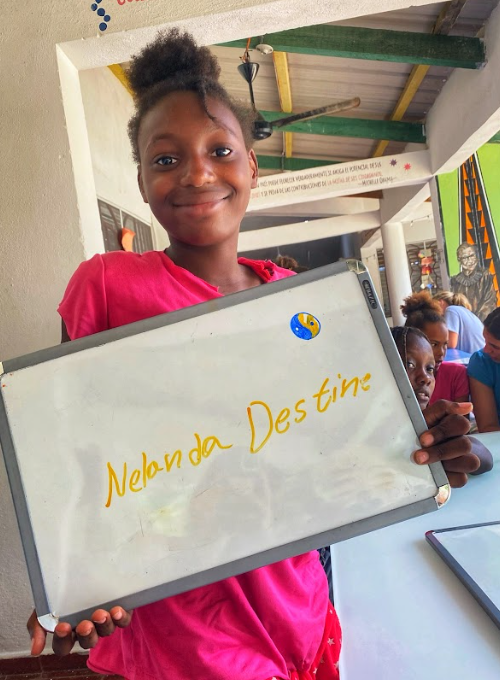
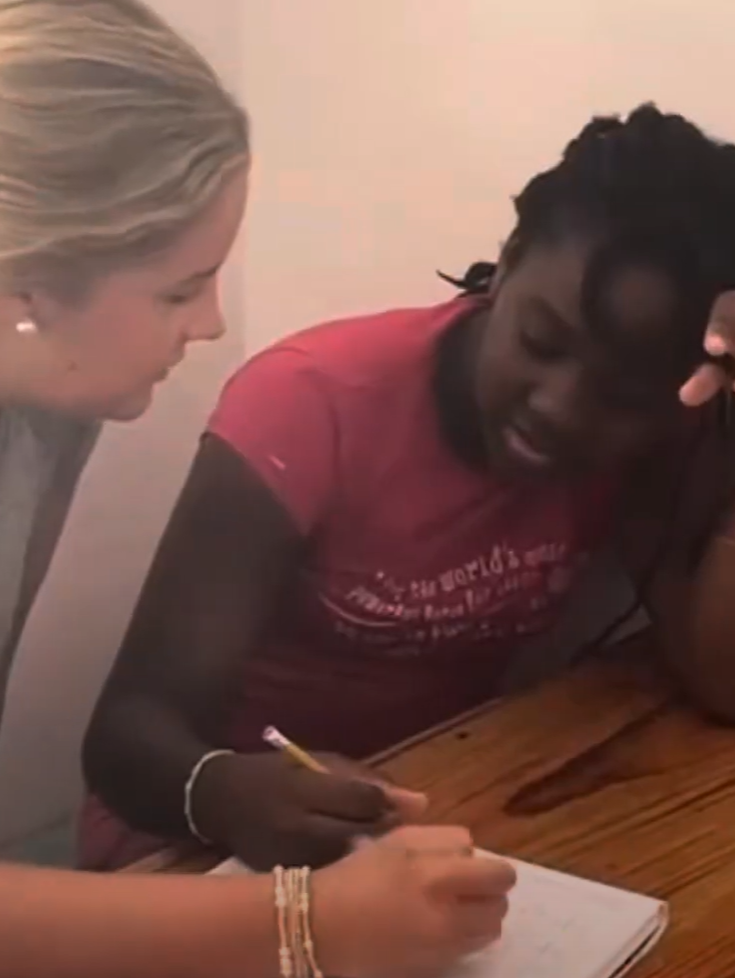
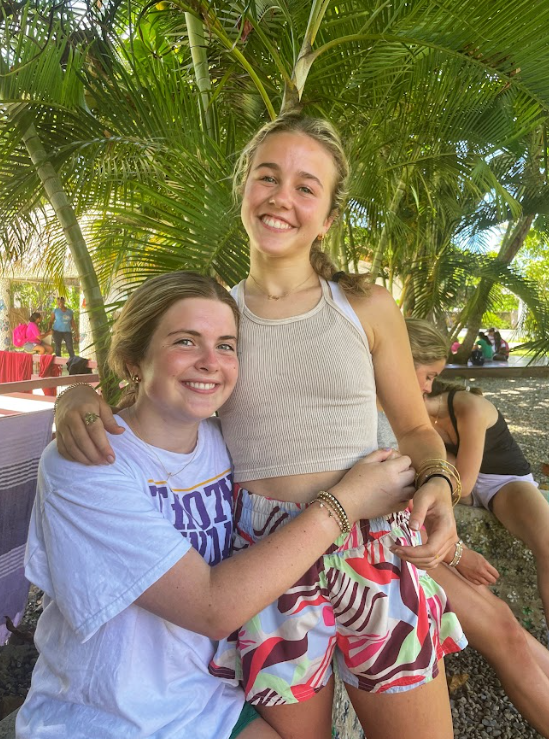
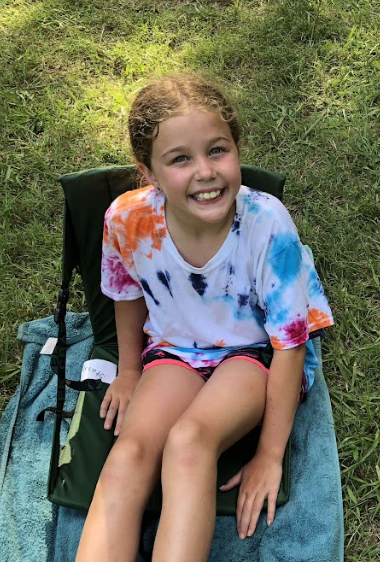
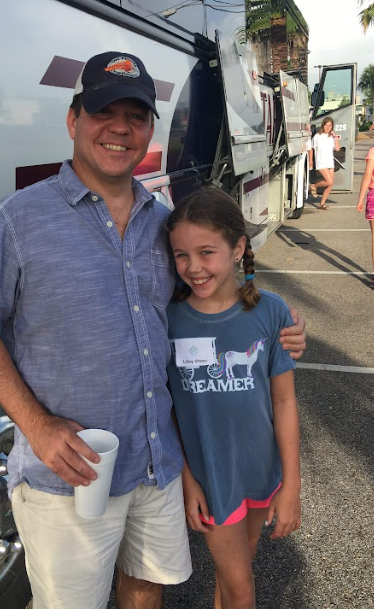
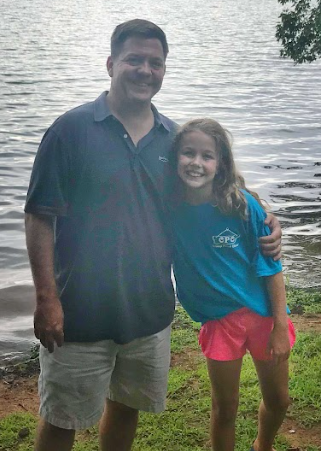
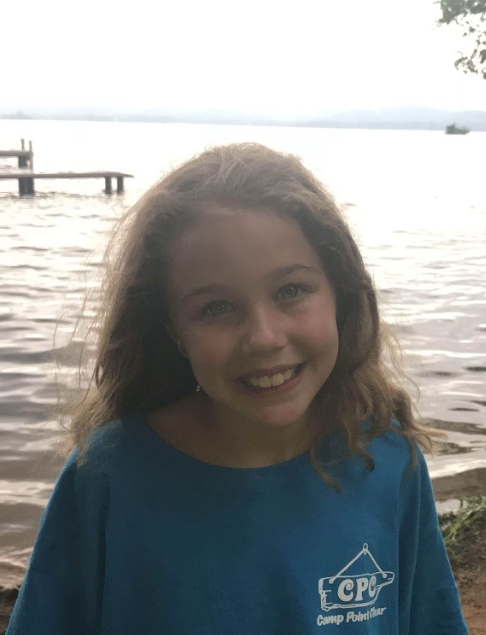
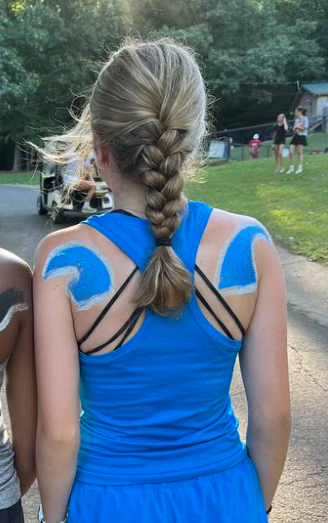
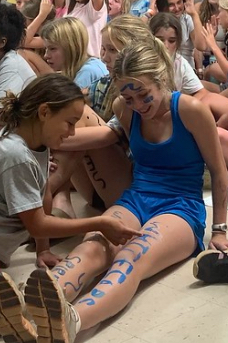
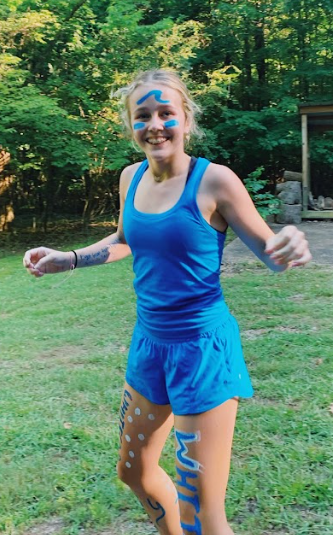
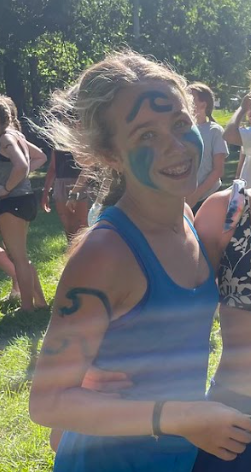
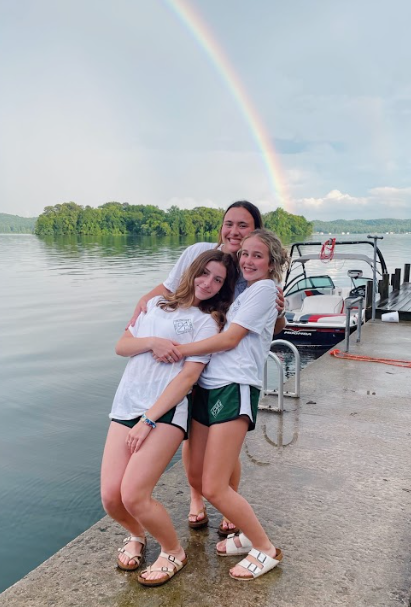
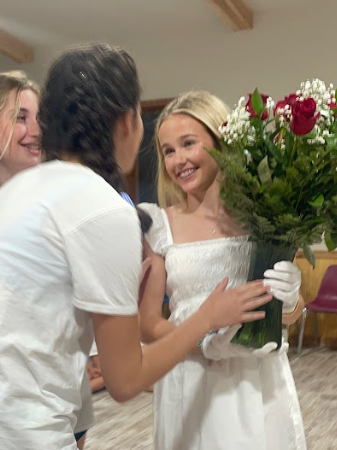
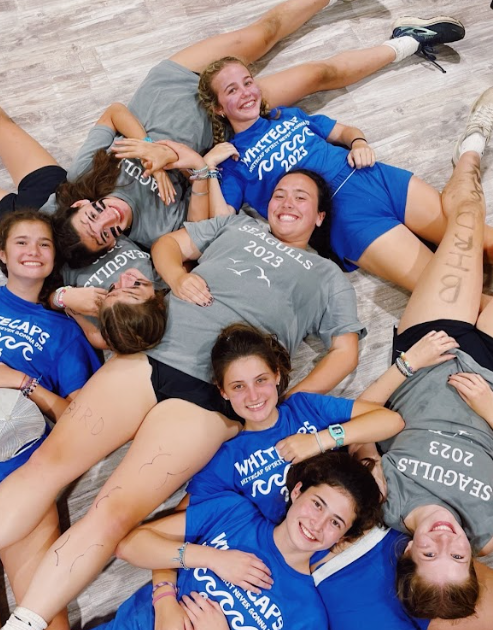
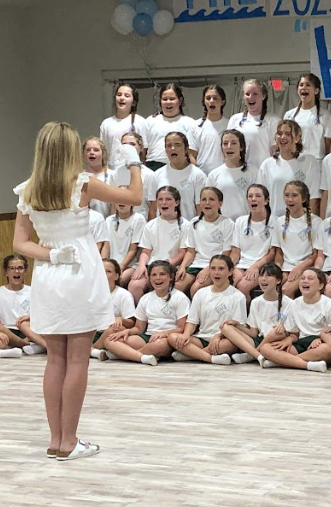
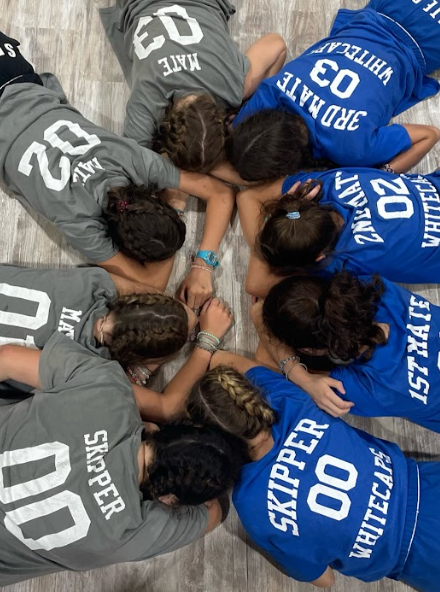
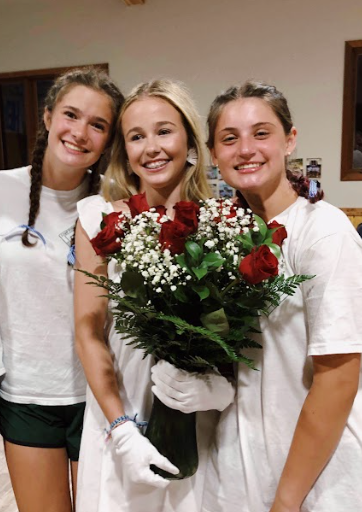
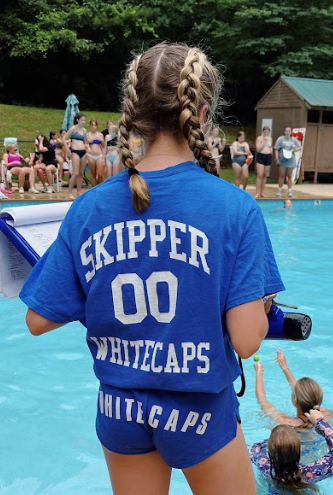
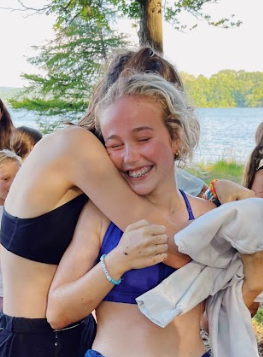
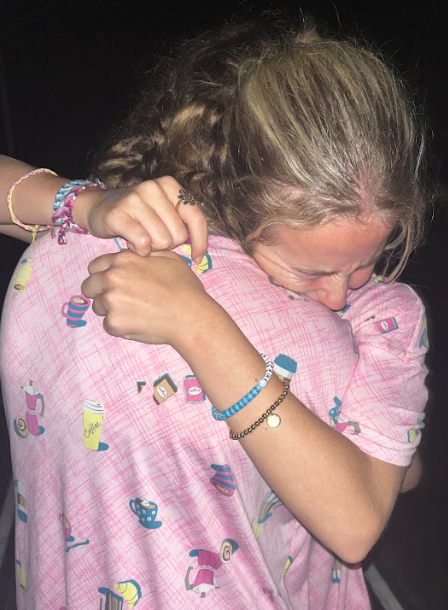
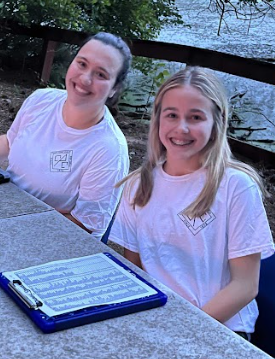
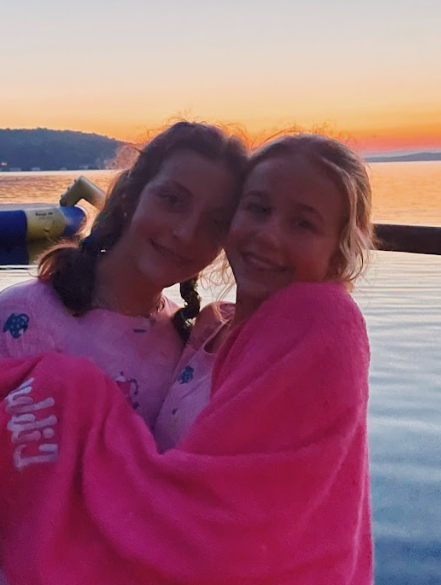
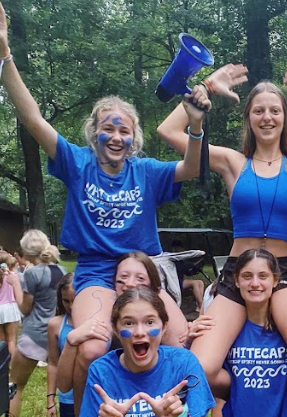

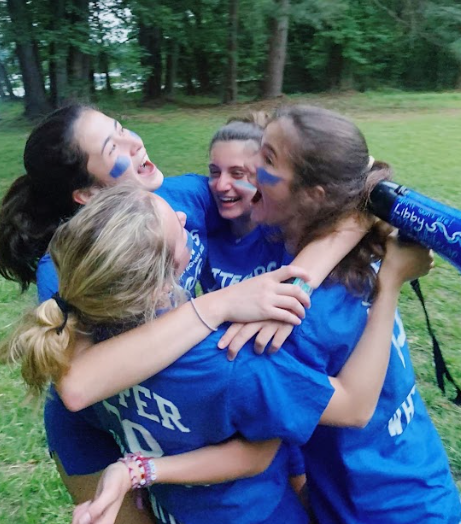
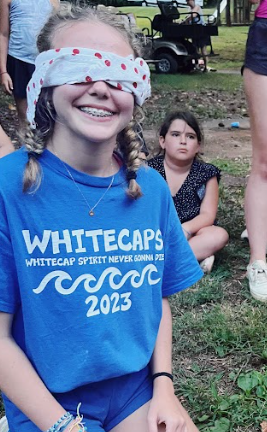
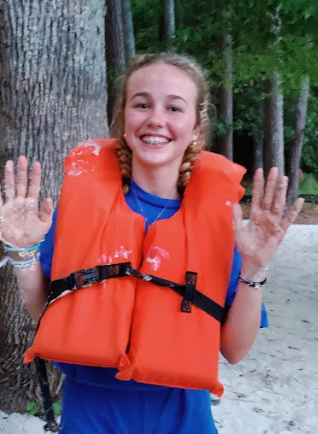
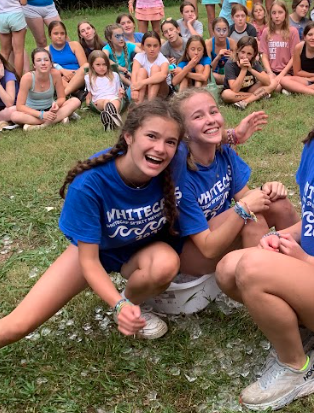

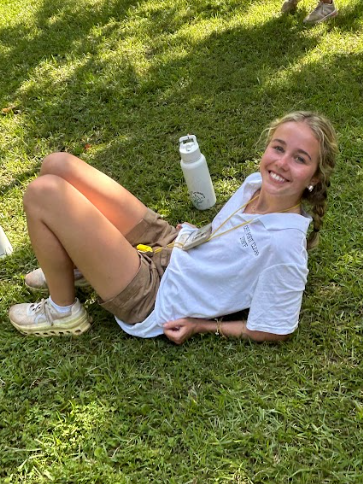
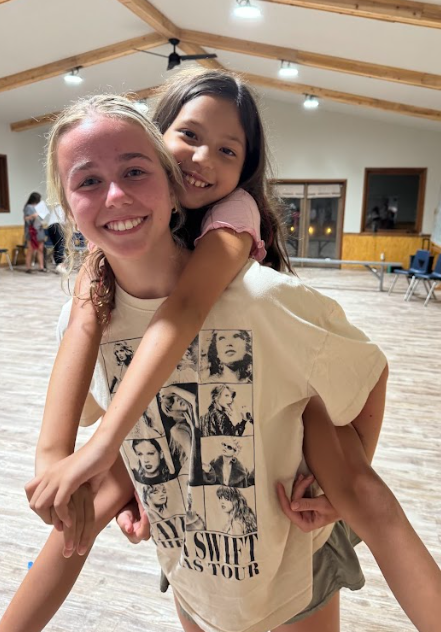
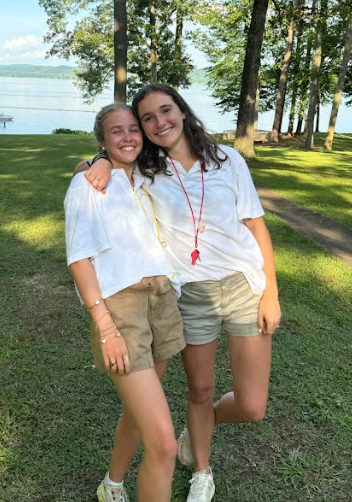
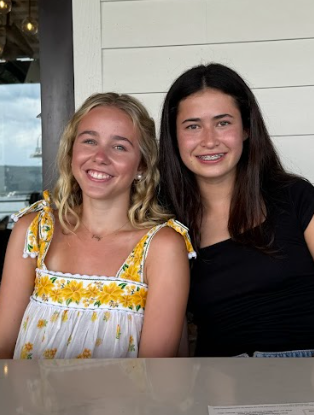
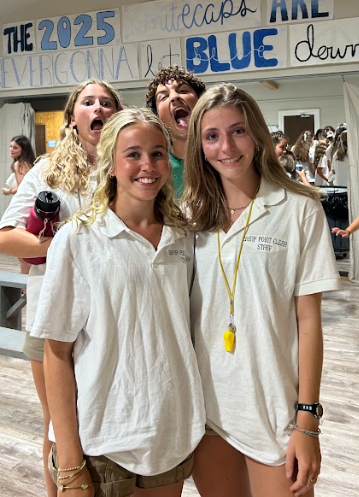
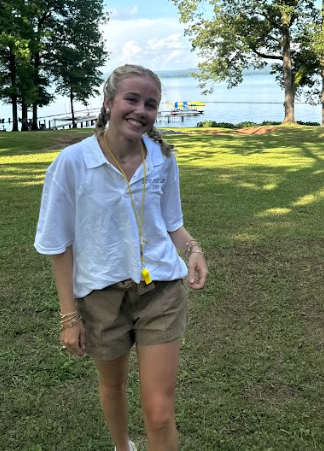
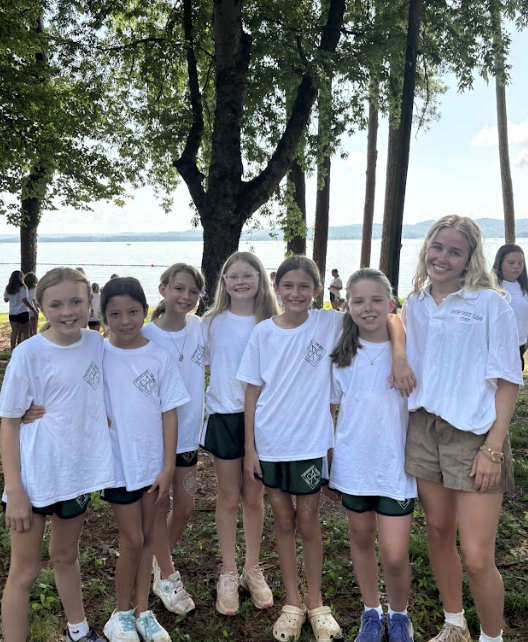

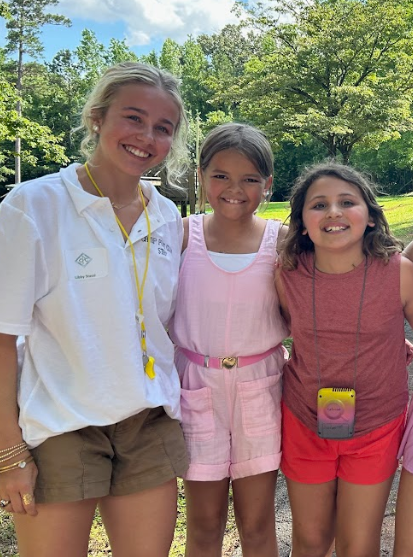
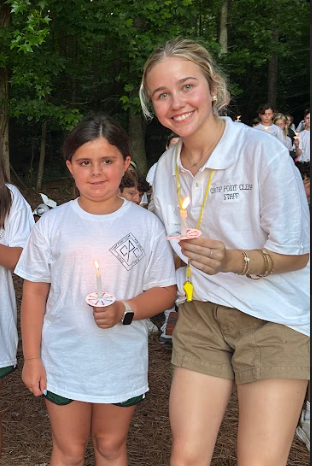
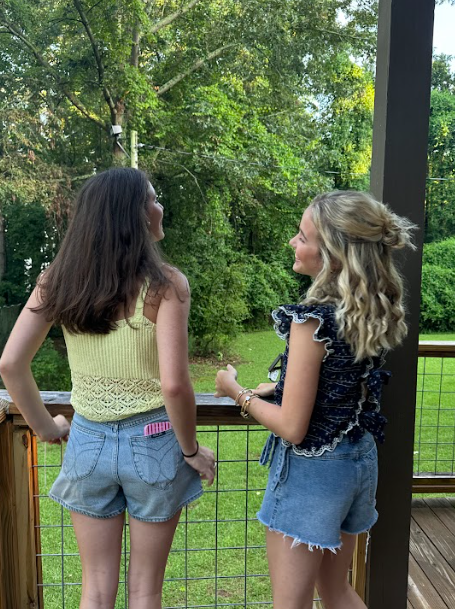
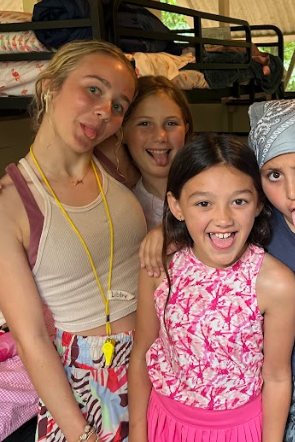
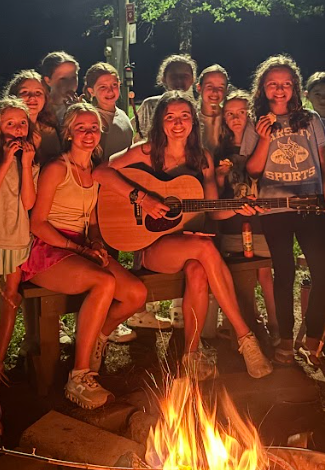
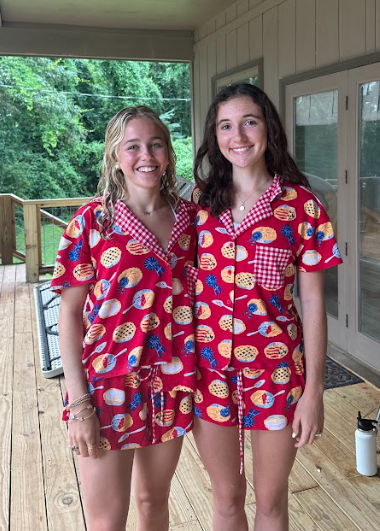
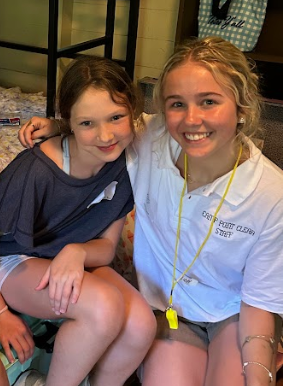
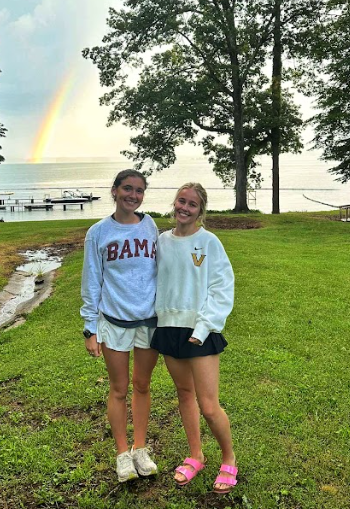
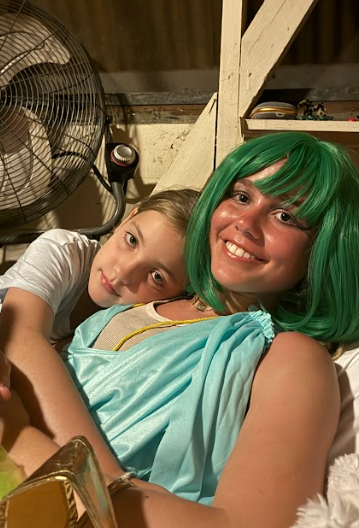
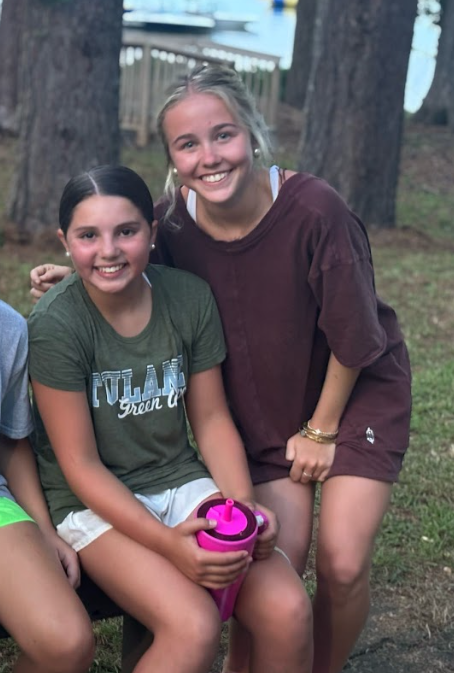
🪻 Creative Social Media Accounts
I get it, platforms like TikTok, Instagram, and YouTube aren't exactly the first places you'd expect to see academic discussion or professional development happening. They’re often written off as breeding grounds for vanity, wasted time, shortened attention spans, and in TikTok’s case, even geopolitical conspiracy theories. But I think that stigma overlooks something important: the creative and artistic potential of these platforms.
For me, these apps have been sources of genuine inspiration. I’ve always sought outlets for my creative energy: through books, poetry contests, coding websites. But, almost embarrassingly, TikTok has offered the most consistent creative relief. Its short-form video structure is, honestly, kind of genius. It gives creators a way to share something meaningful quickly, no long attention span or commitment required. It meets people exactly where they are: scrolling.
Tiktok
I started a creative TikTok account just for this purpose. On it, I post everything from me reading my own poetry to day-in-the-life videos, room decor projects, illustrating books, and new clothes. It’s a curated mess of everything that makes me feel creative, and everything I love looking back on. Because the videos are short, they’re easy for viewers to engage with, and they give my work a way to be easily appreciated.
Youtube
YouTube is another platform I enjoy, though in a different way. As someone who loves editing, it's the perfect space for me to dive into more curated, long-form content when inspiration hits.
Instagram
Instagram, finally, used to be my creative core, before I started my website. It was where I stored everything: photos, videos, art, poems, random inspiration. I still love the visual of a well-curated feed, and I continue to update mine with content I’m proud of. It’s also a great space for community, and it’s far more accessible for friends to follow along with my work than a website alone. Plus, I use Instagram to gather inspiration from others.